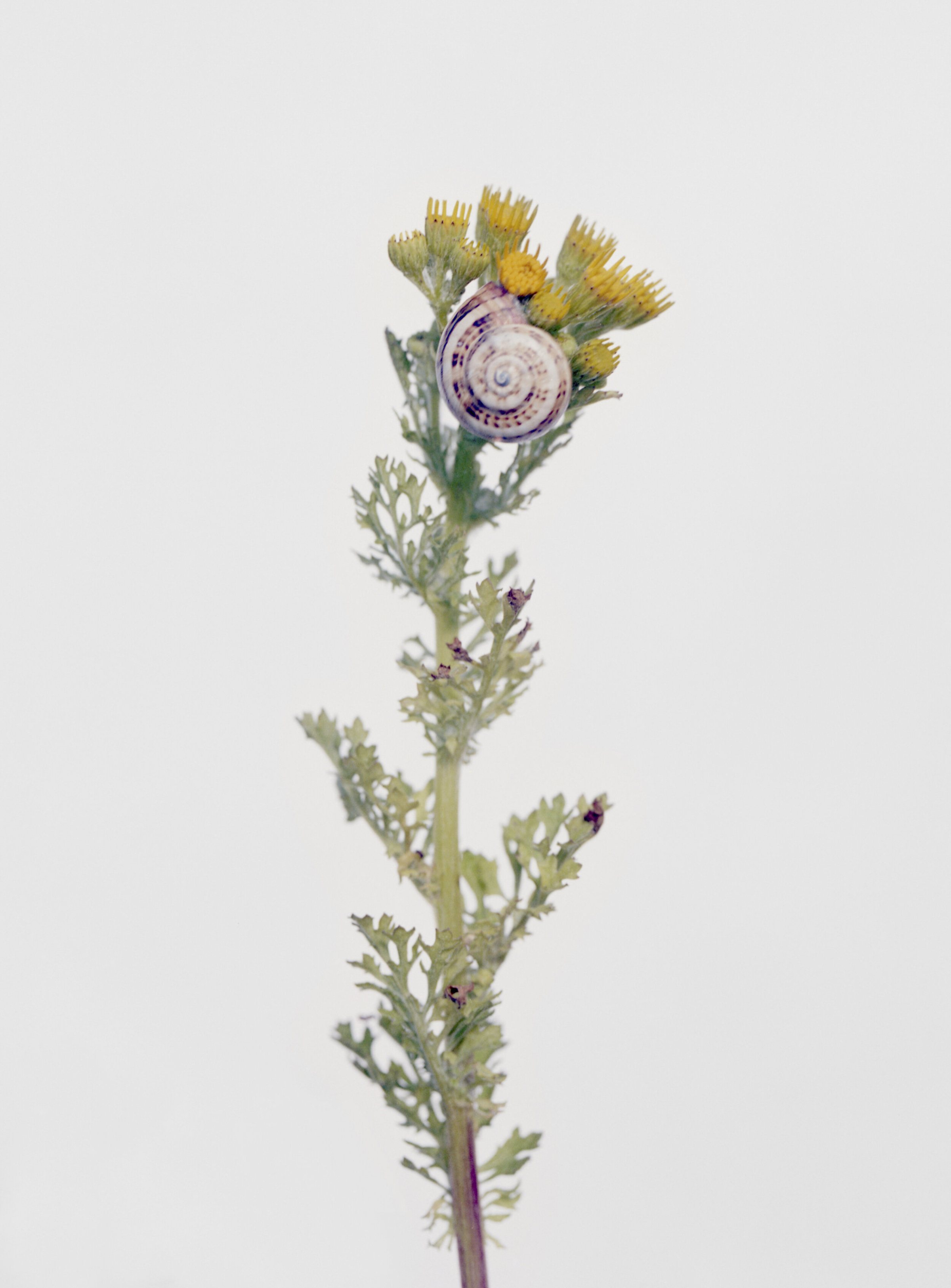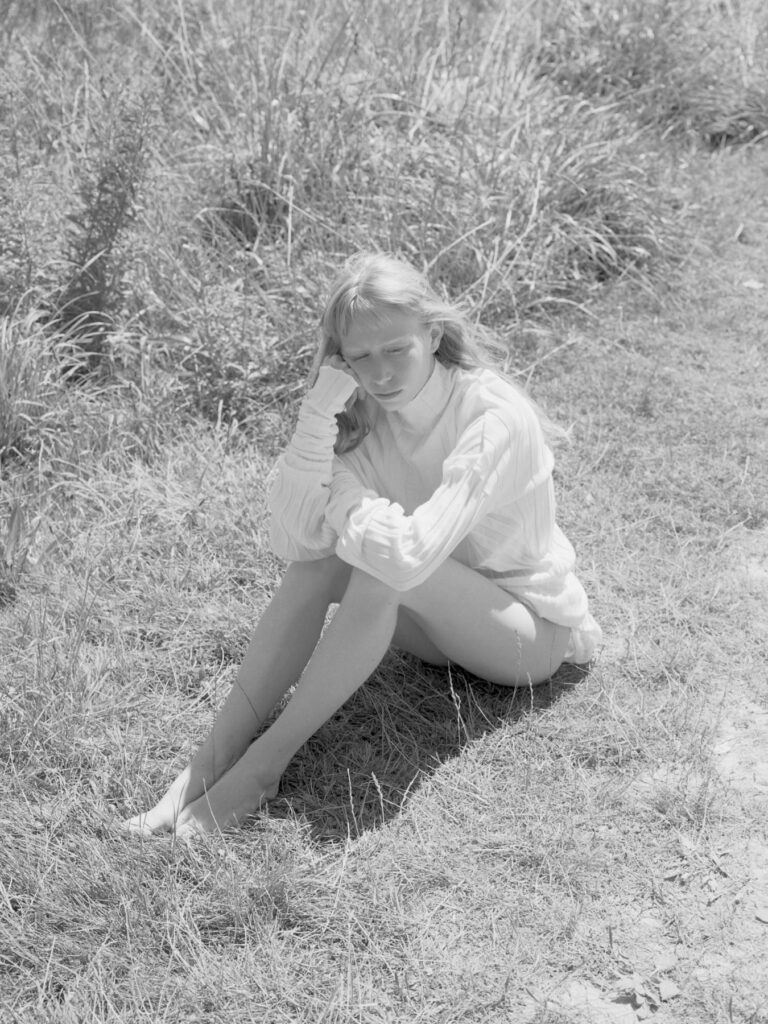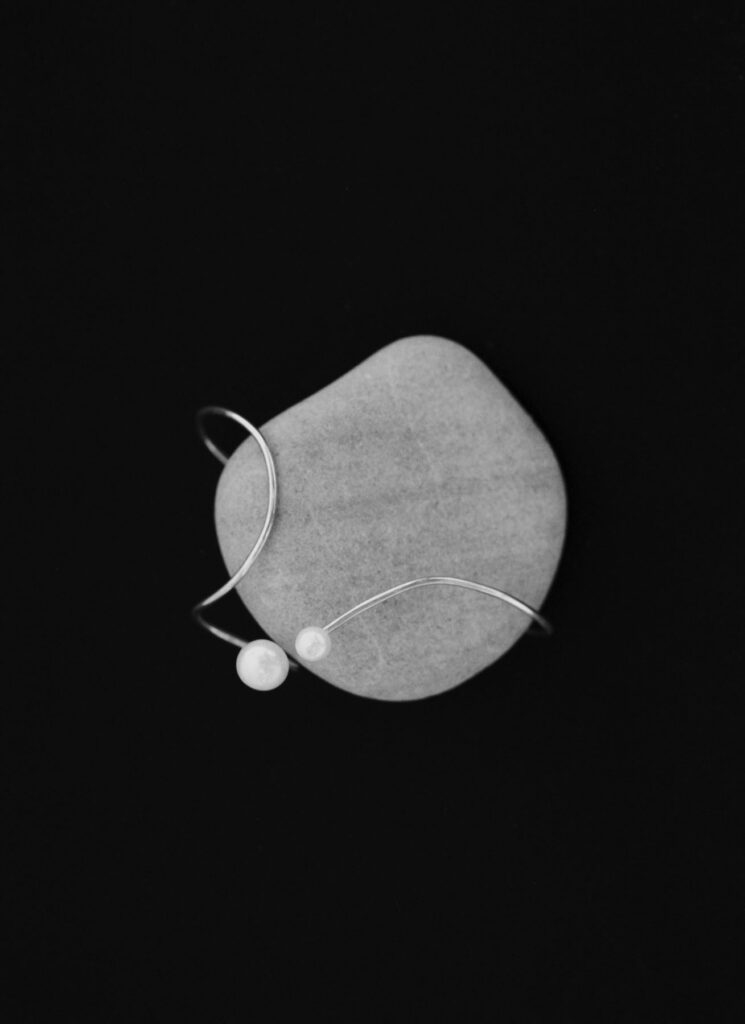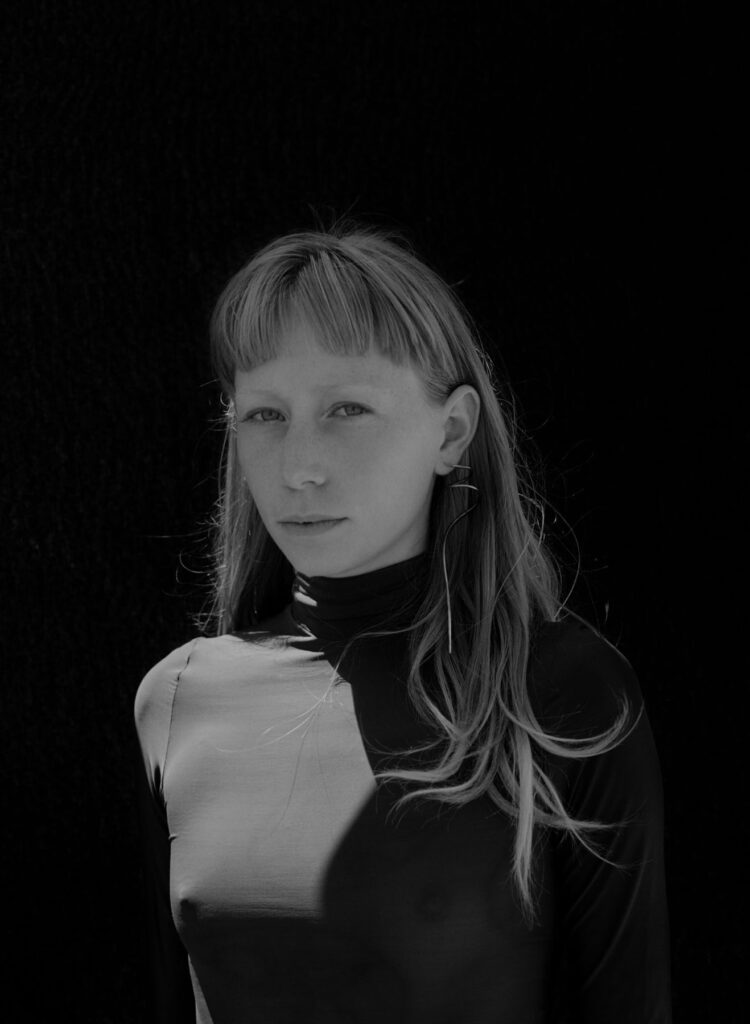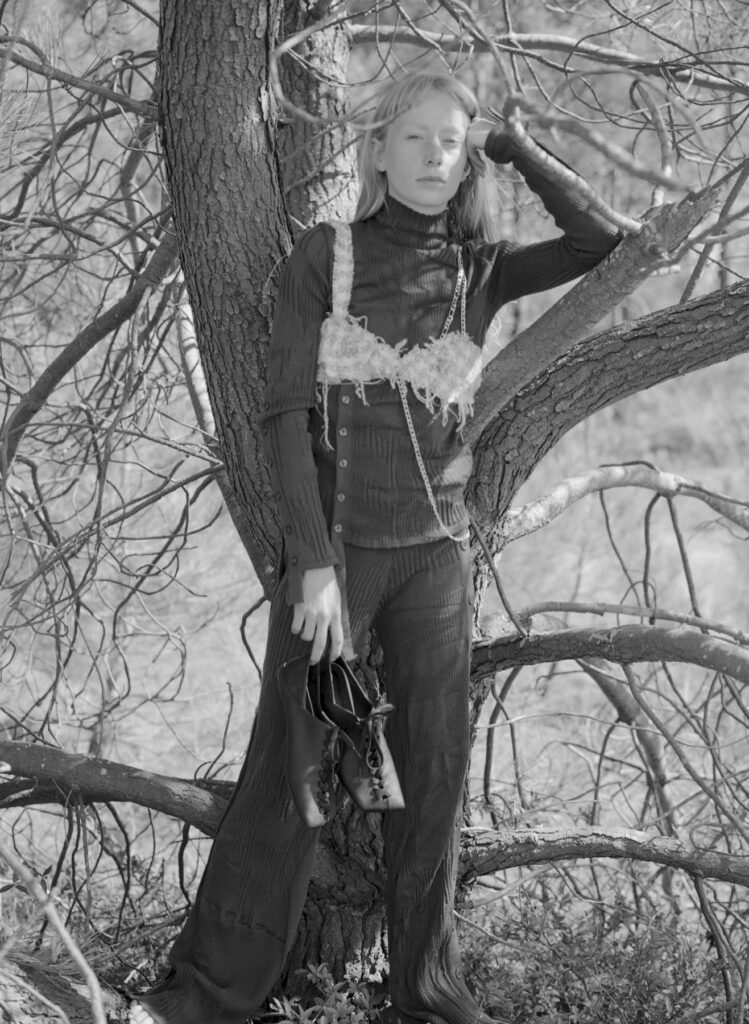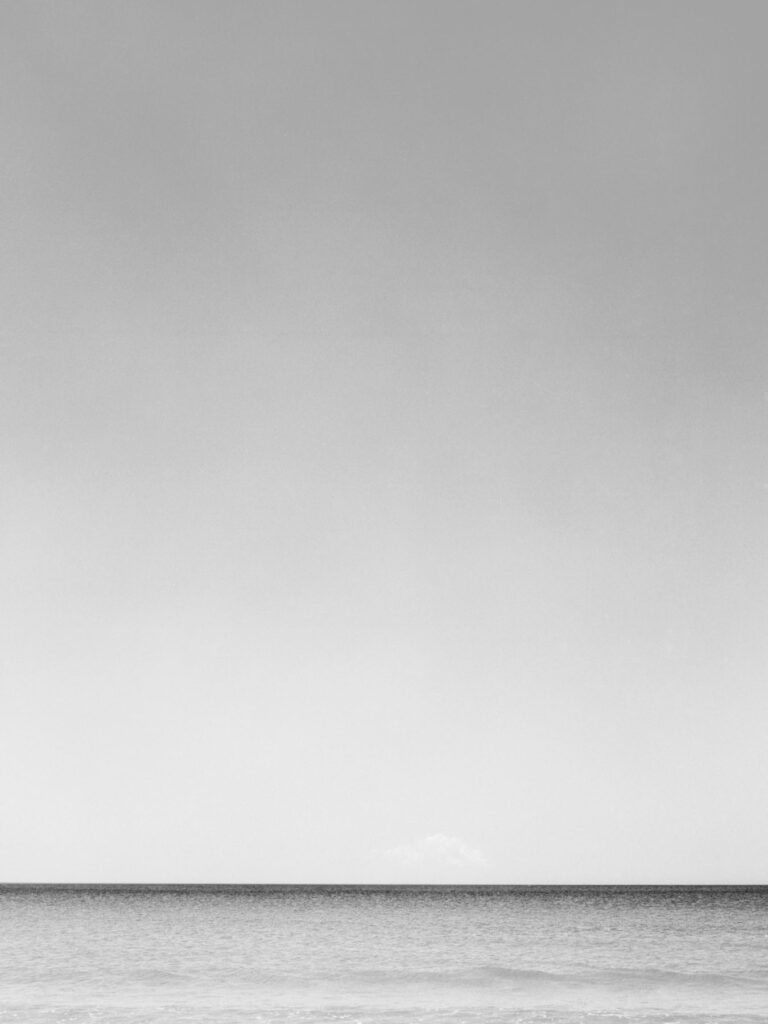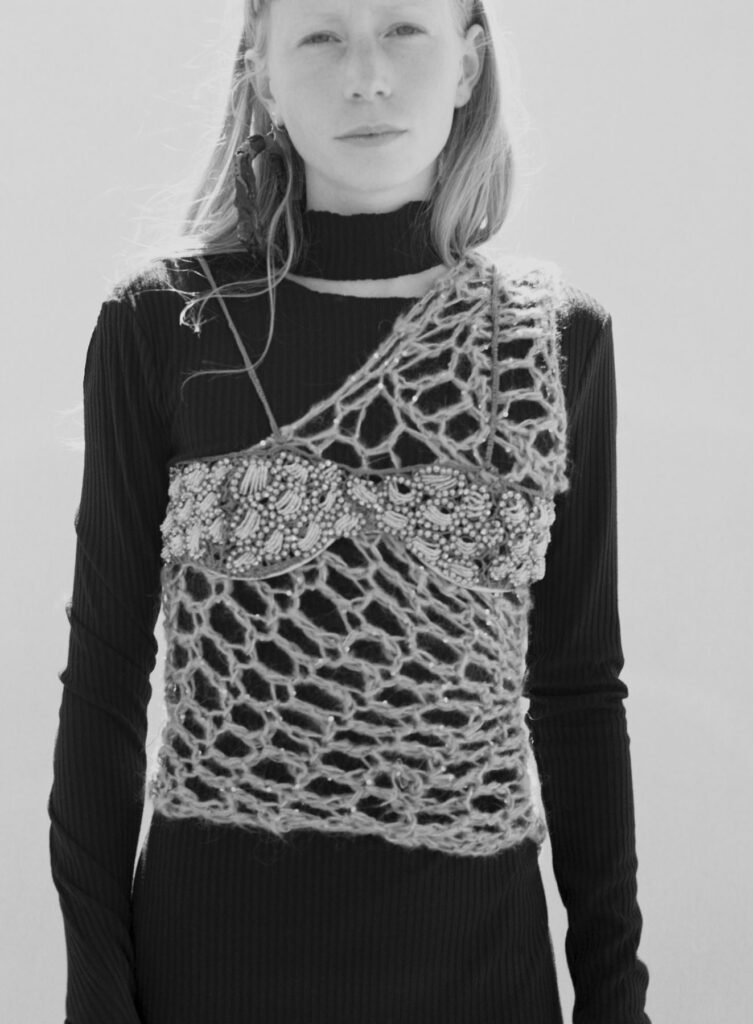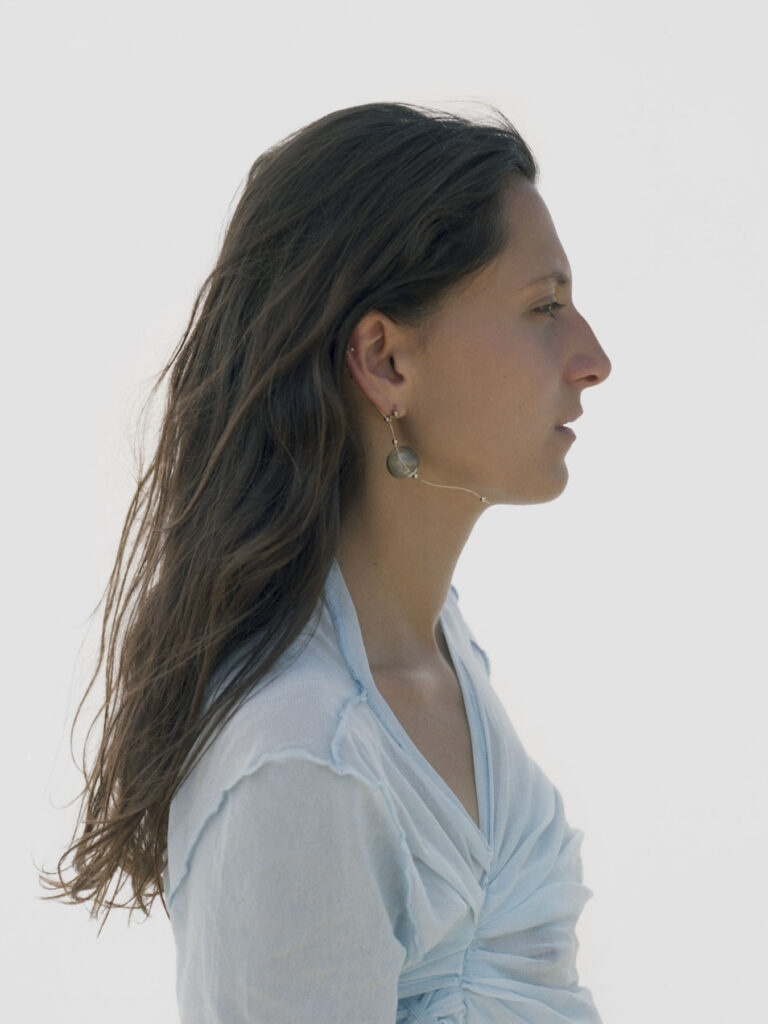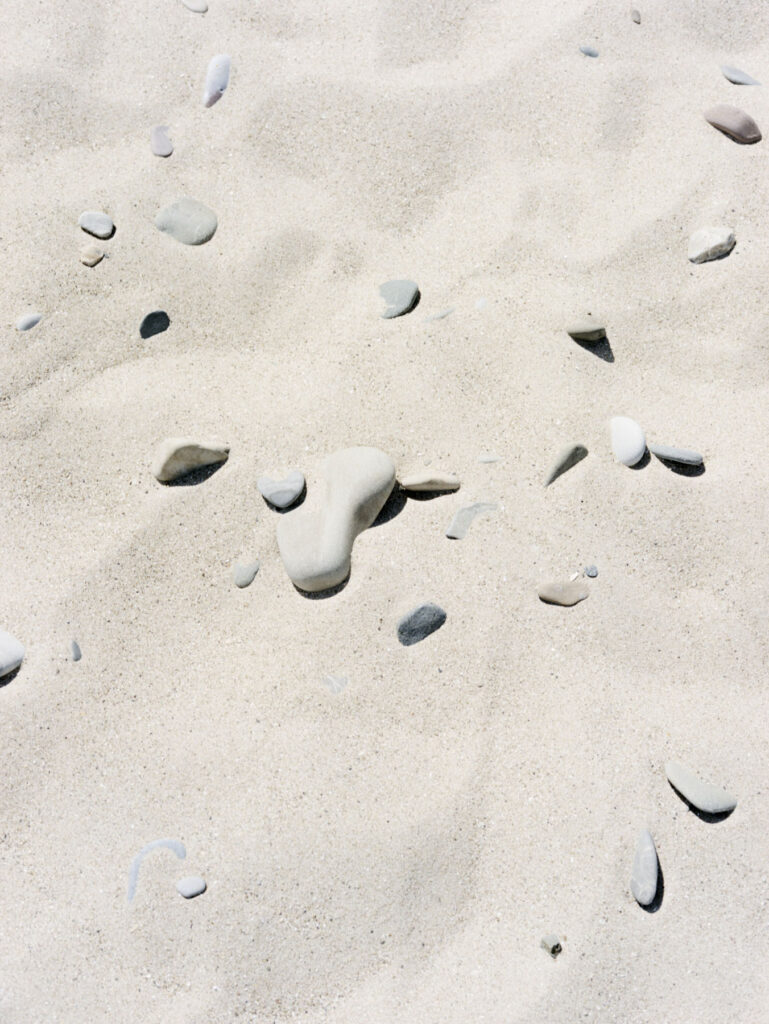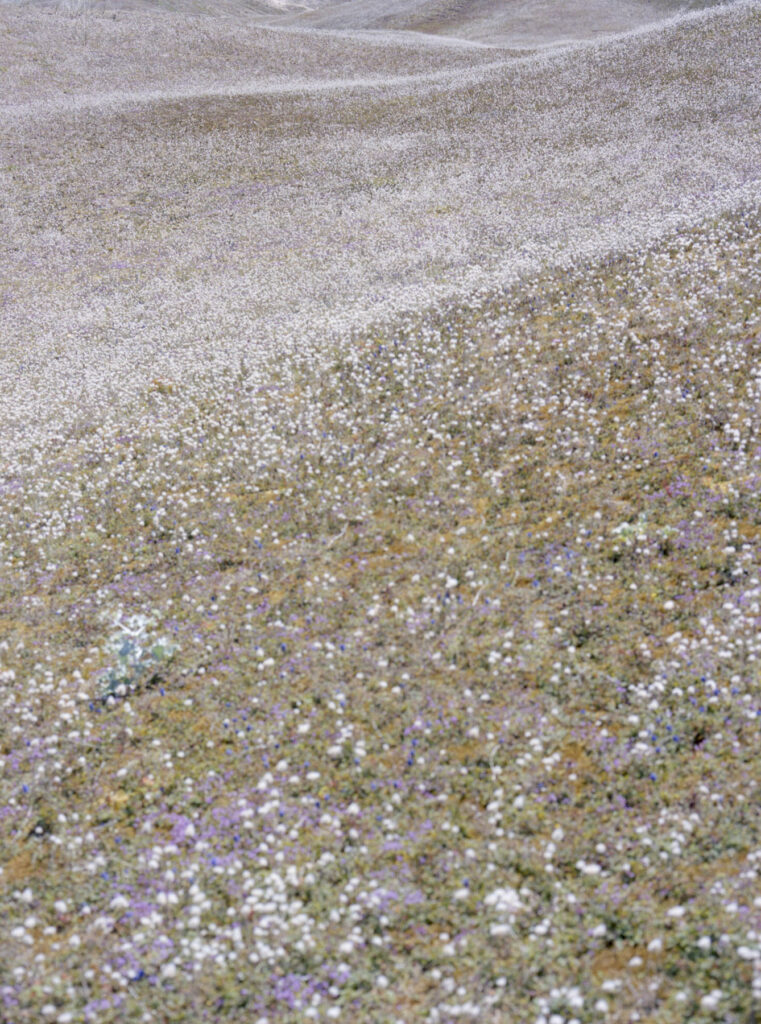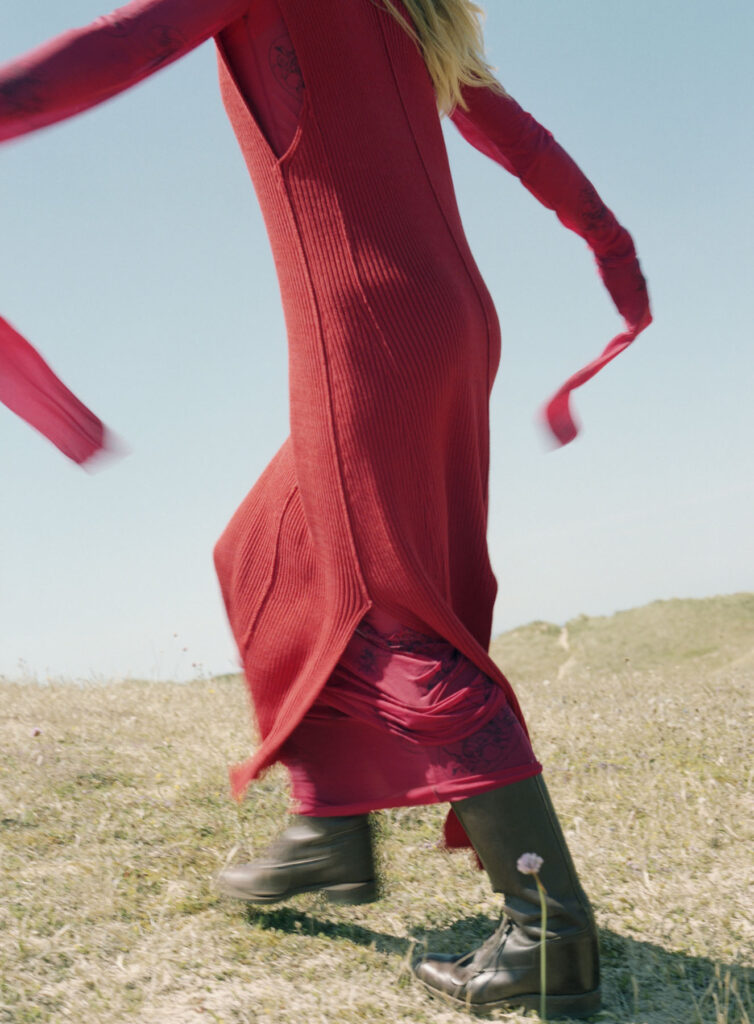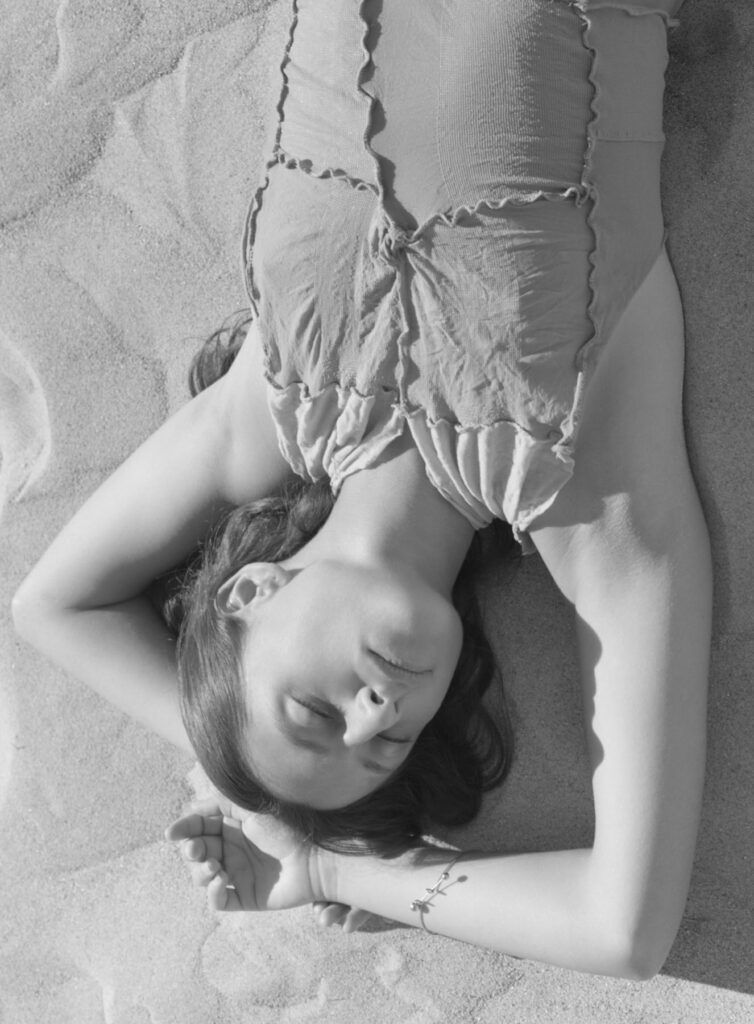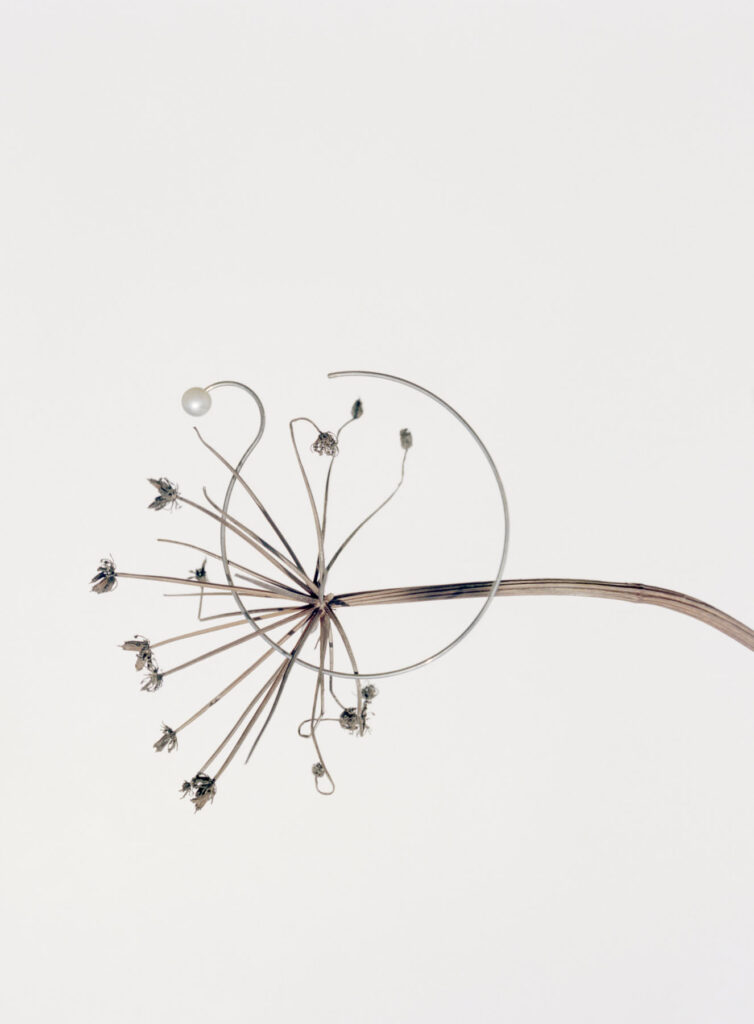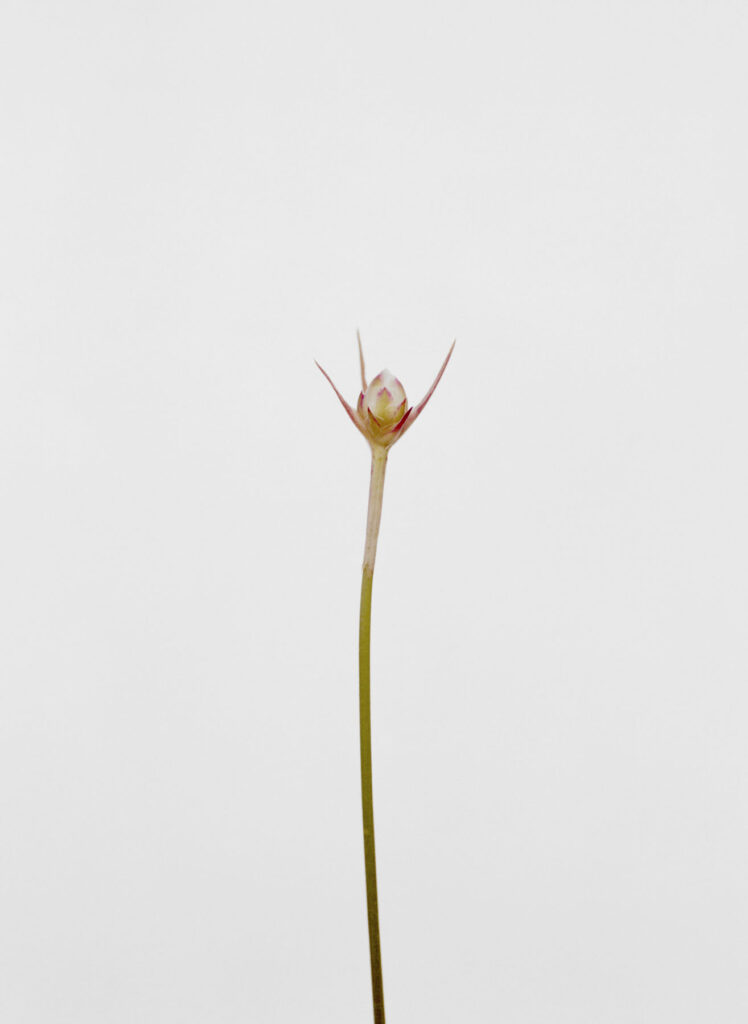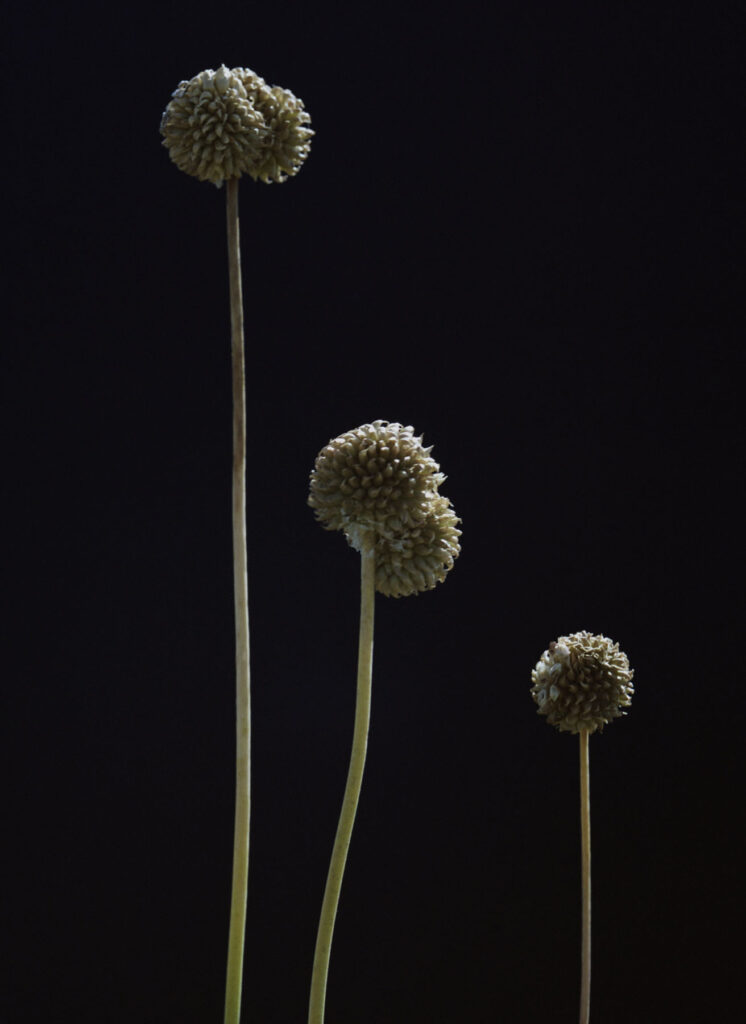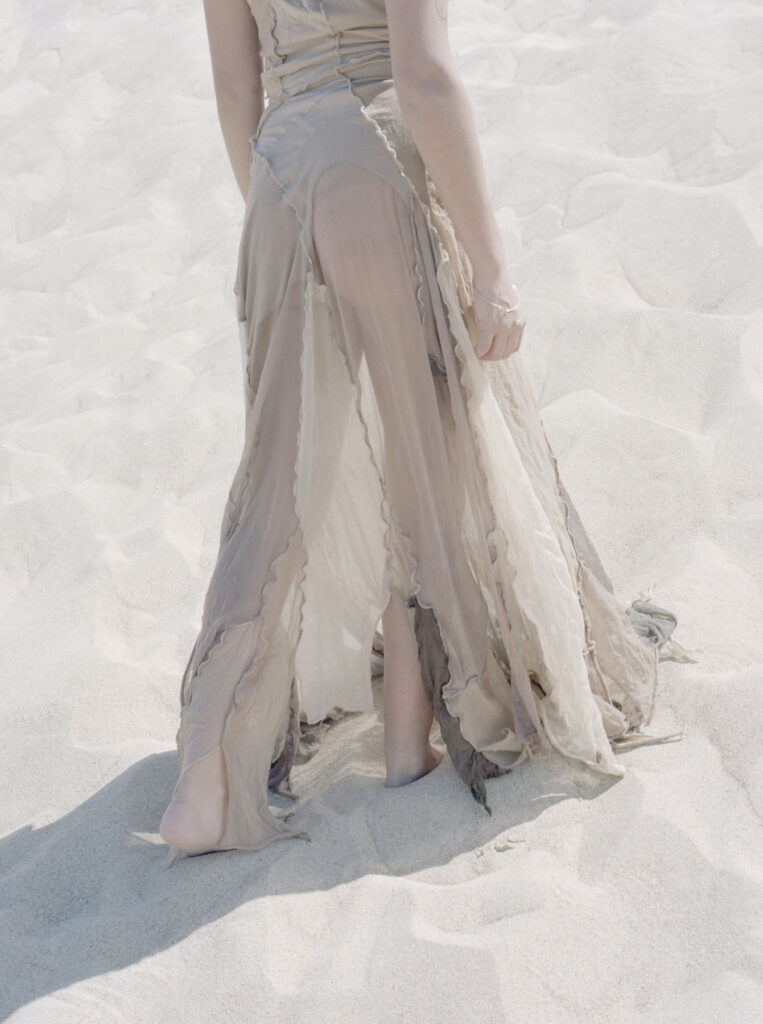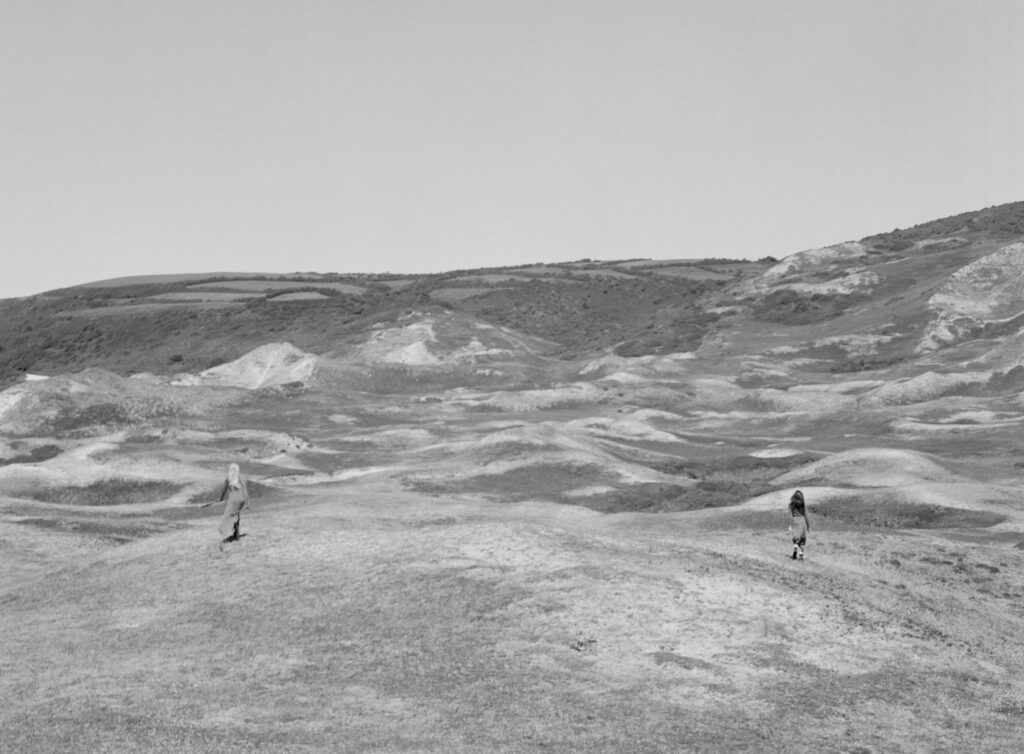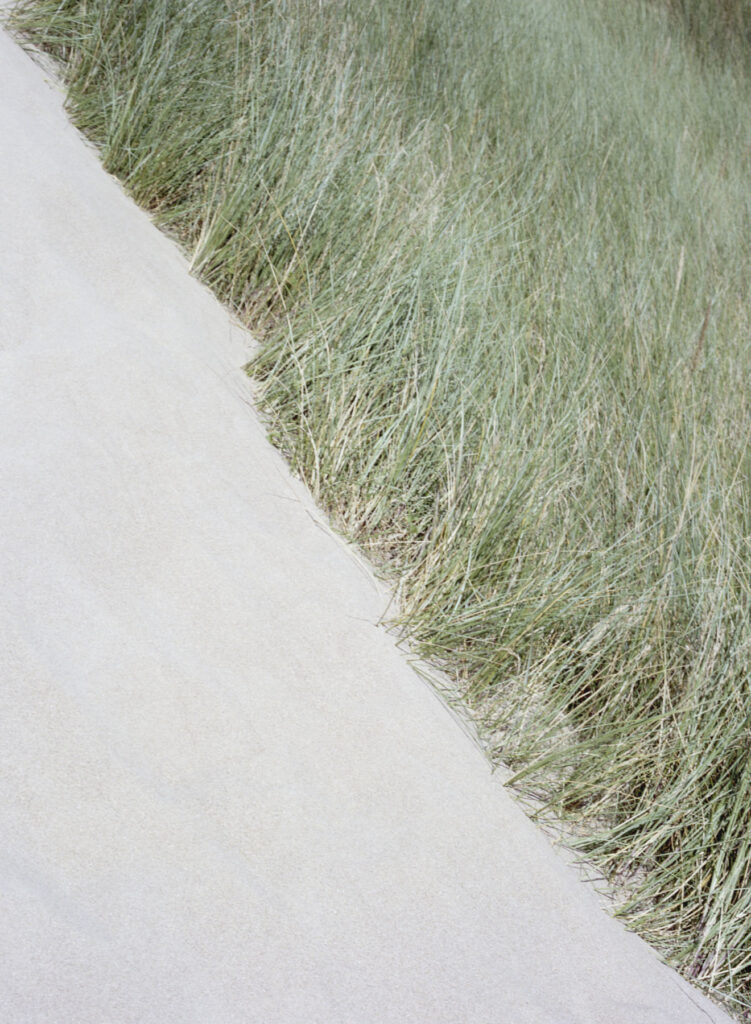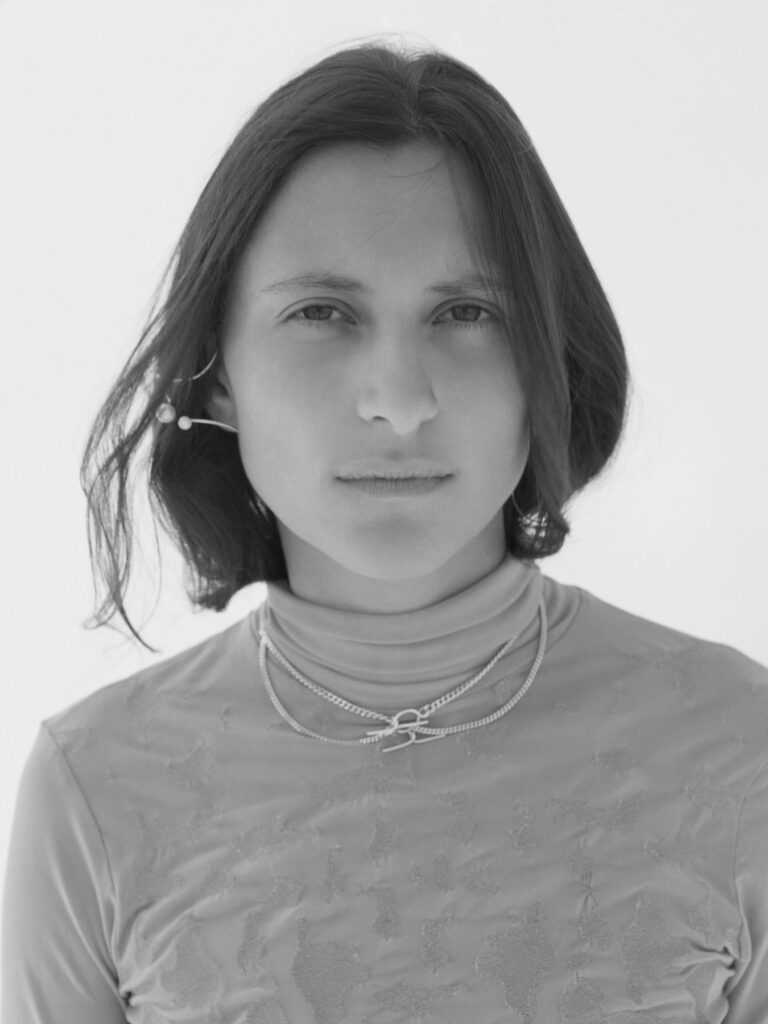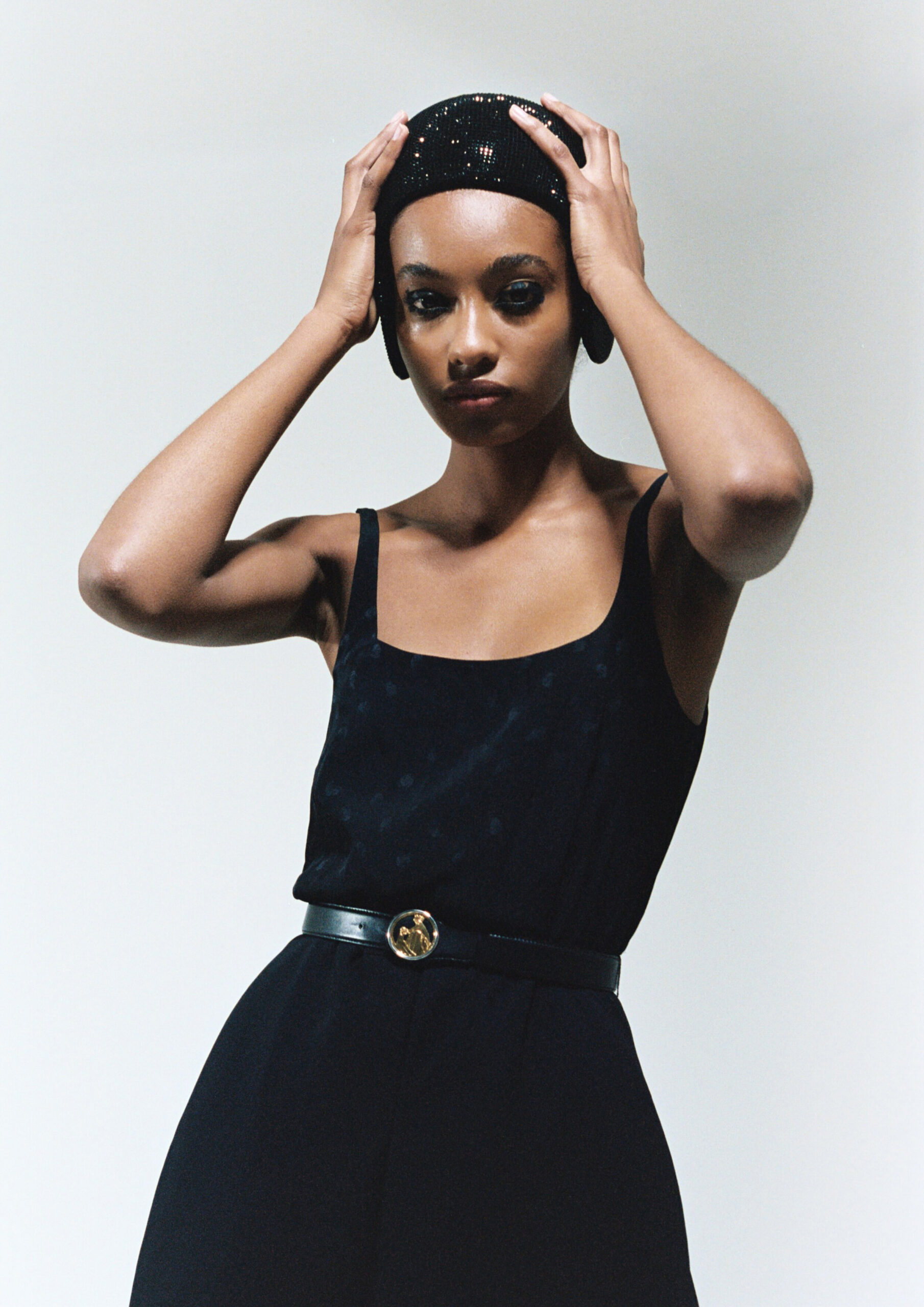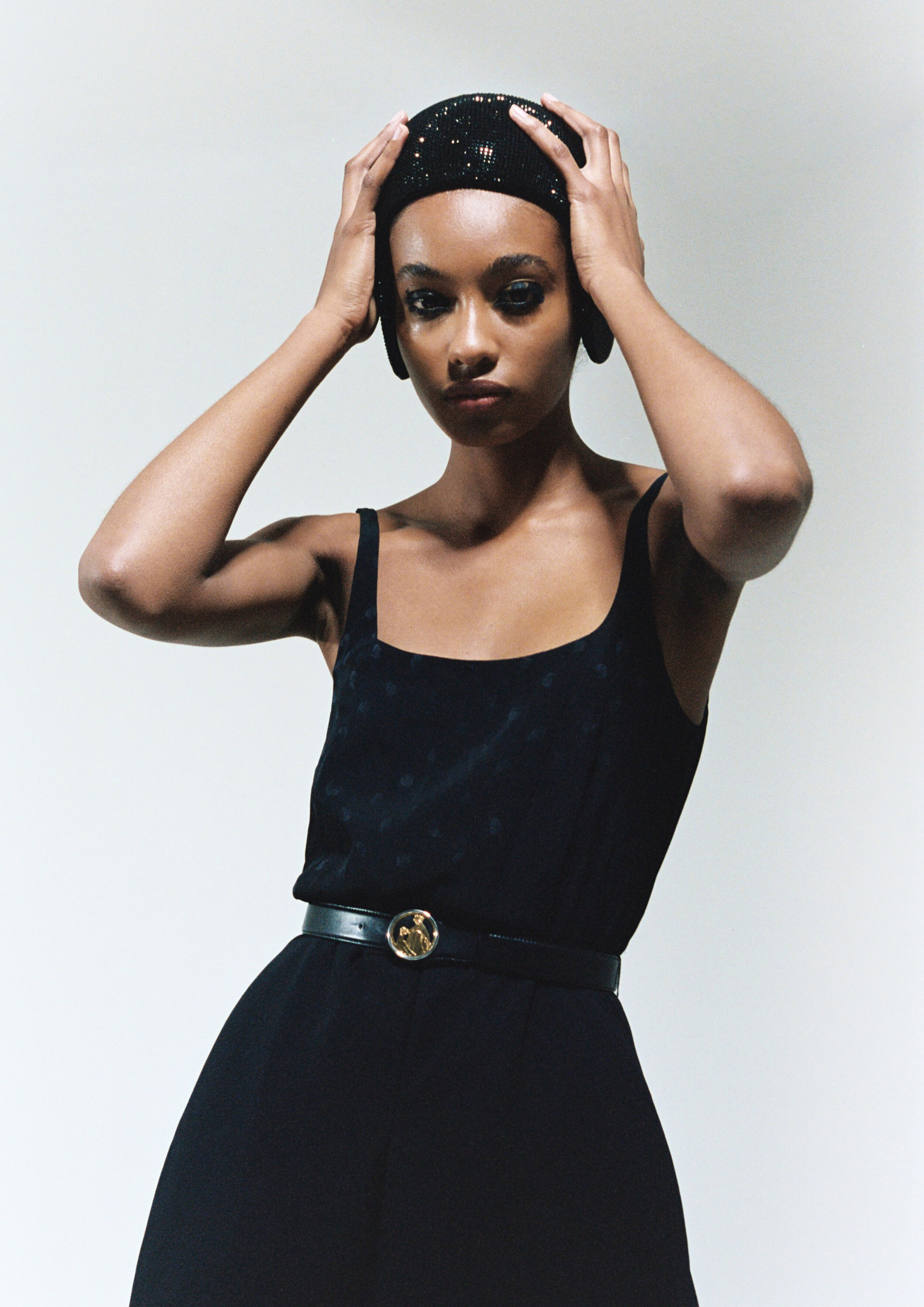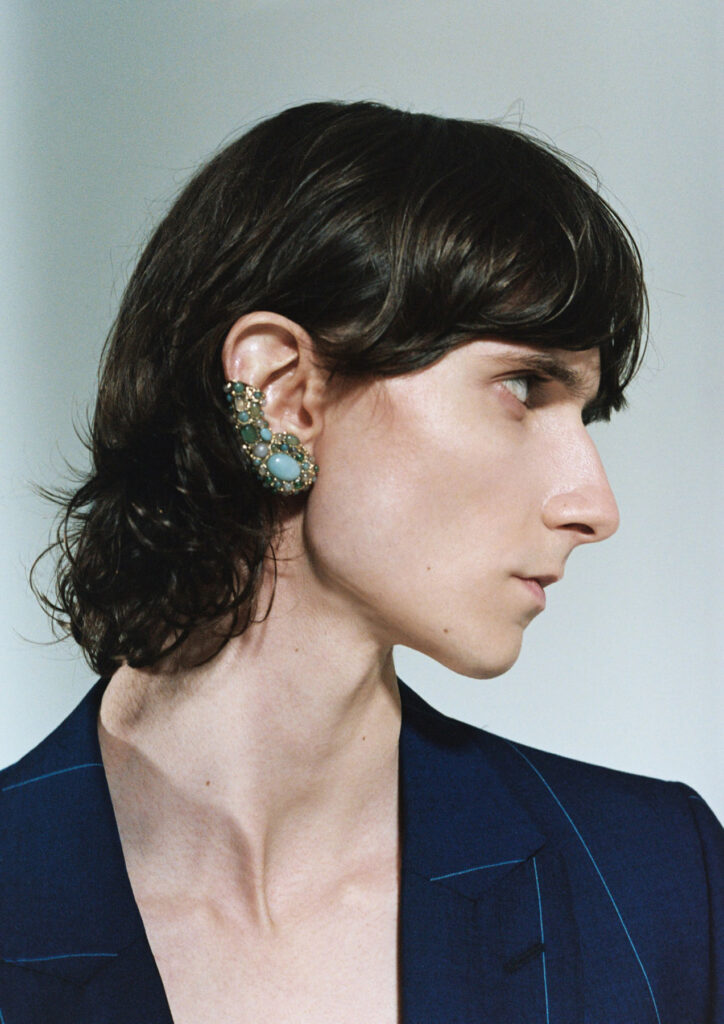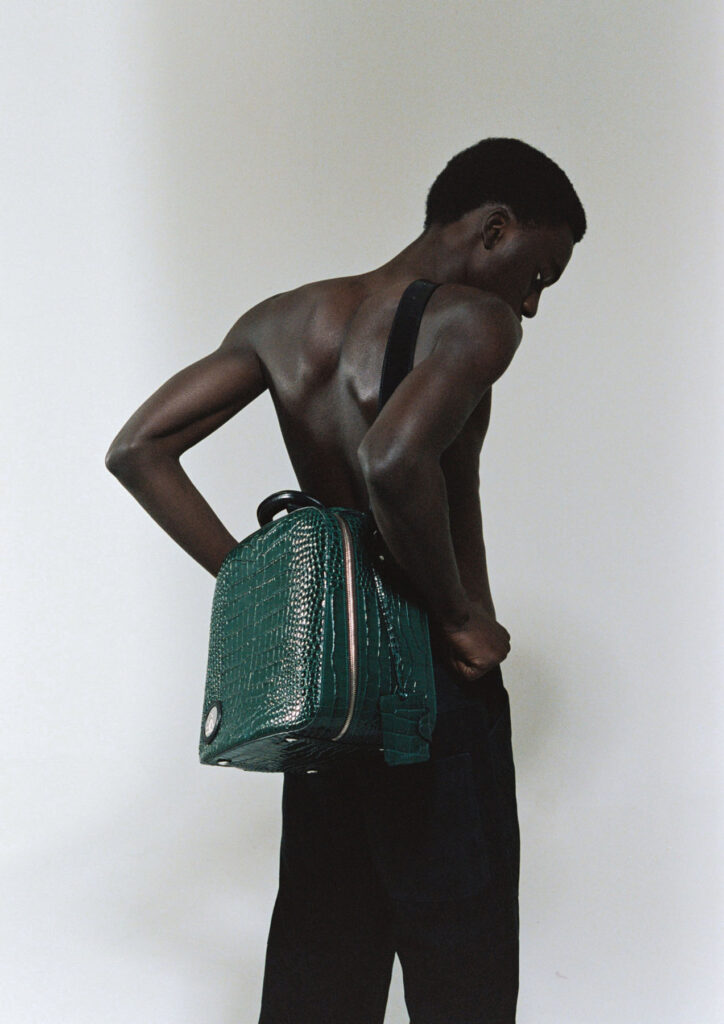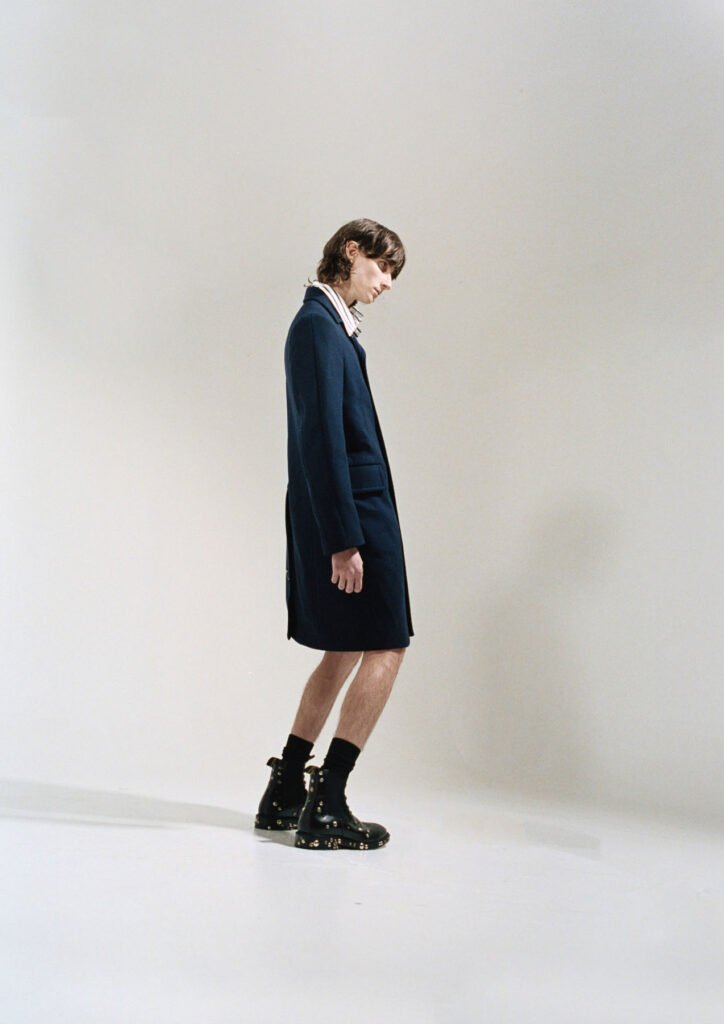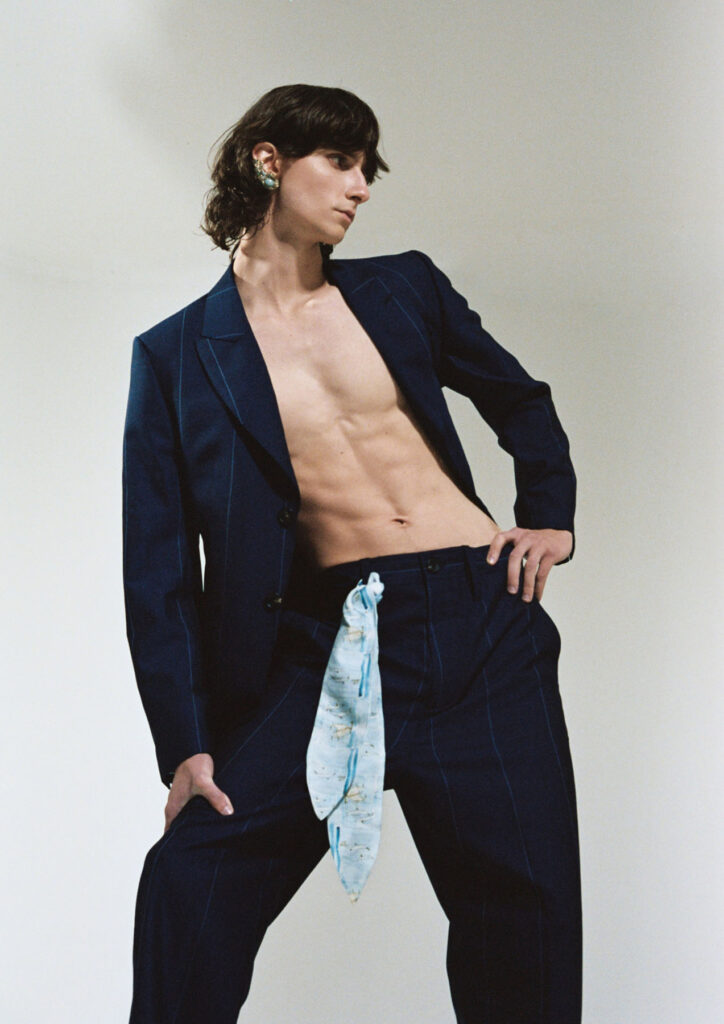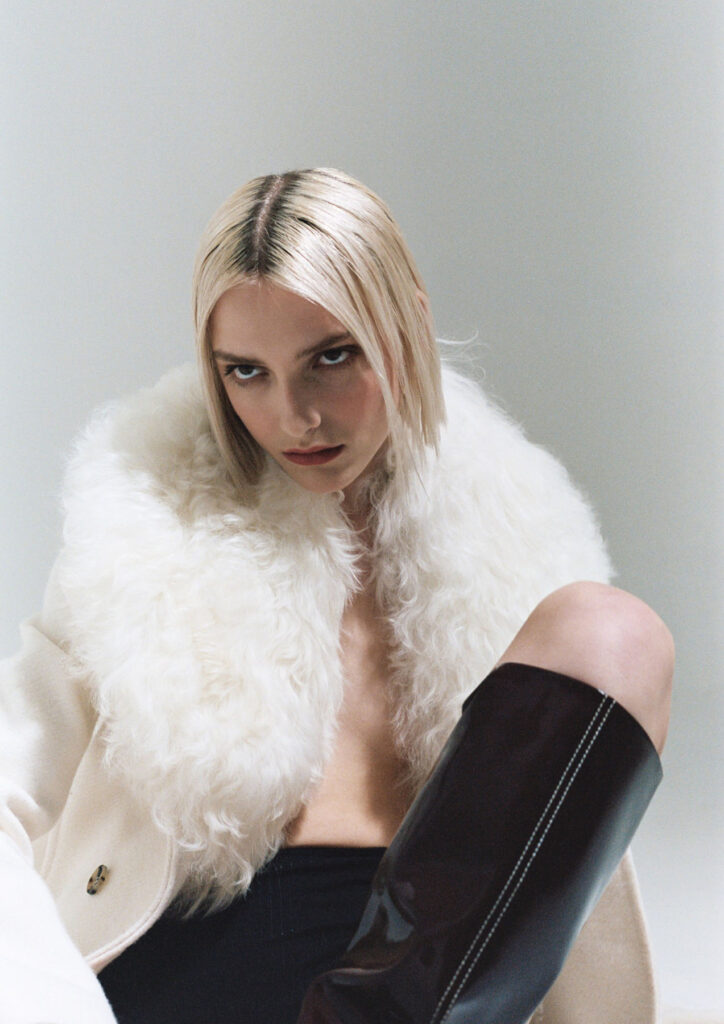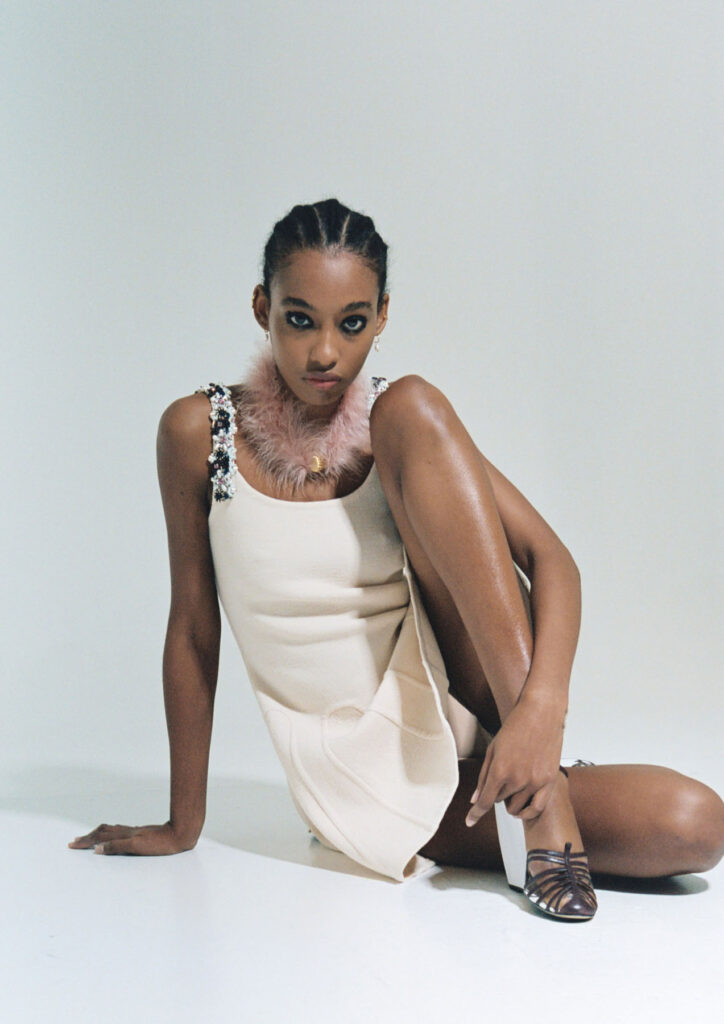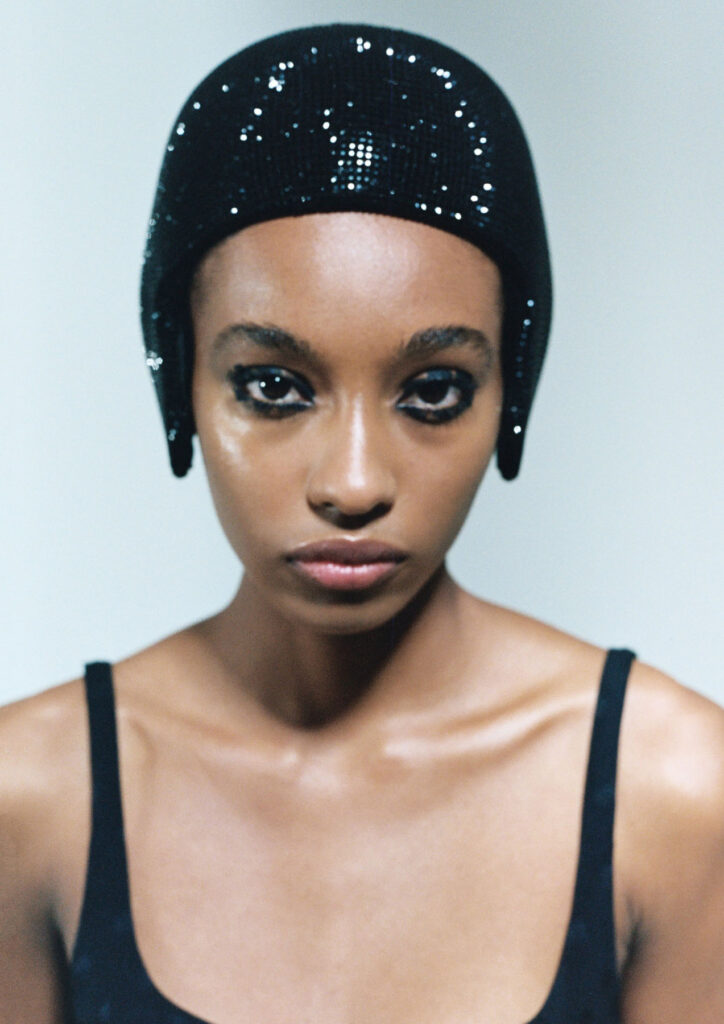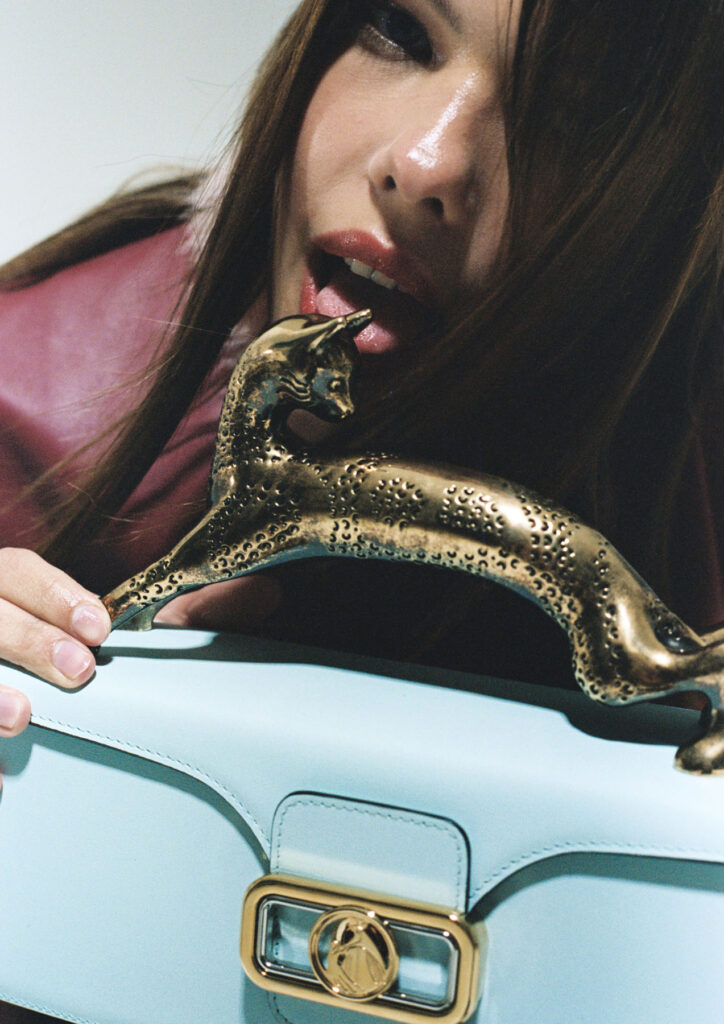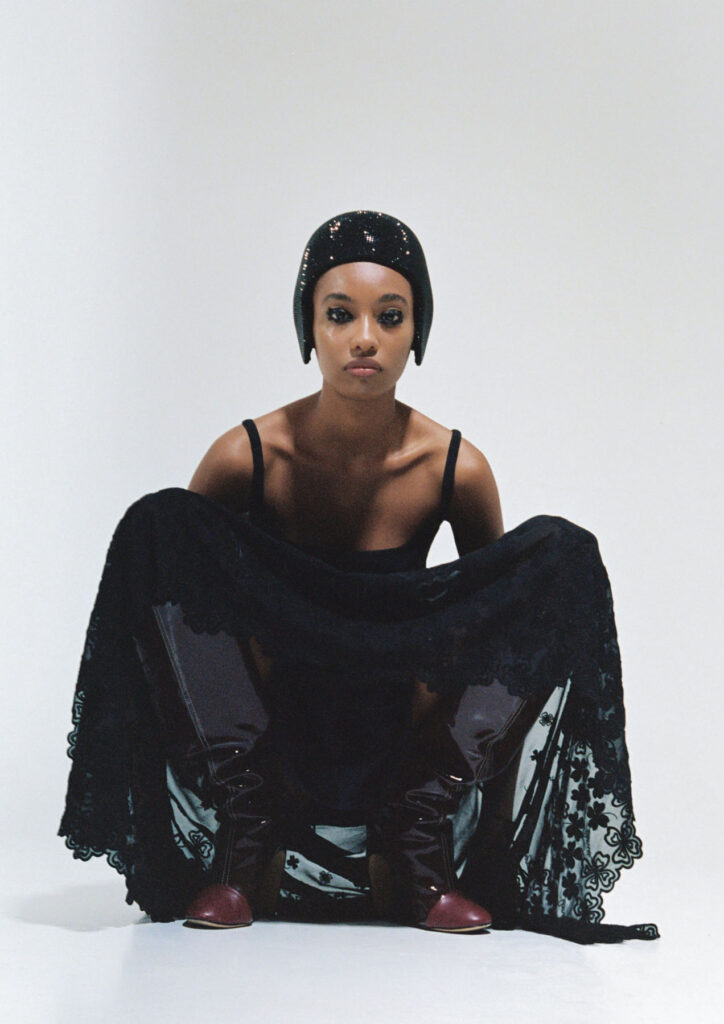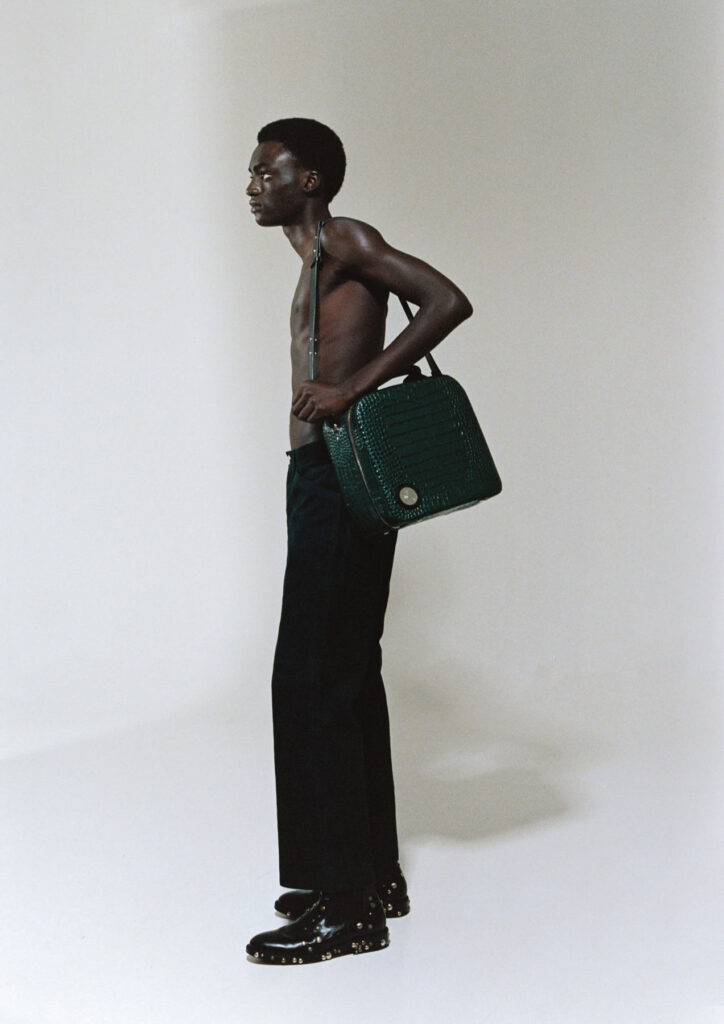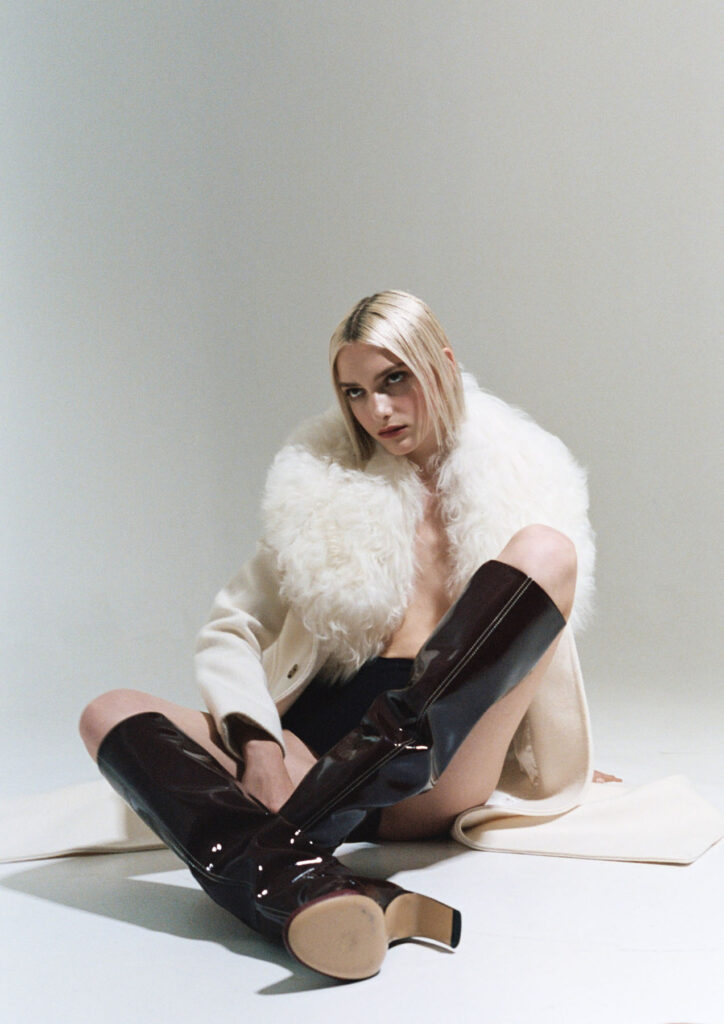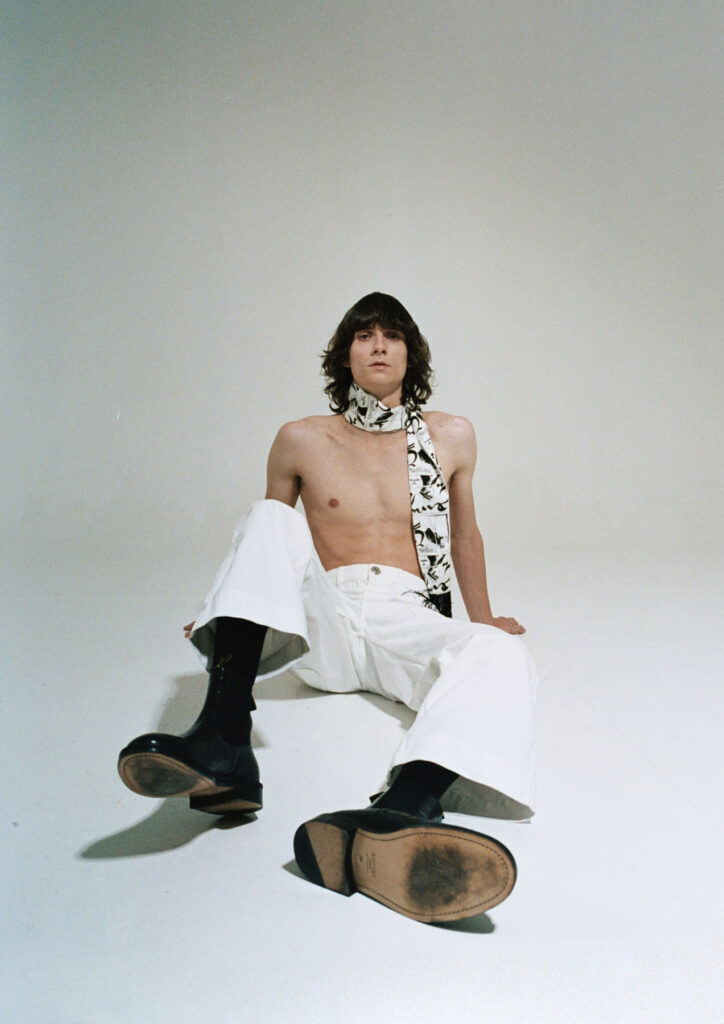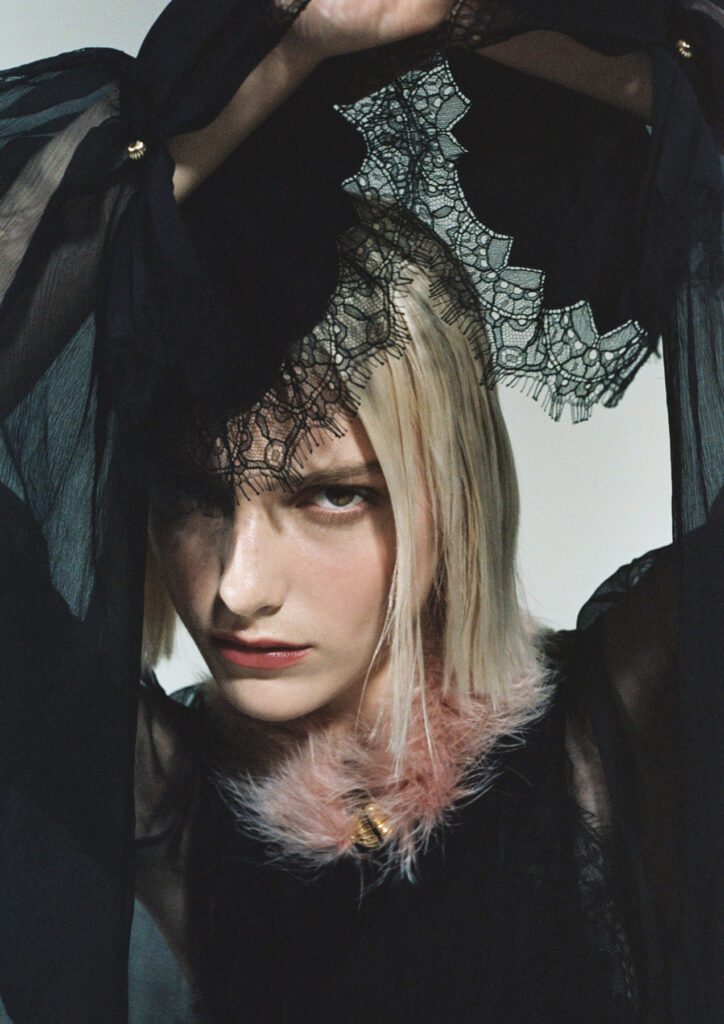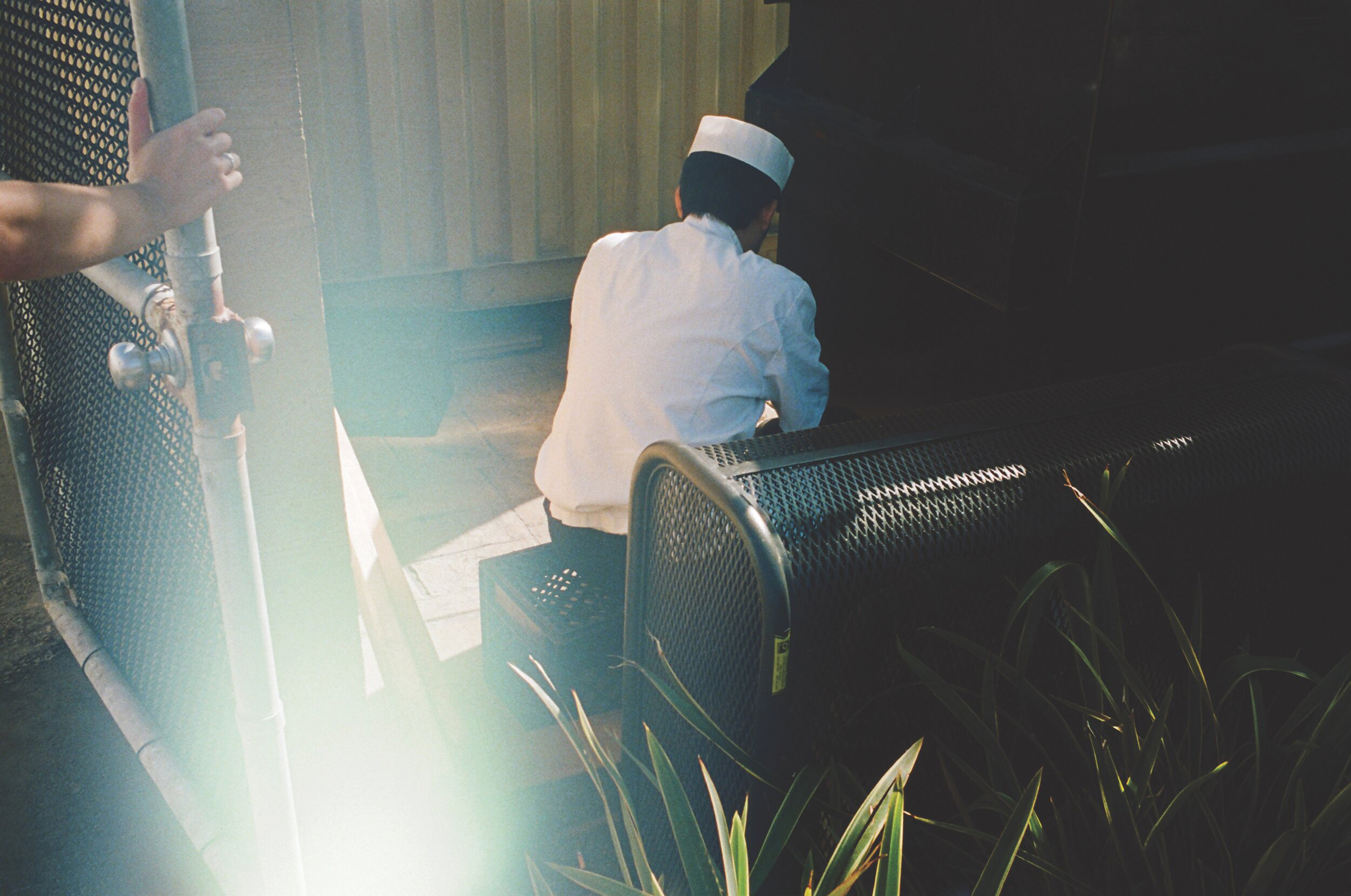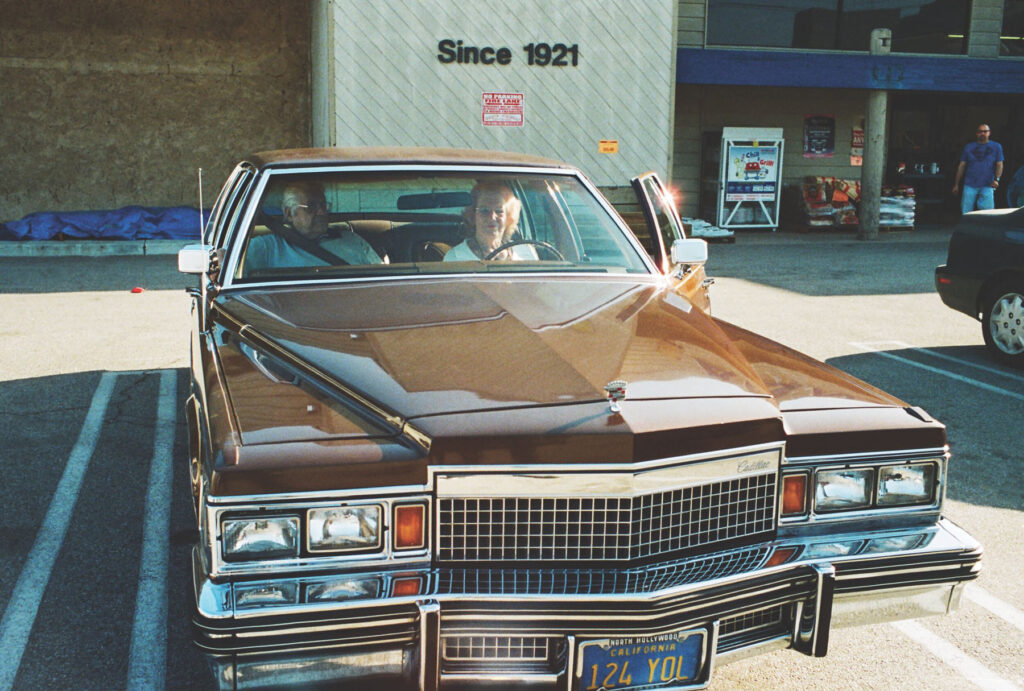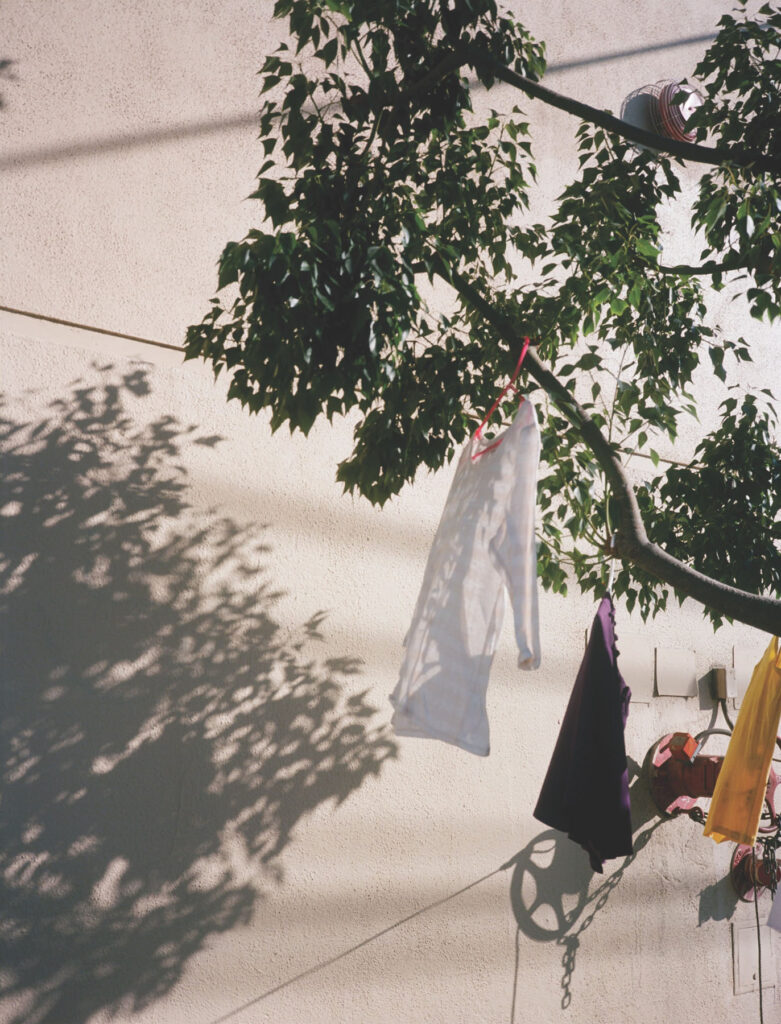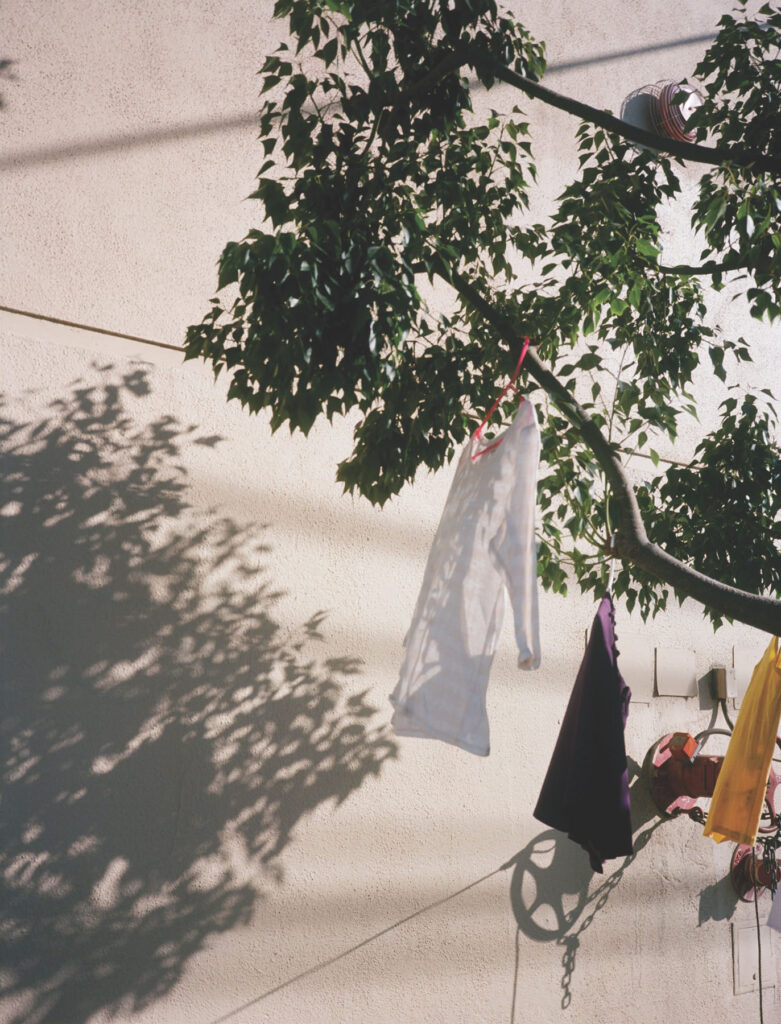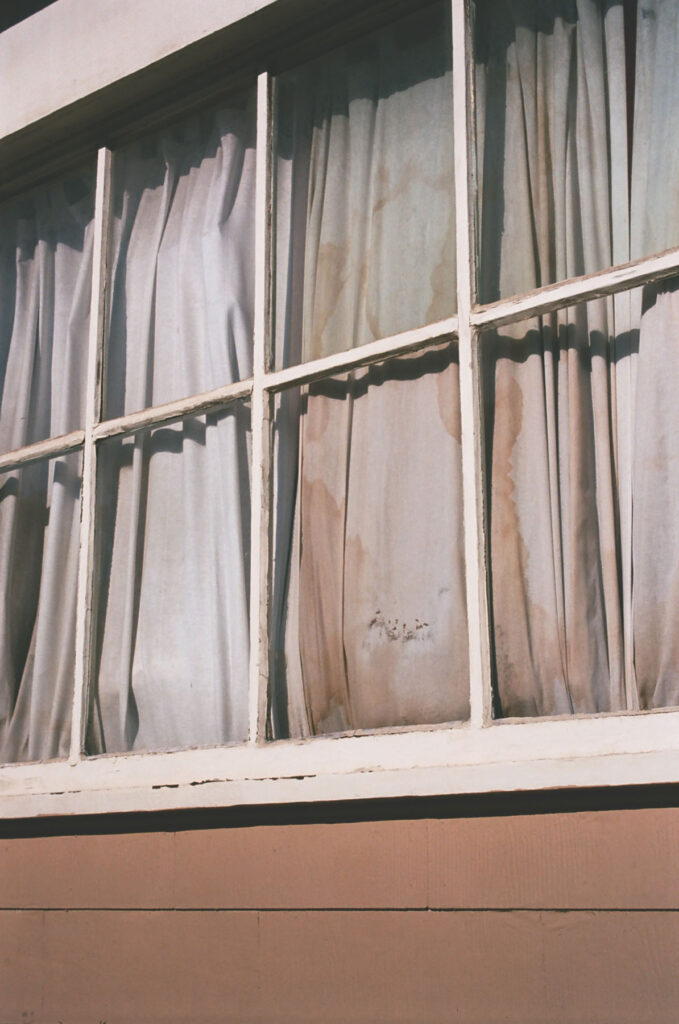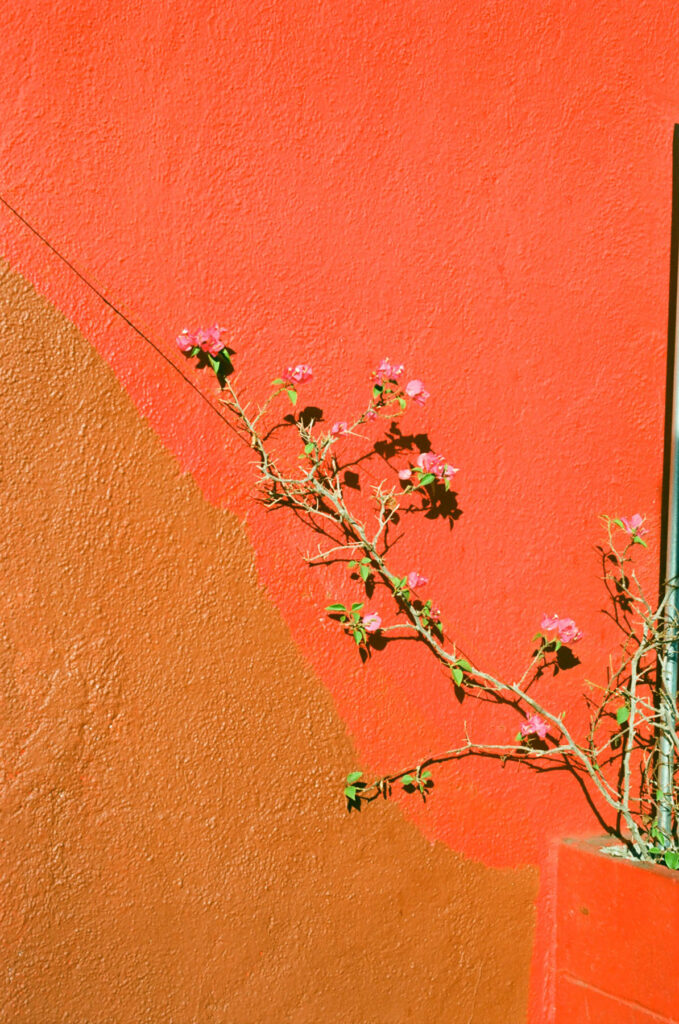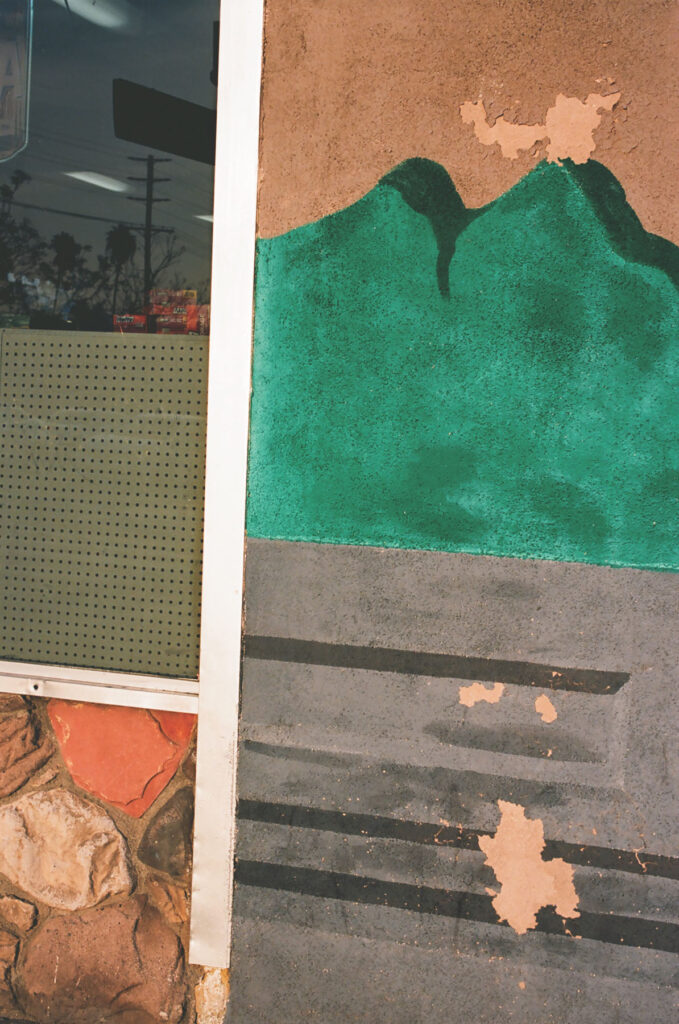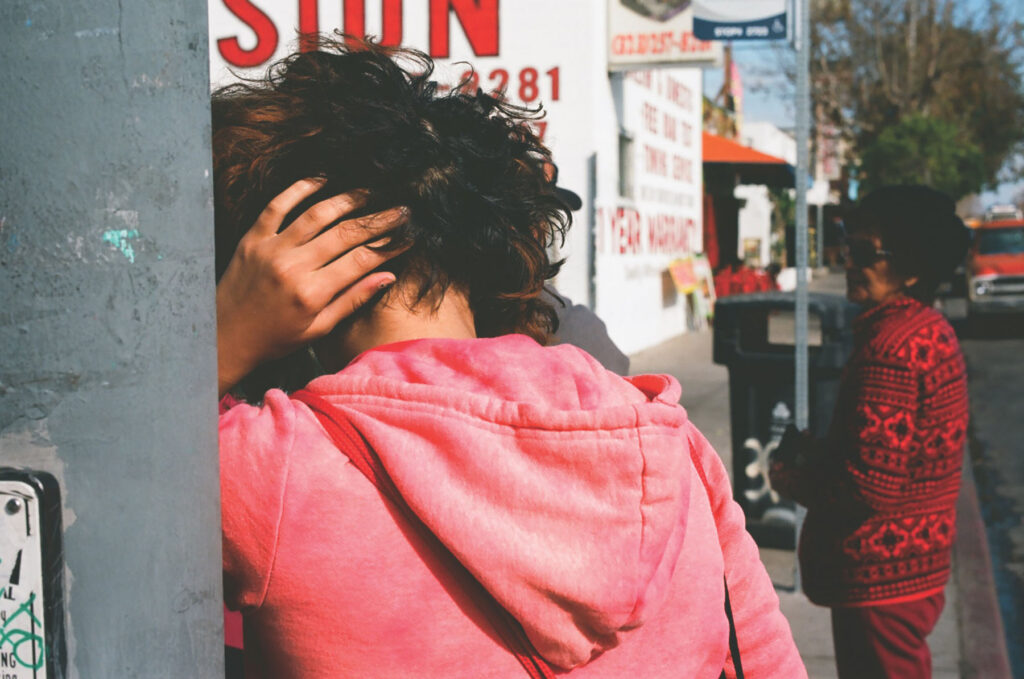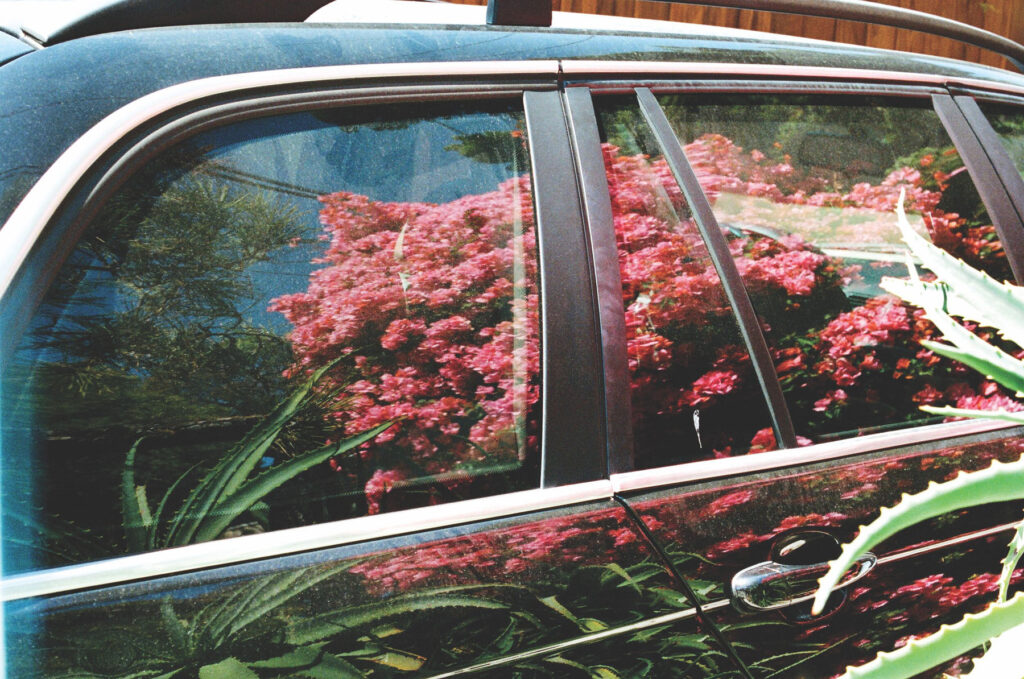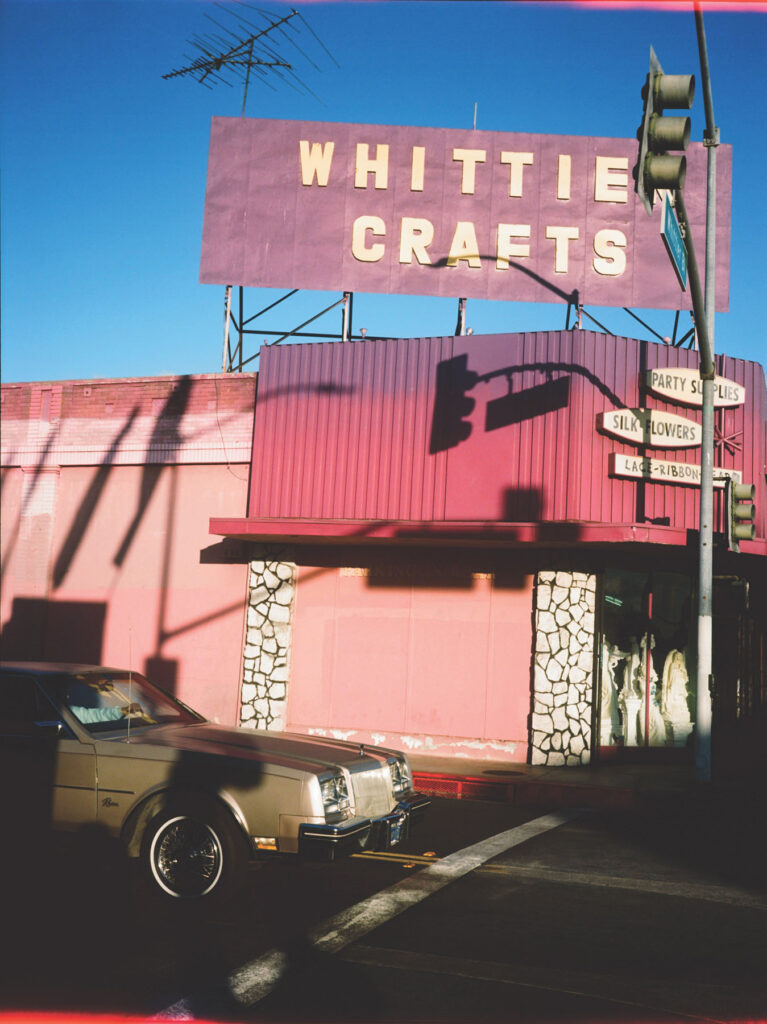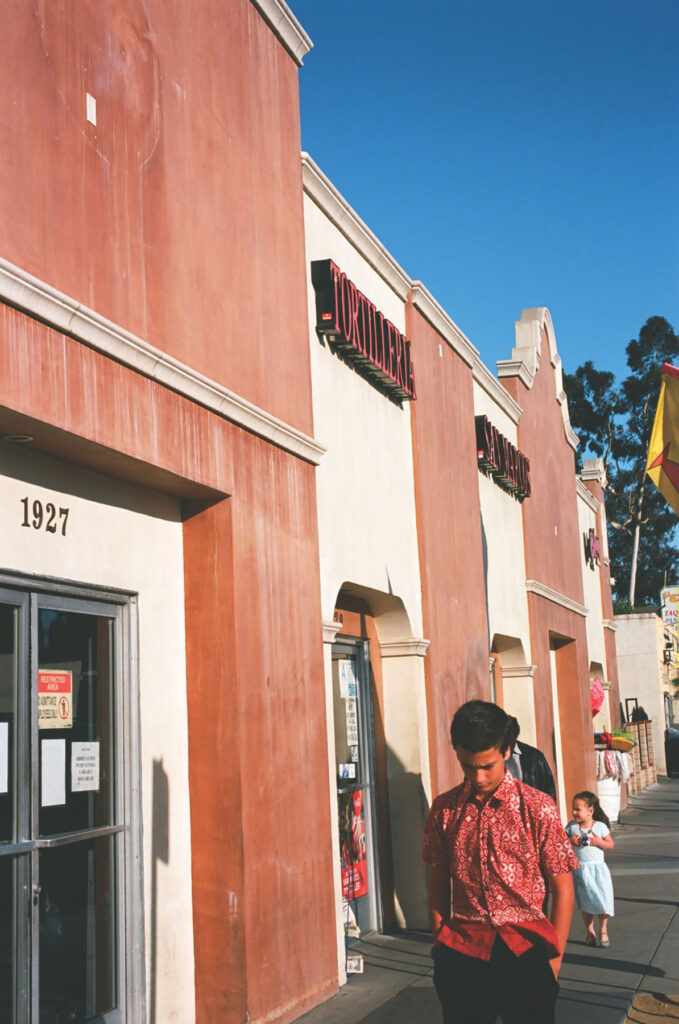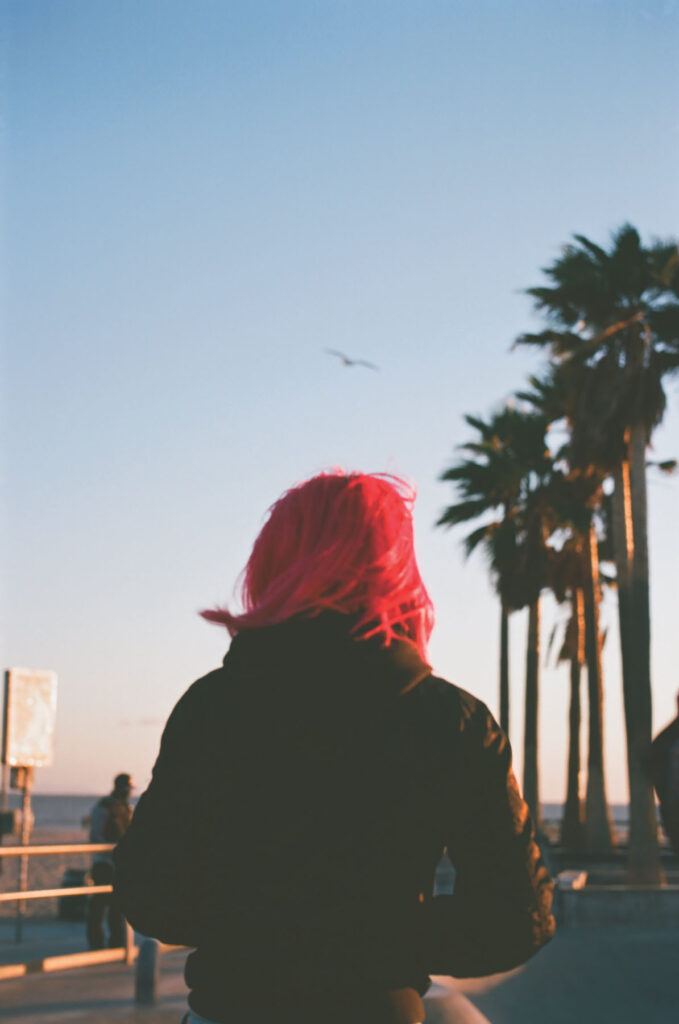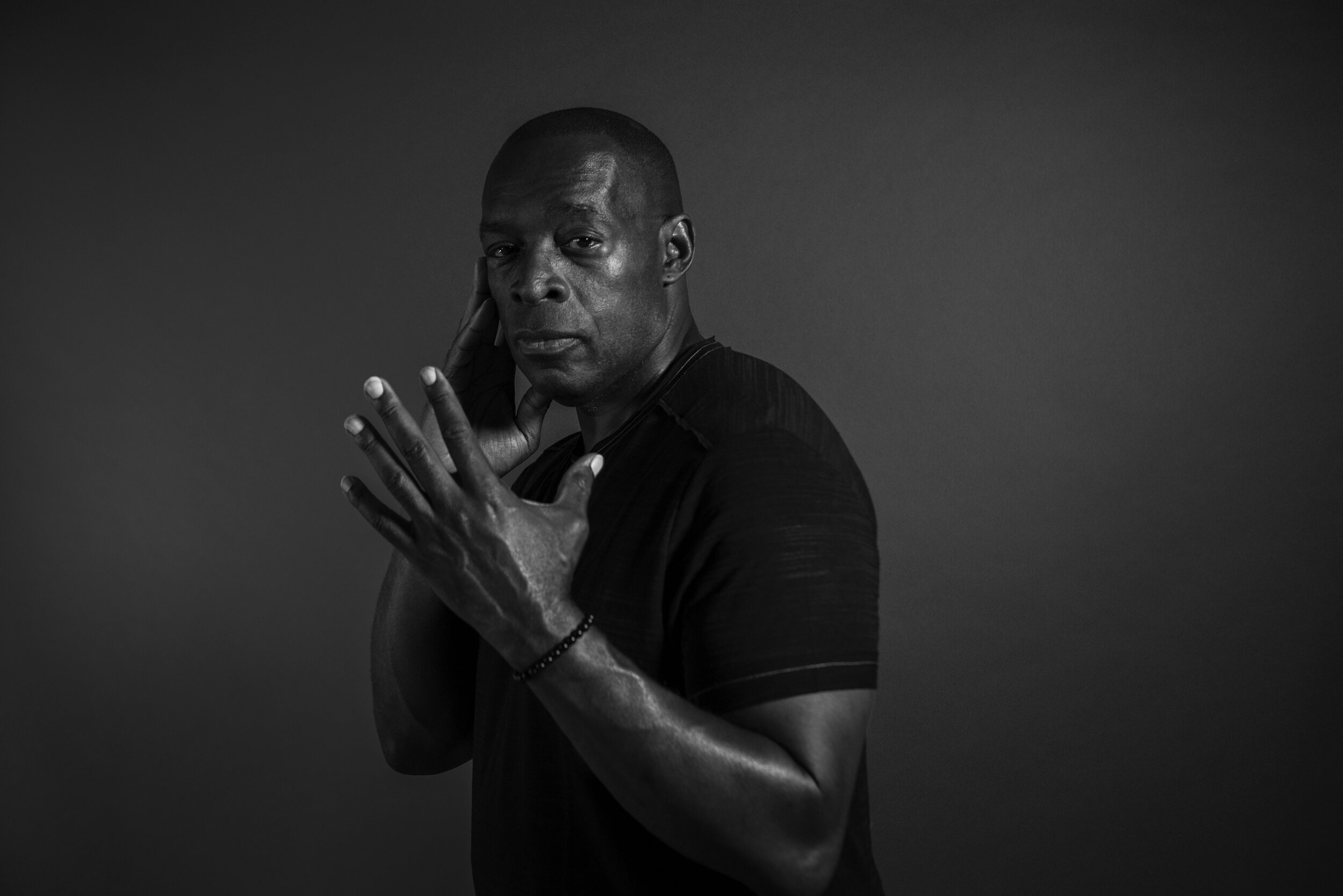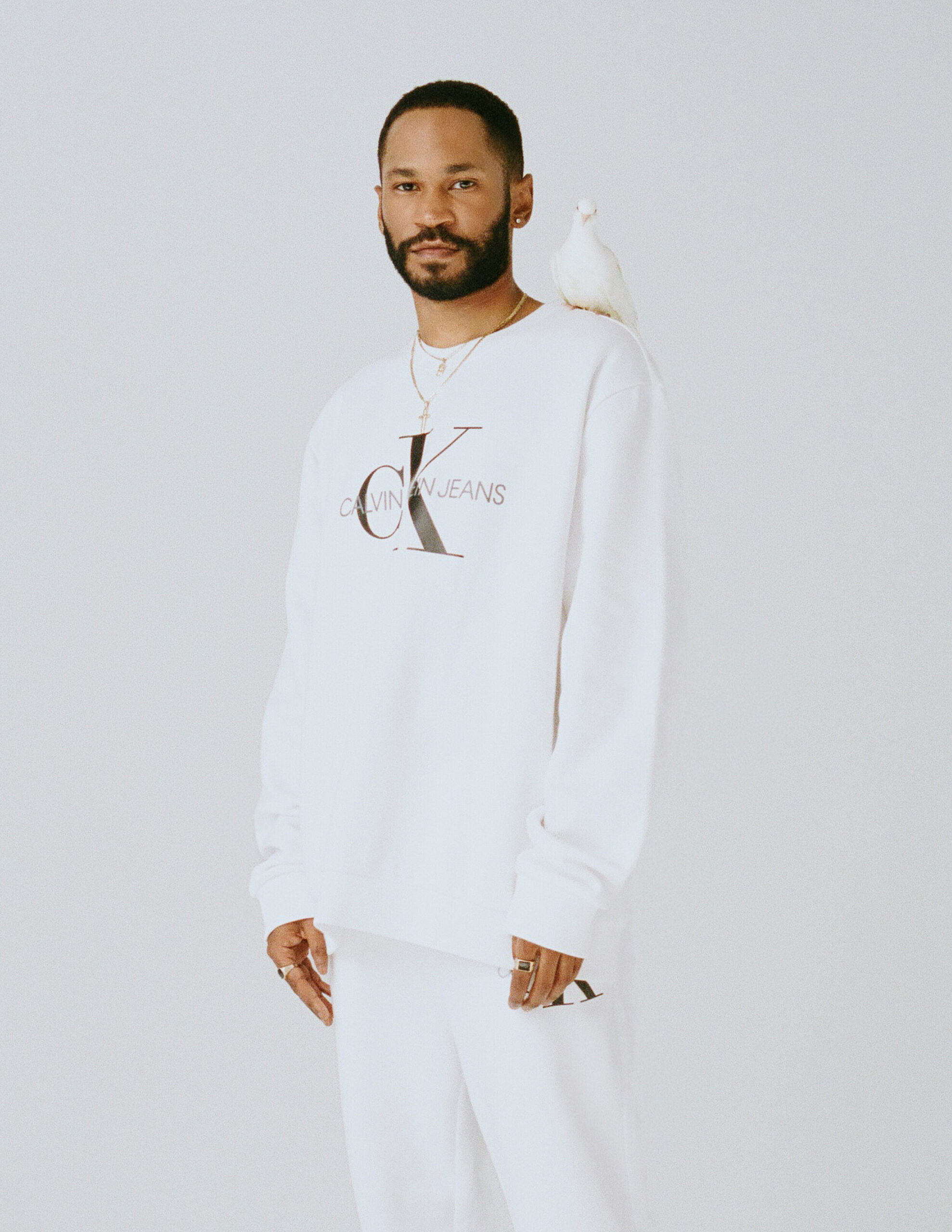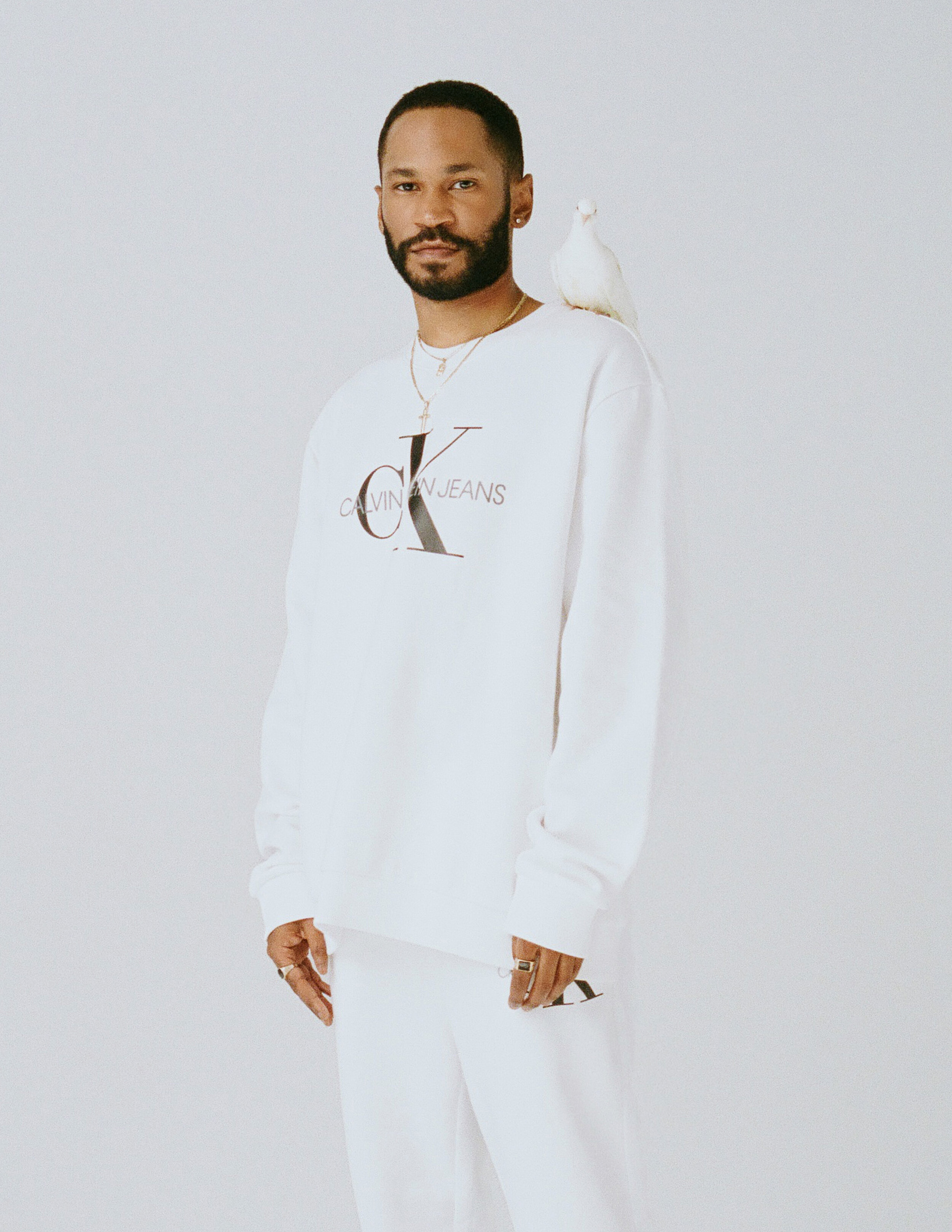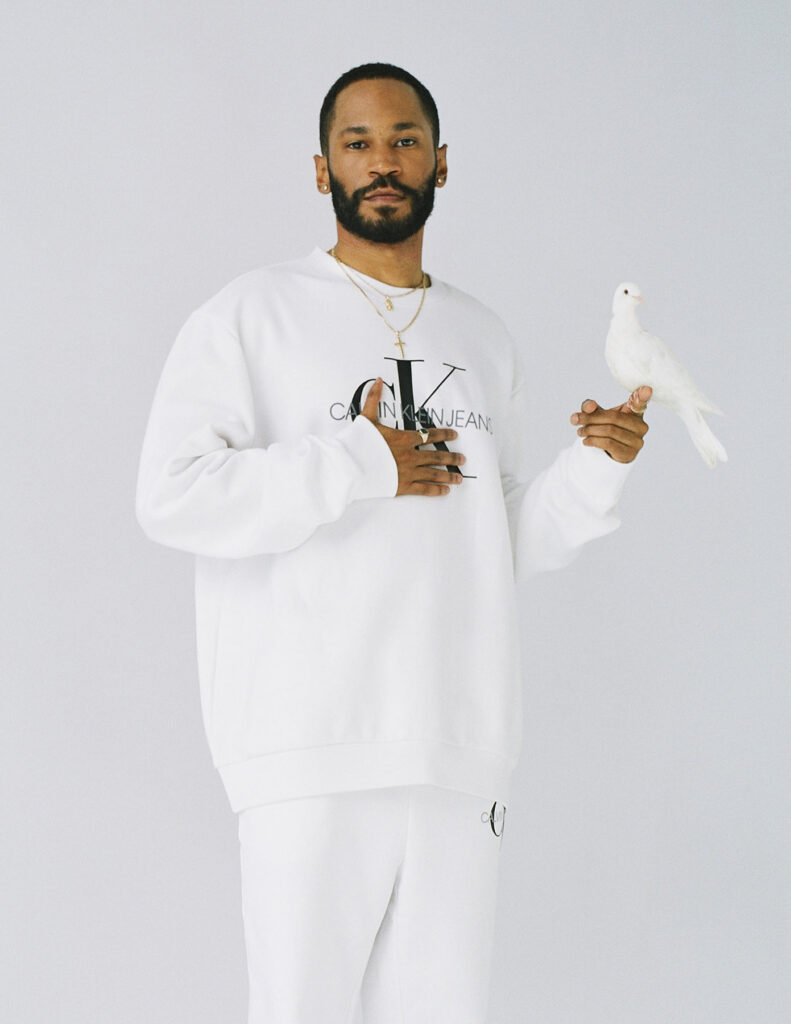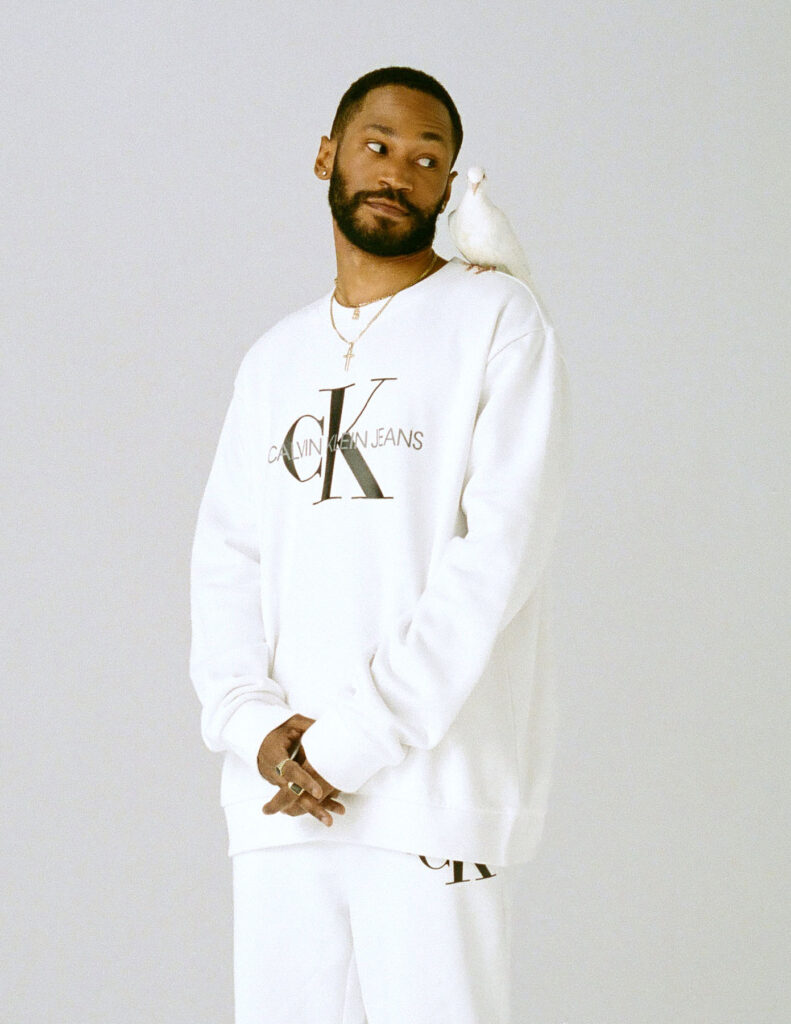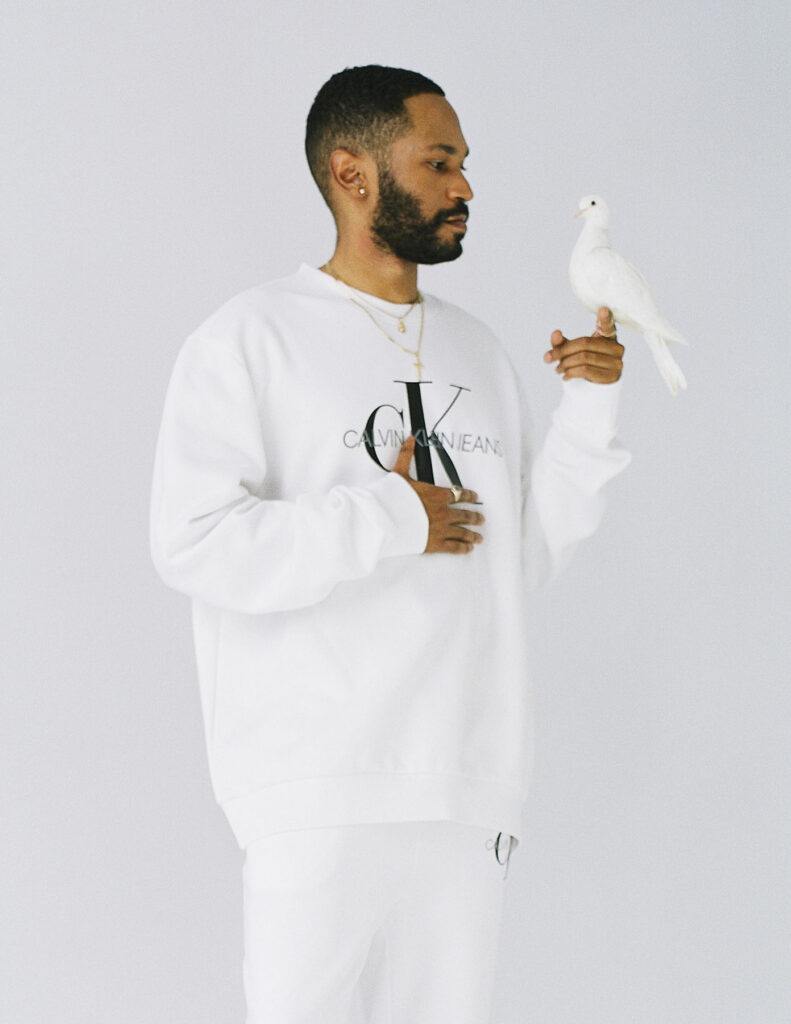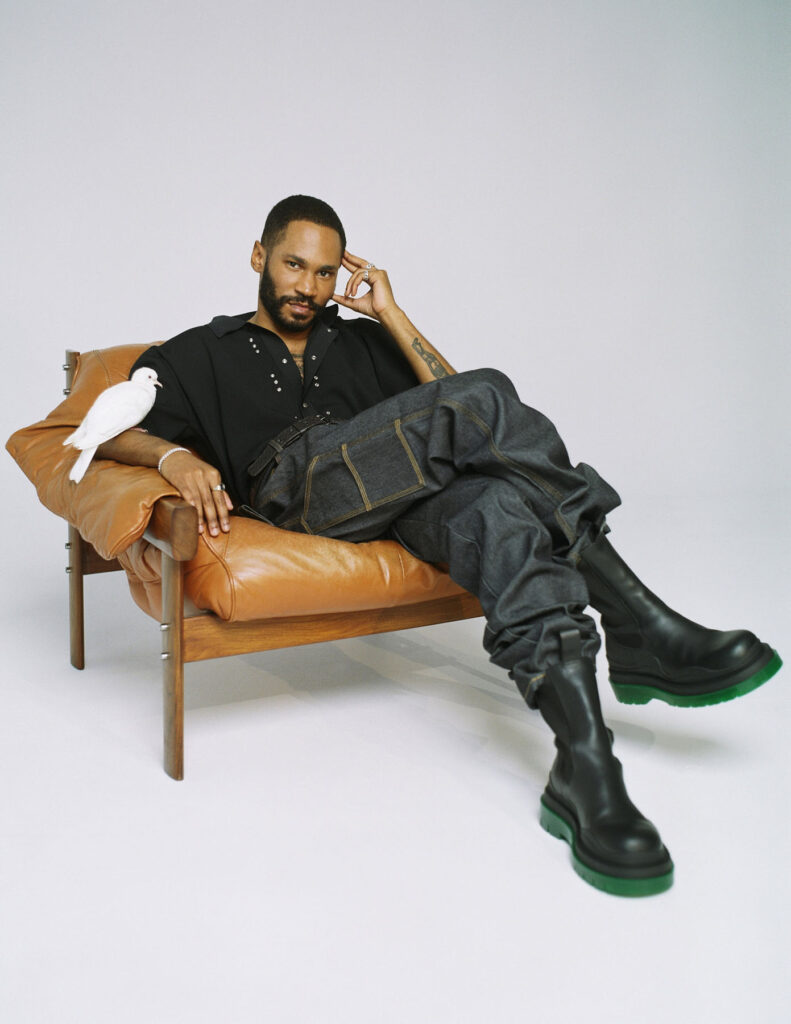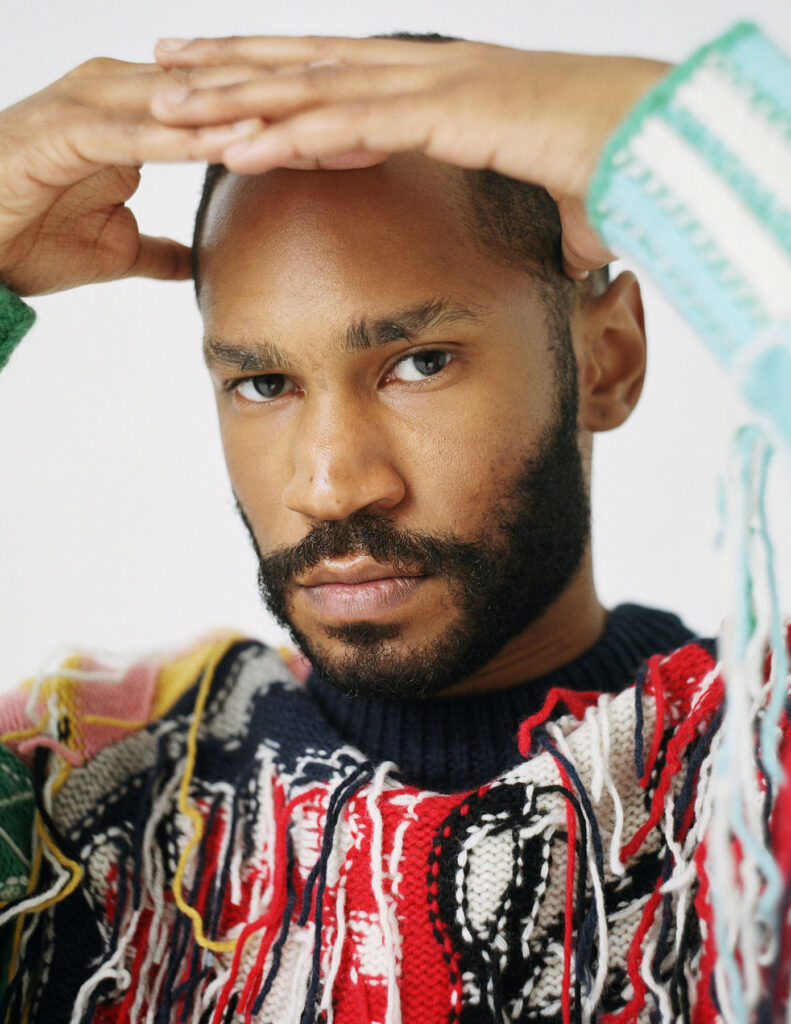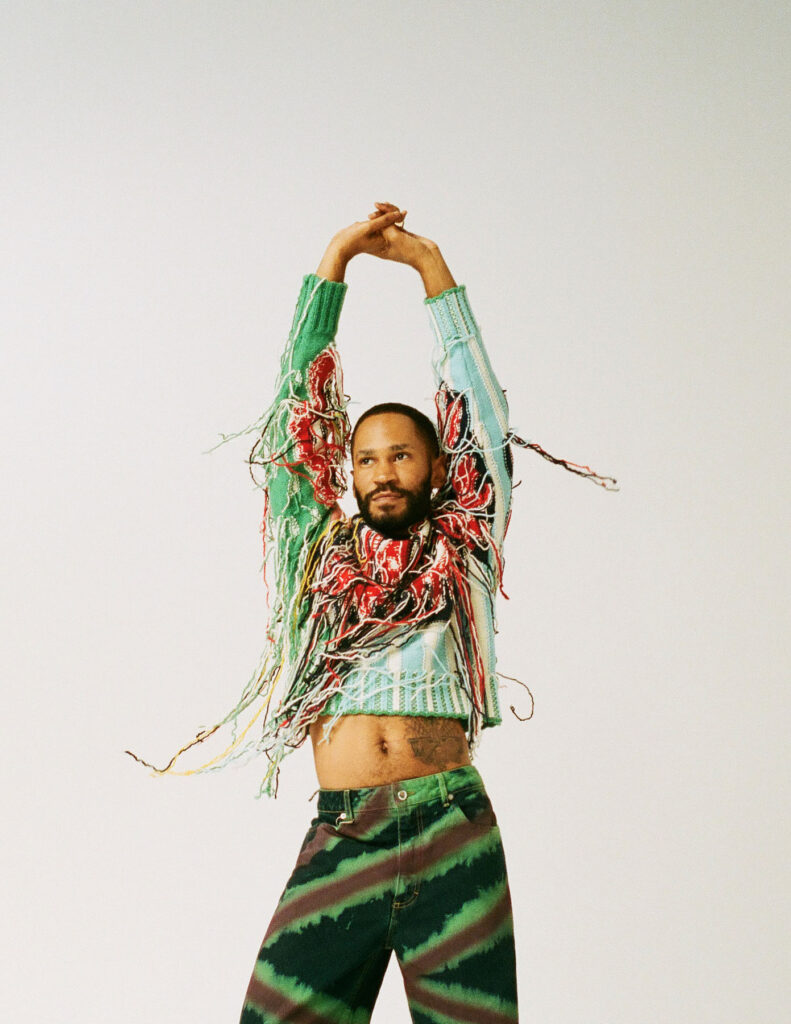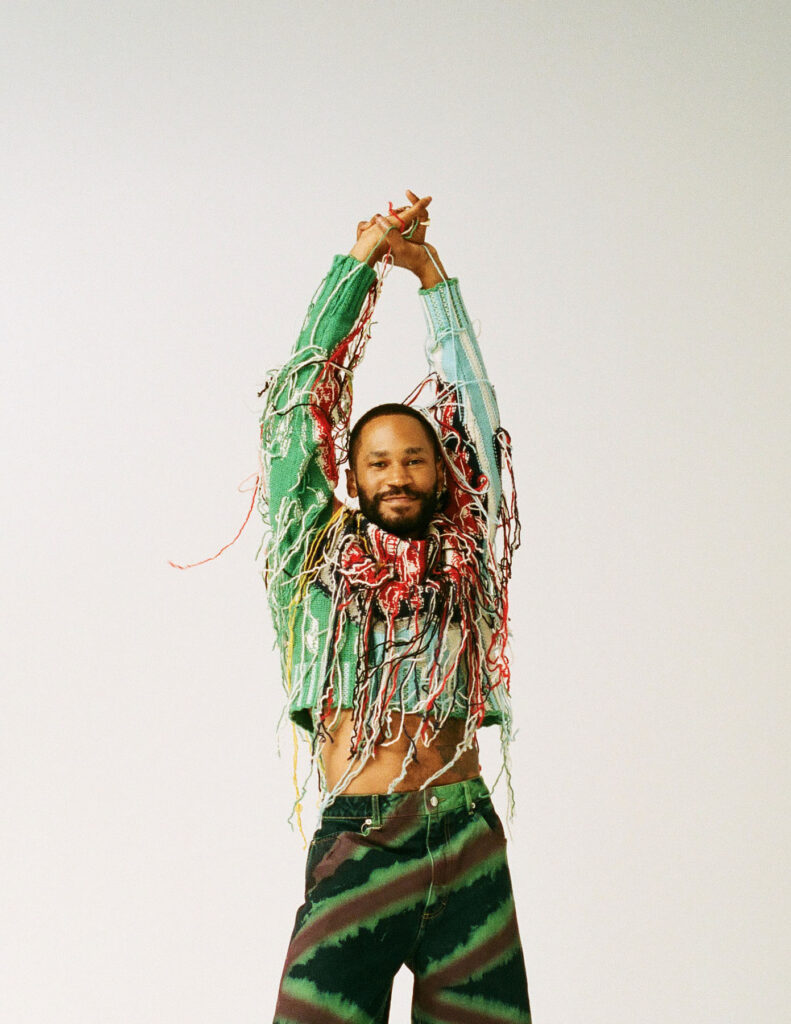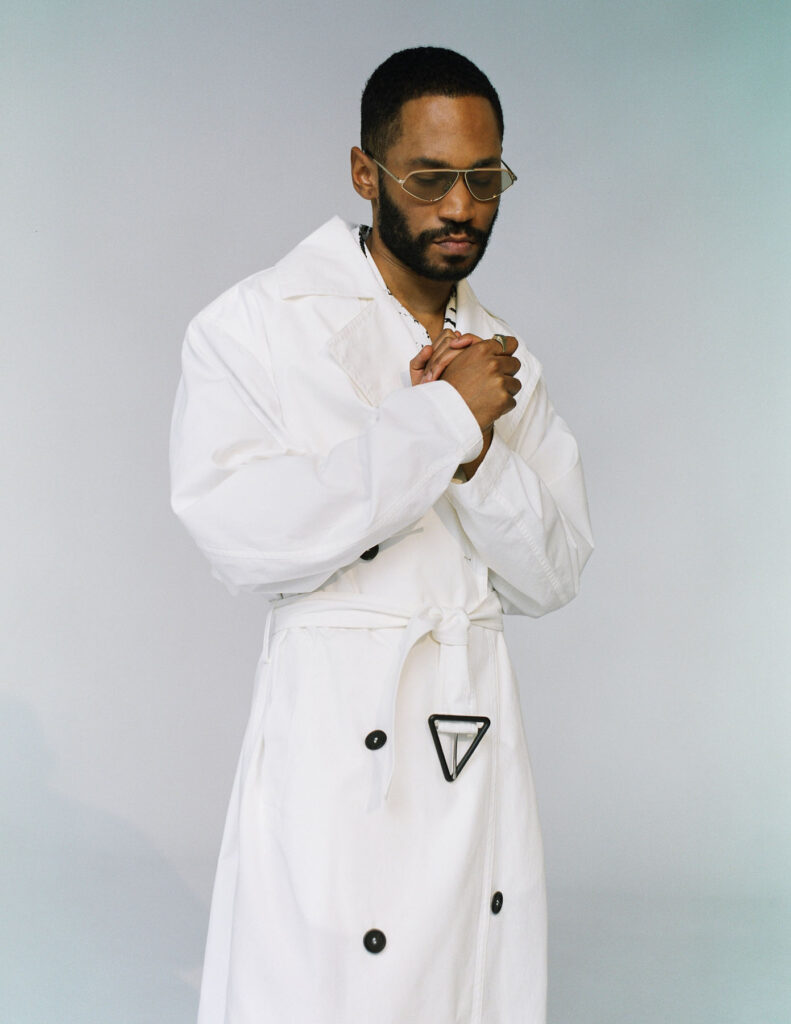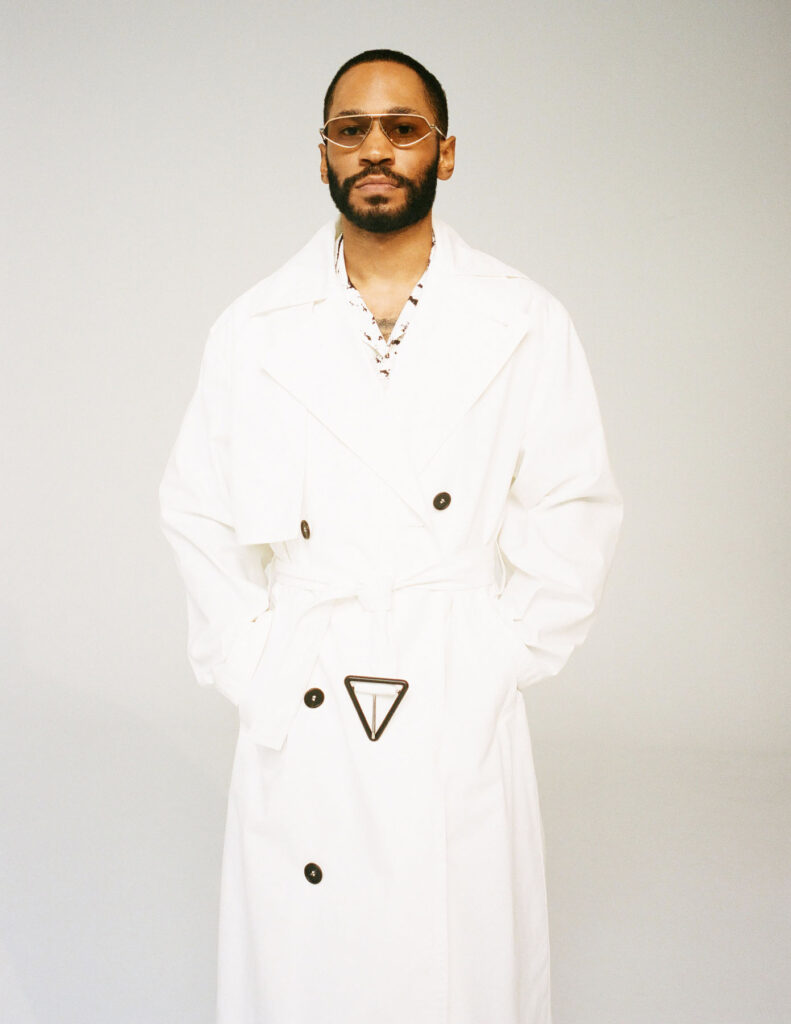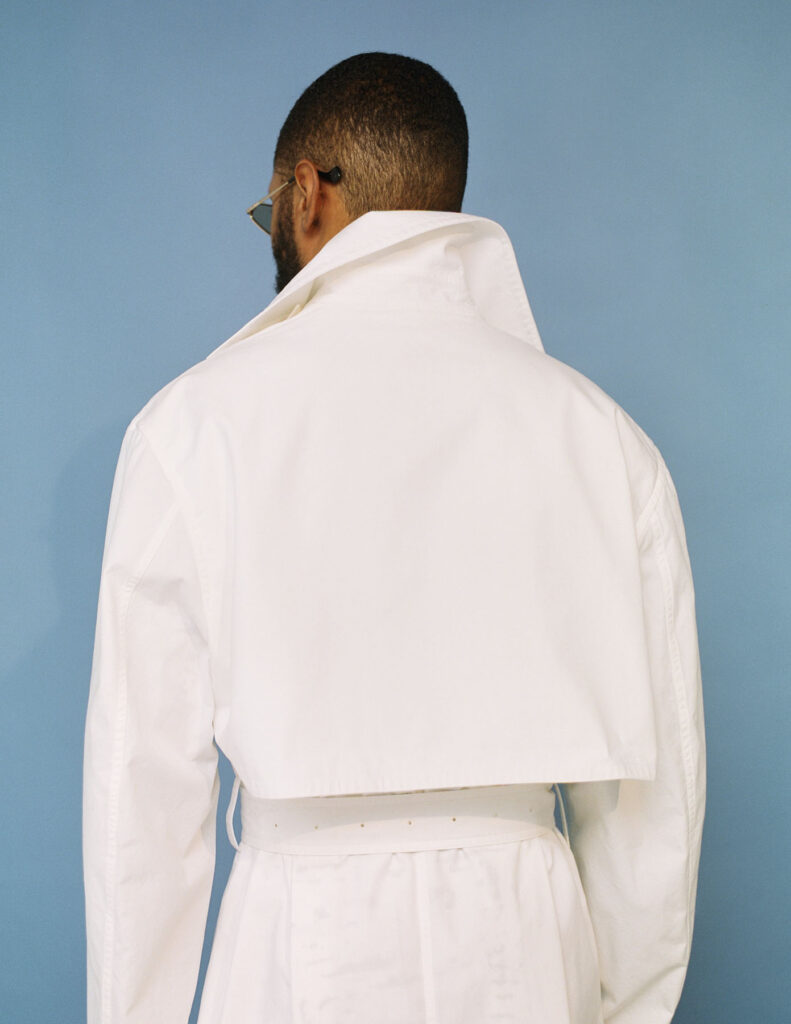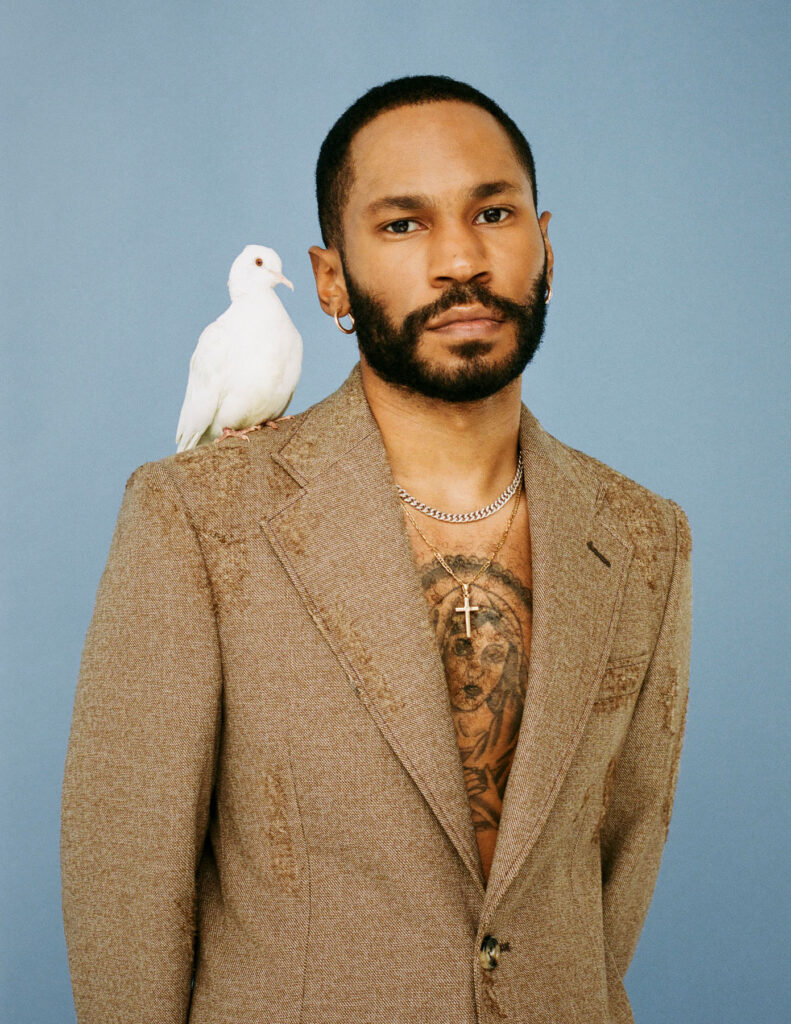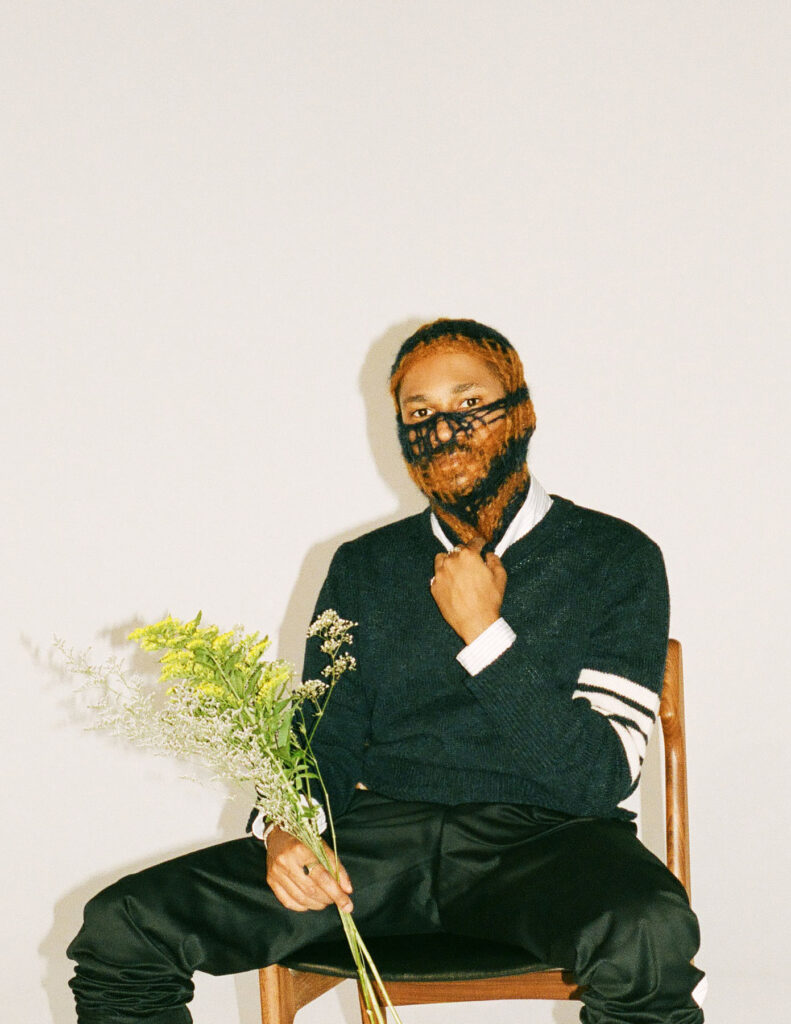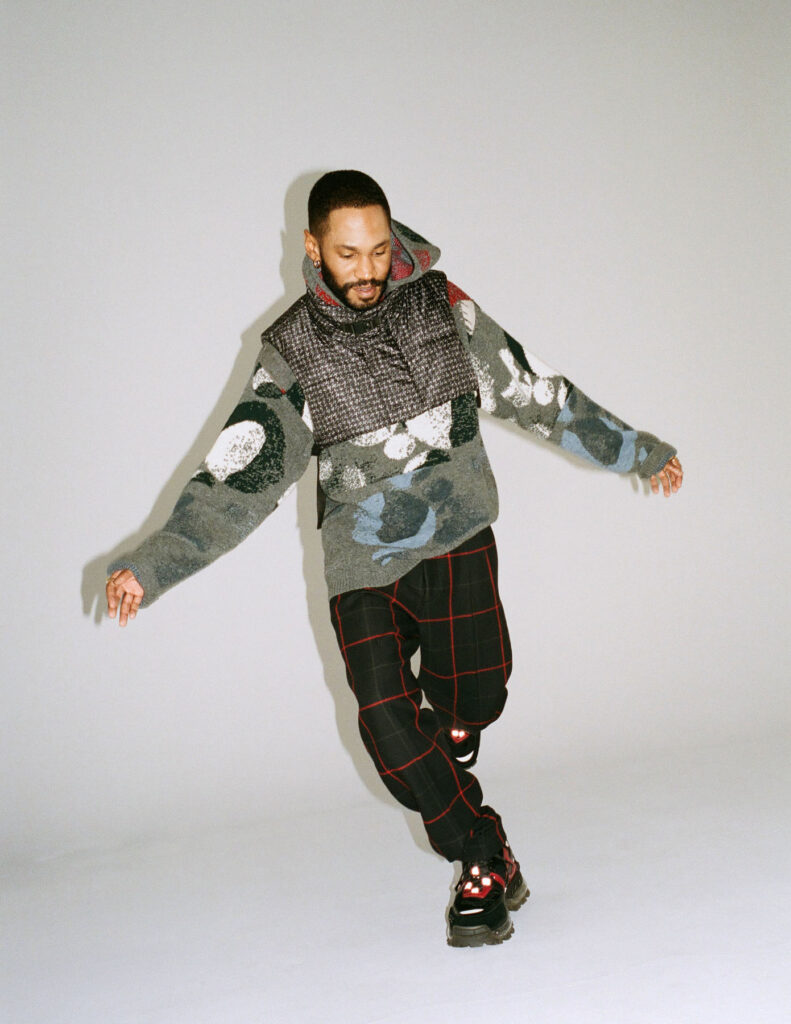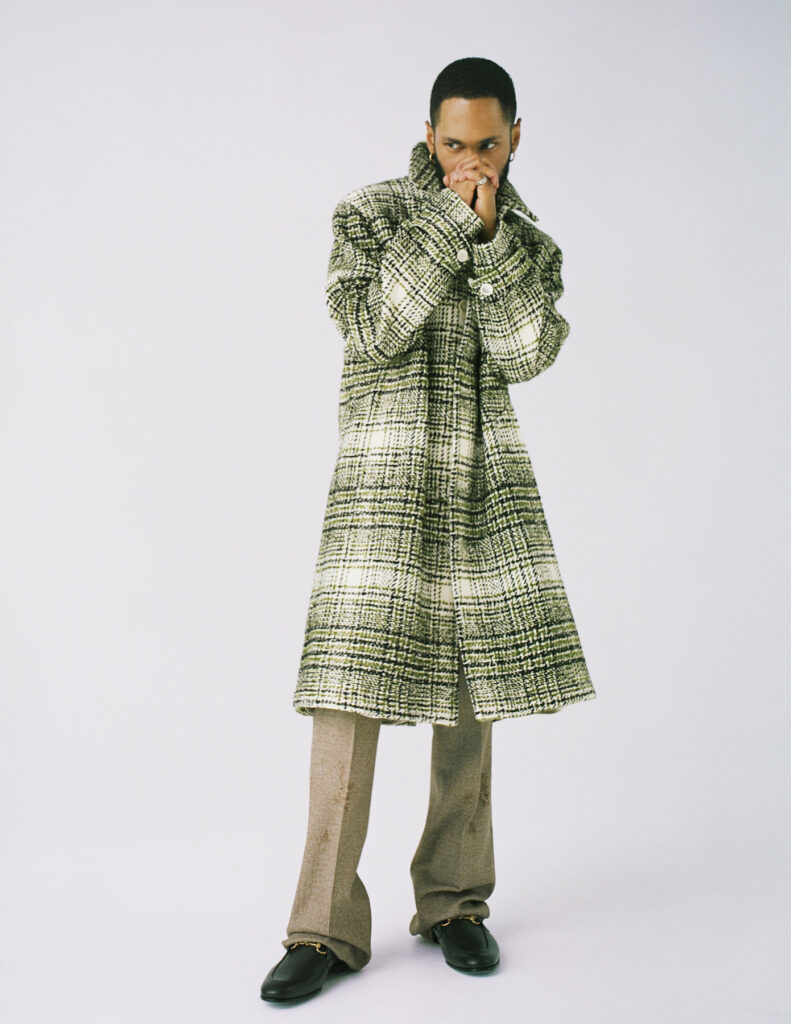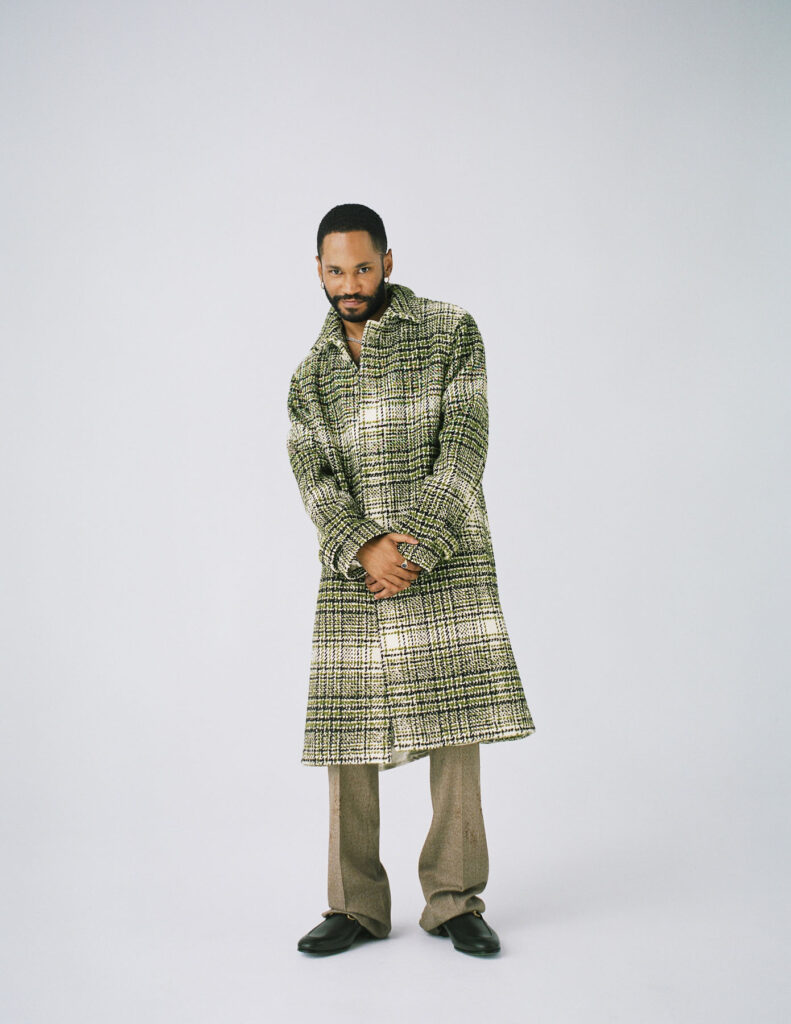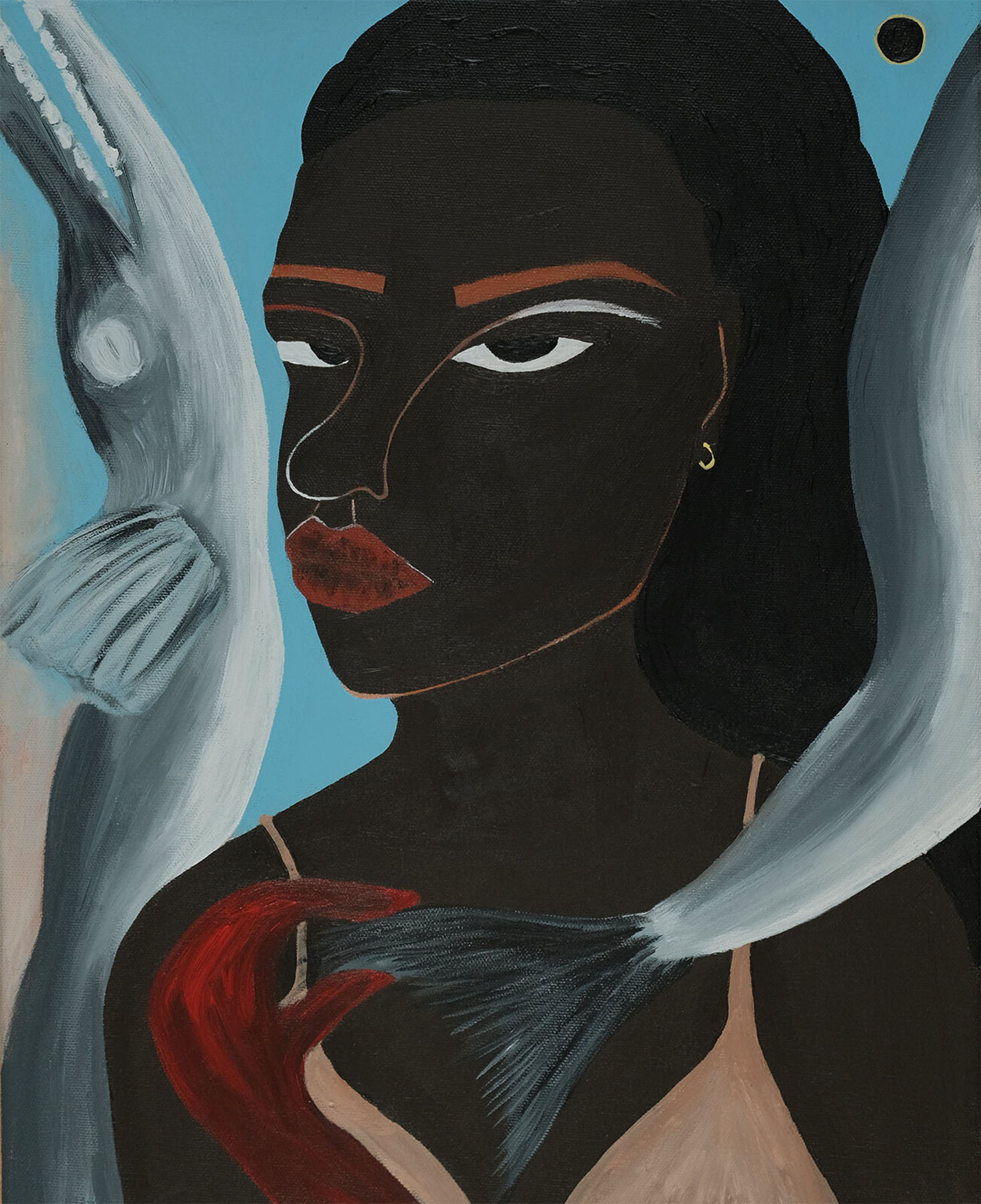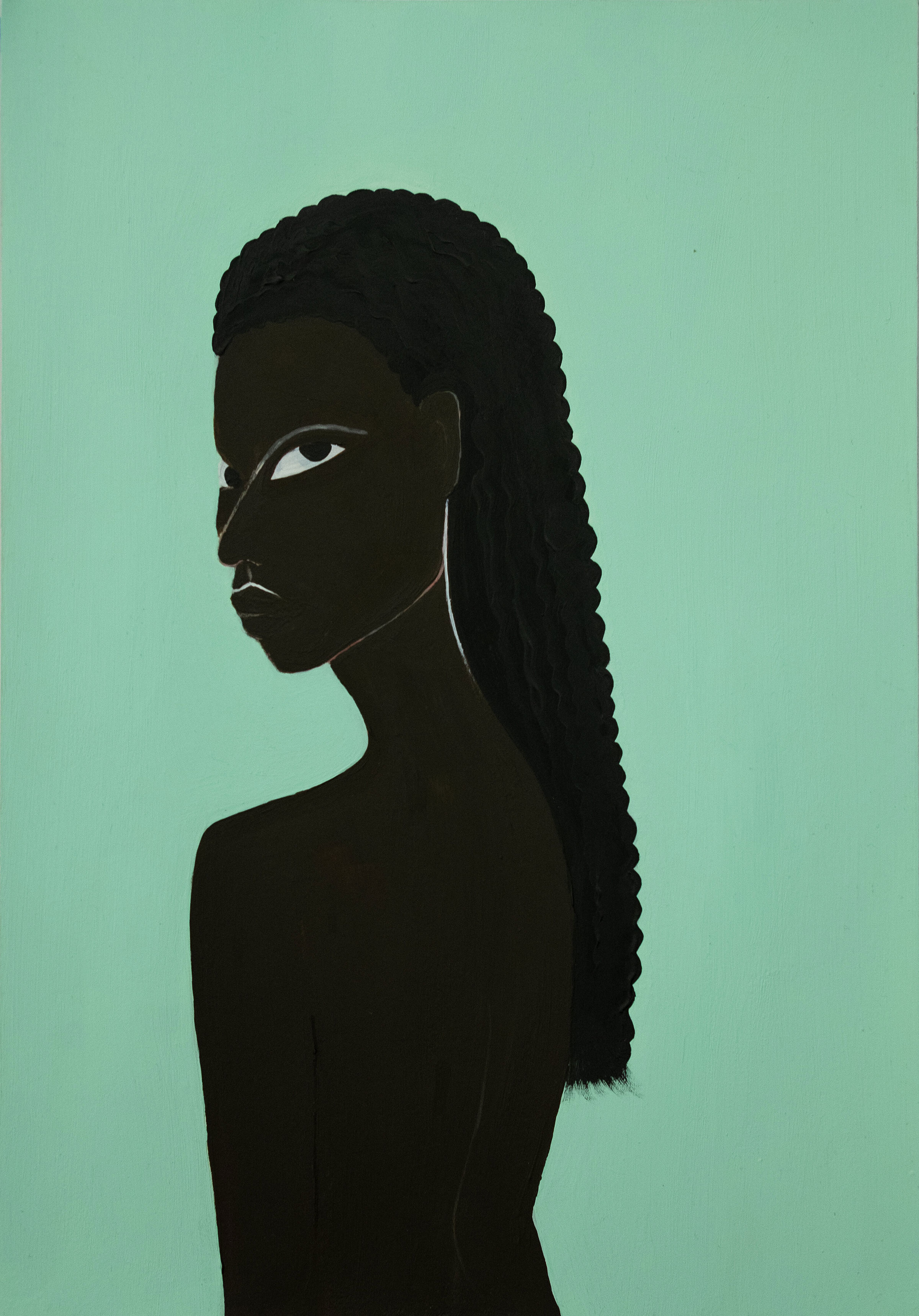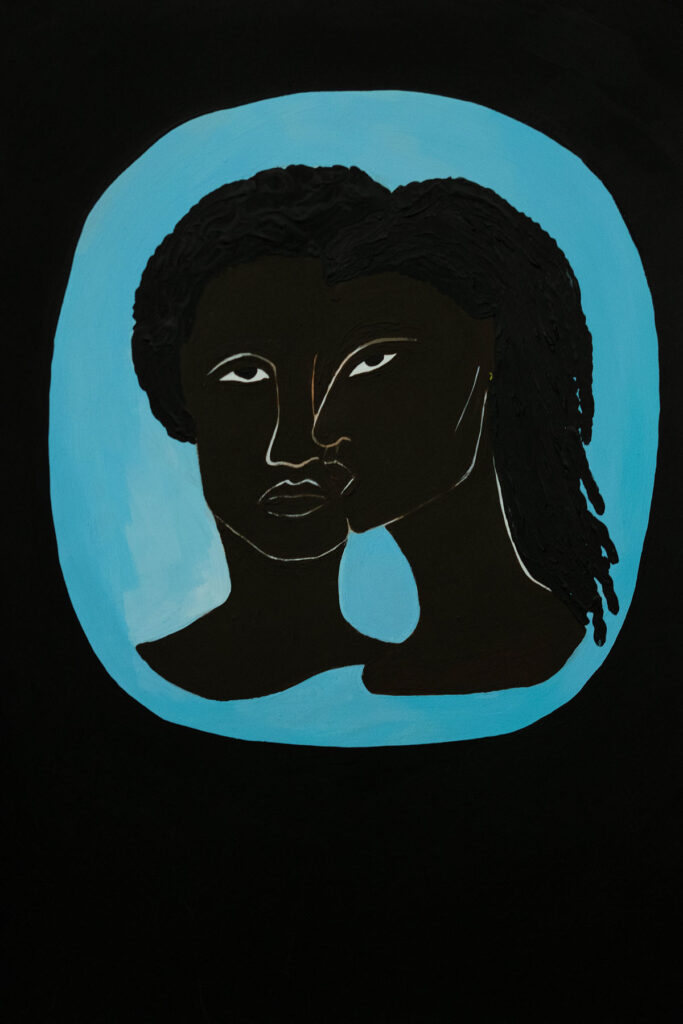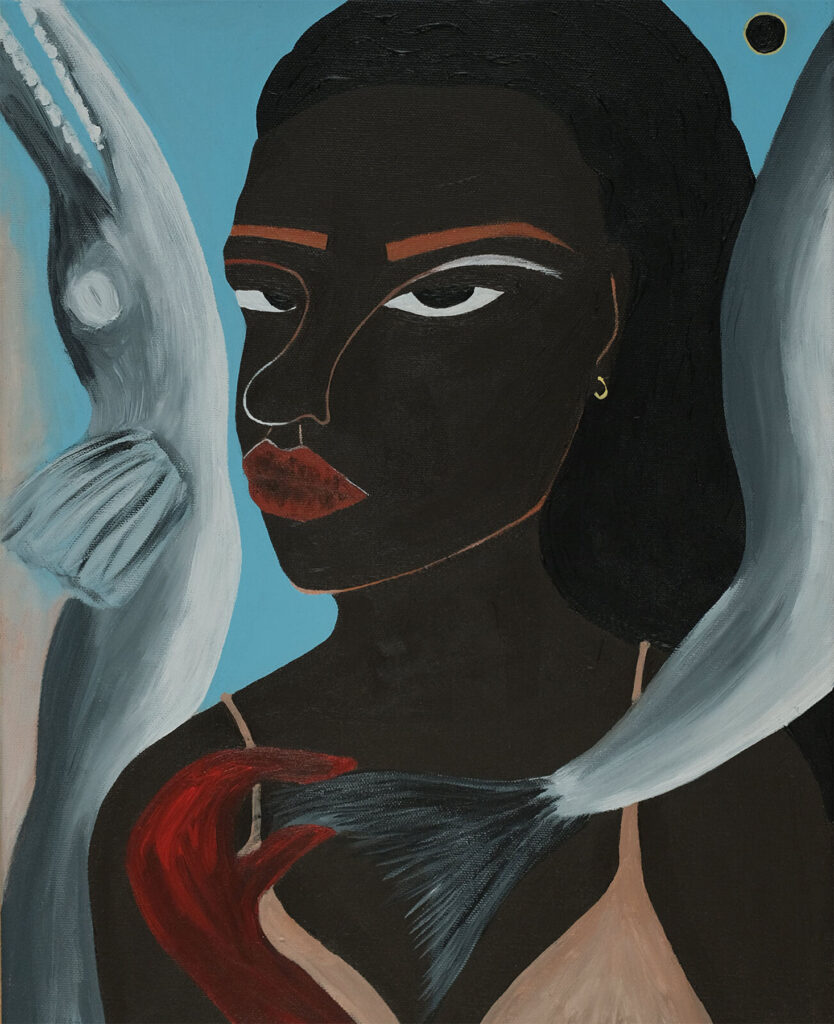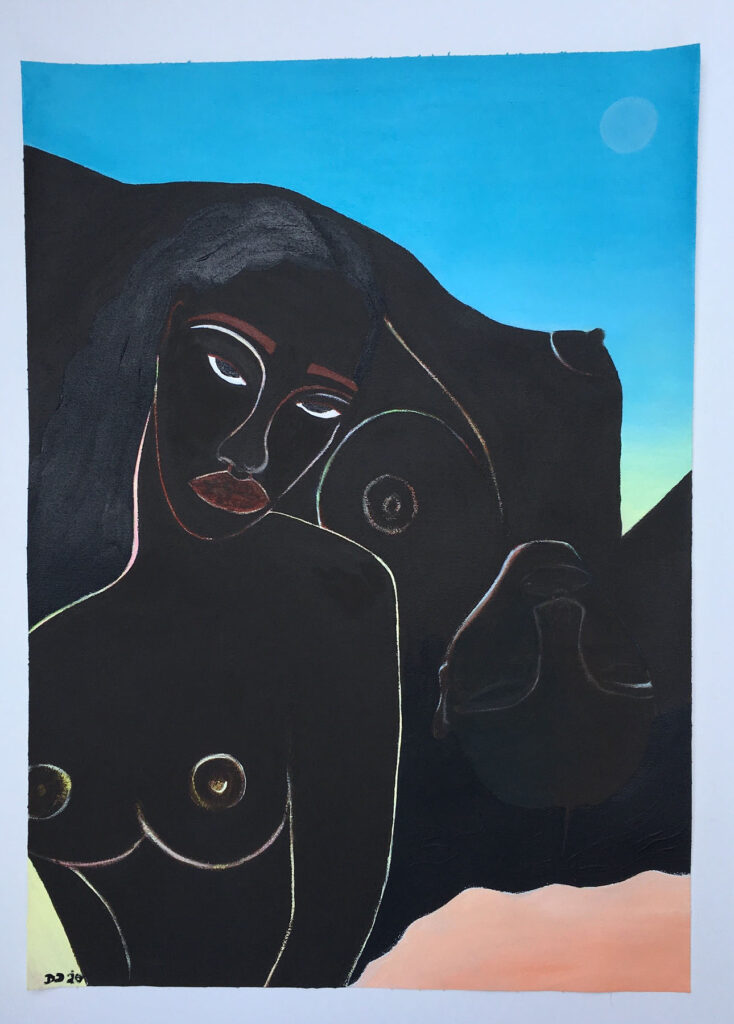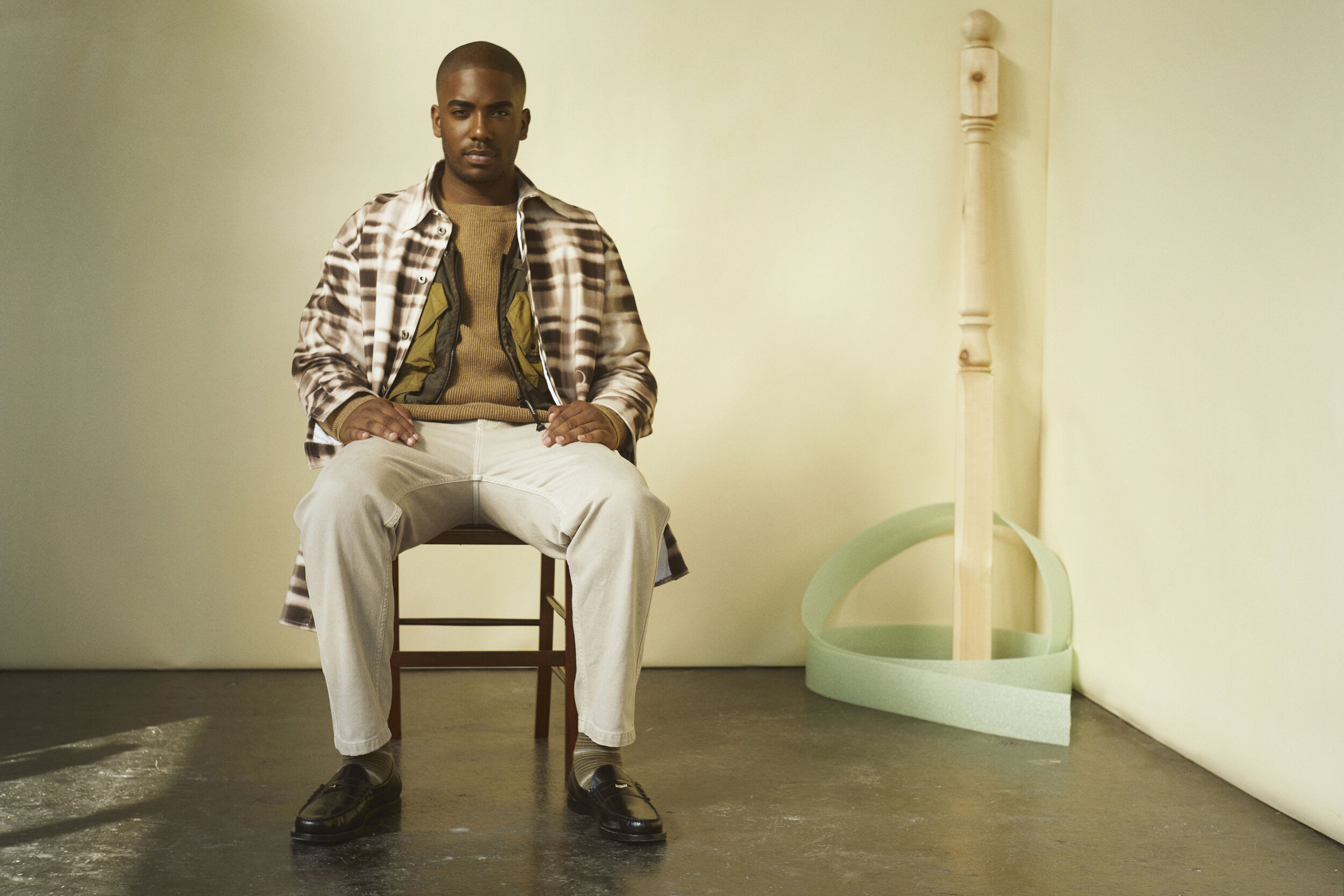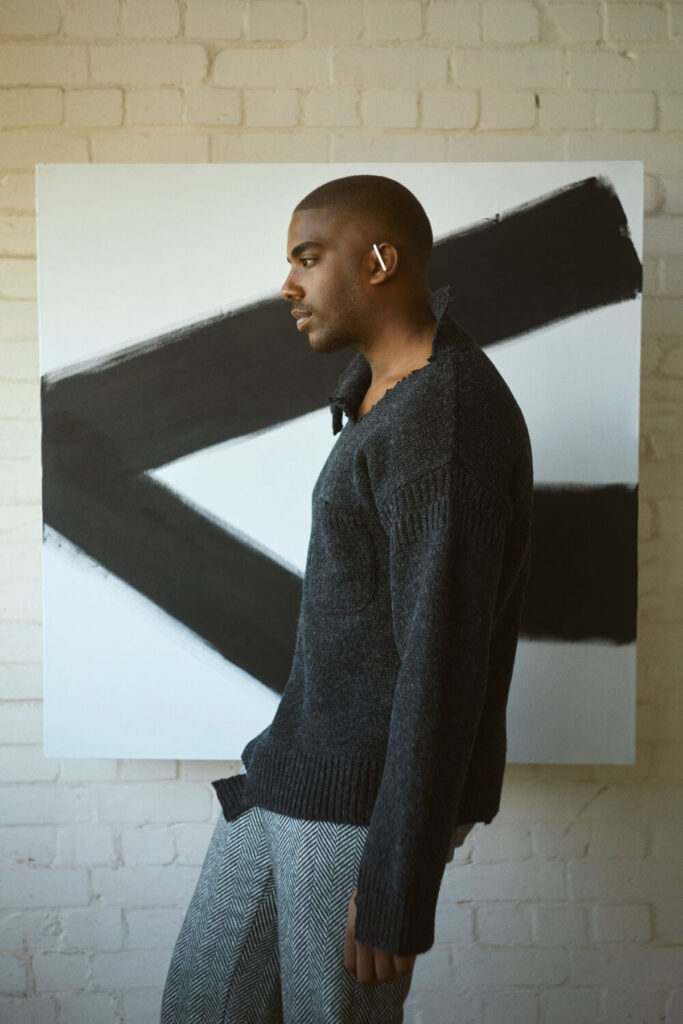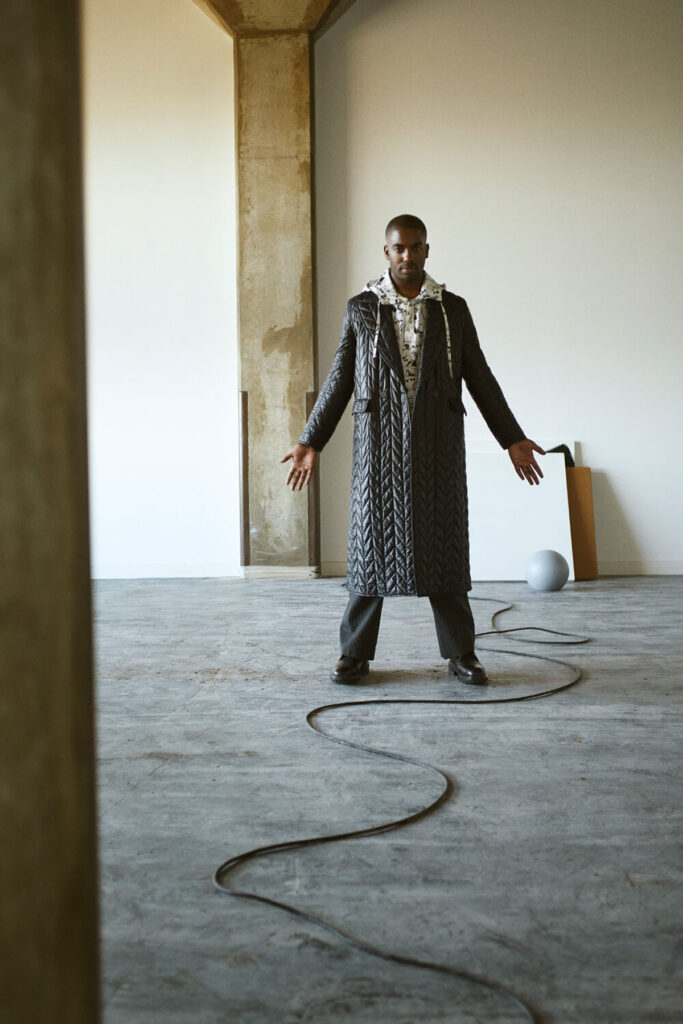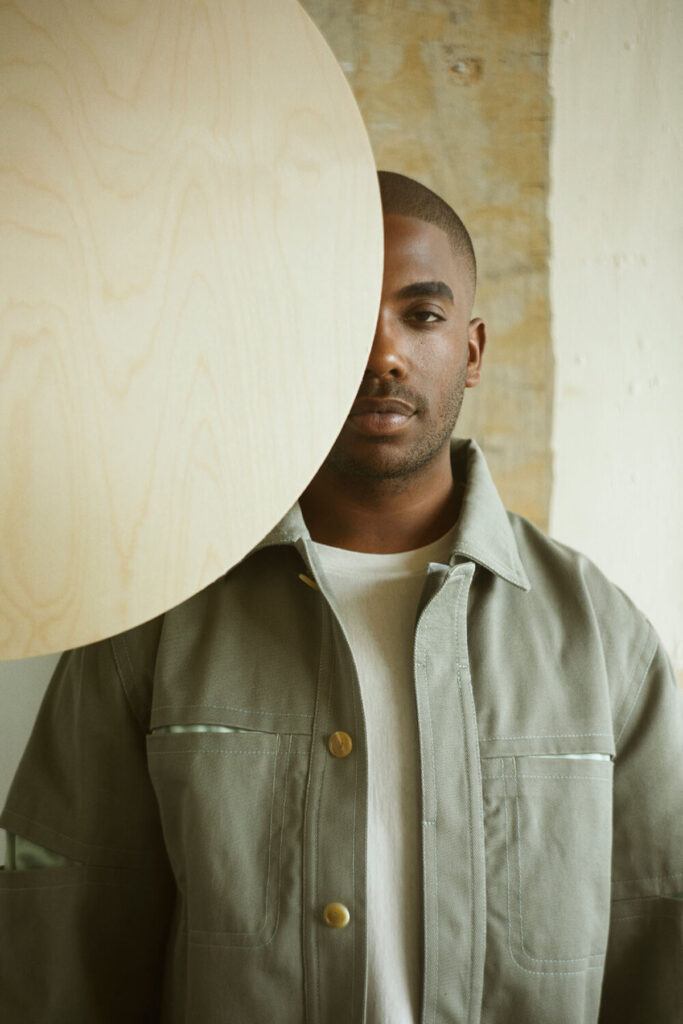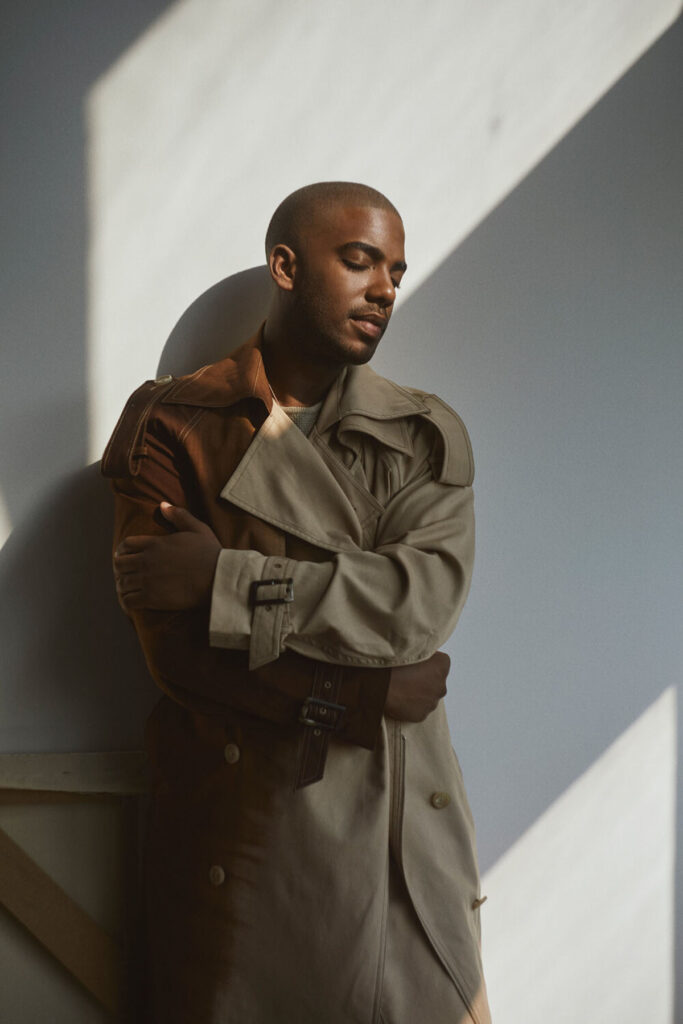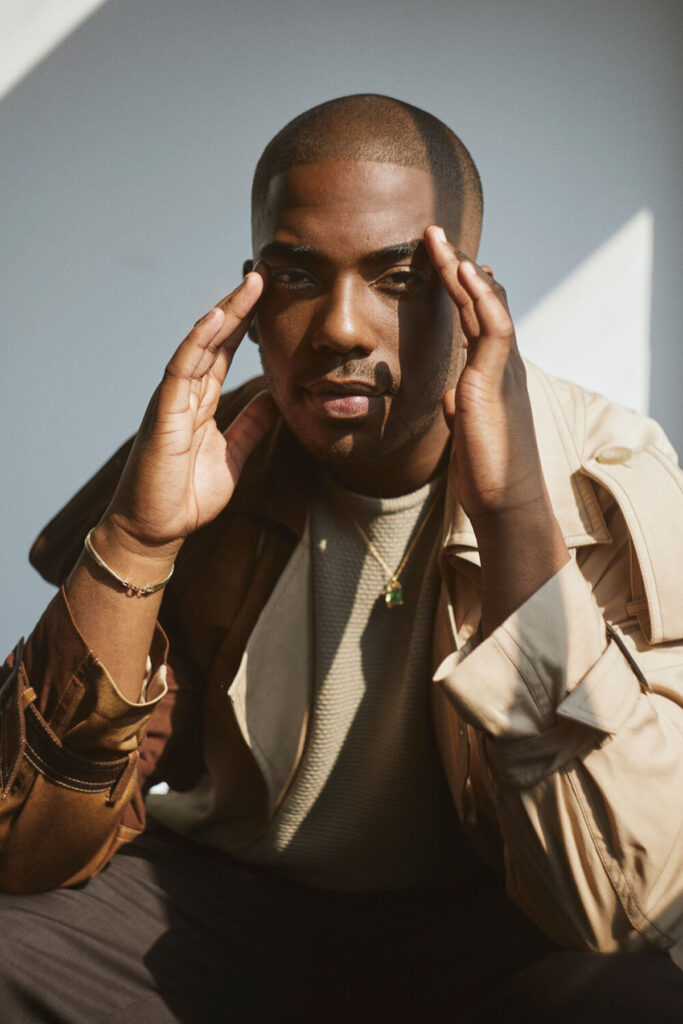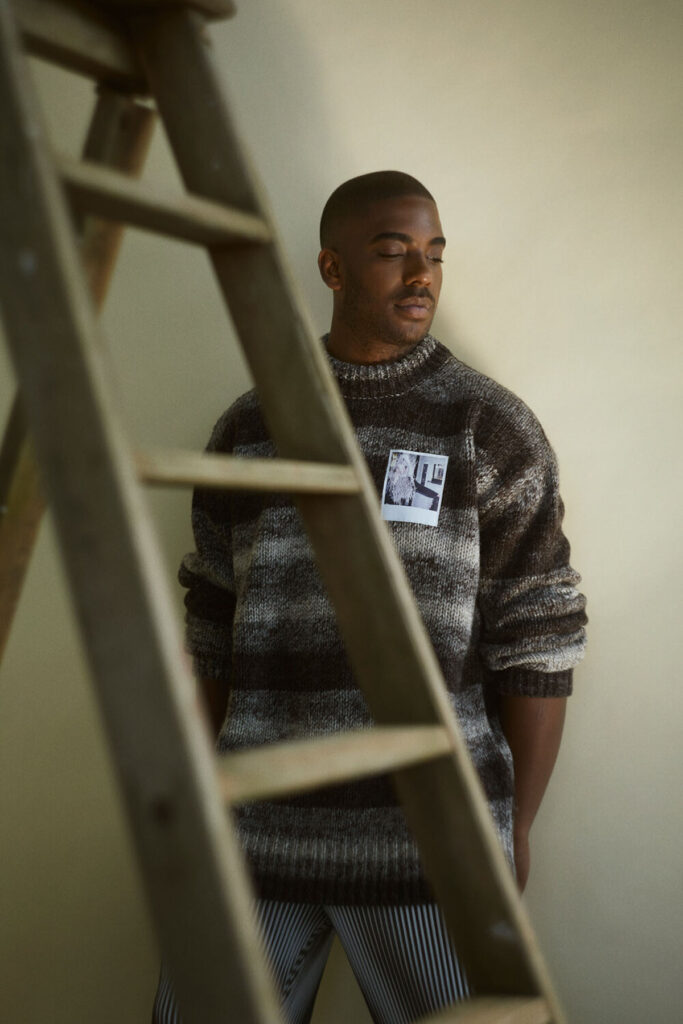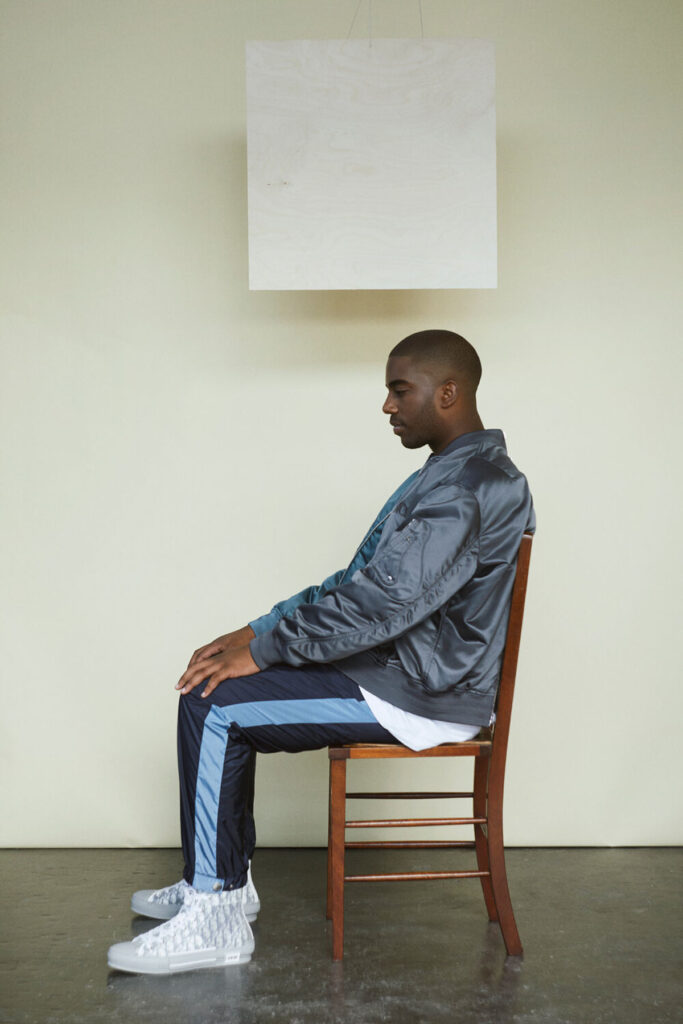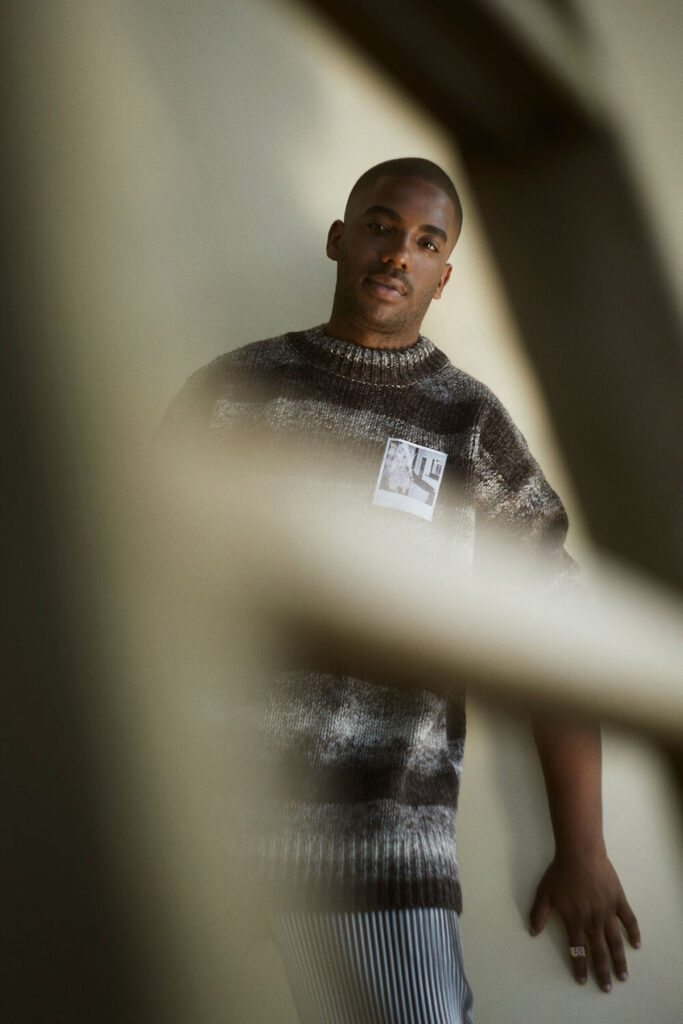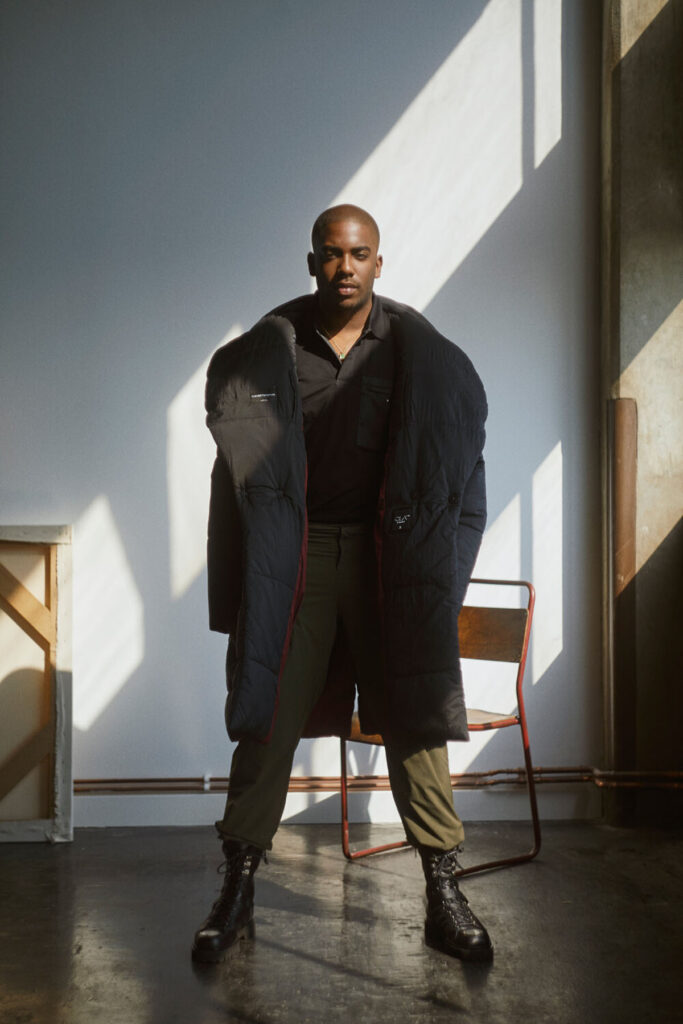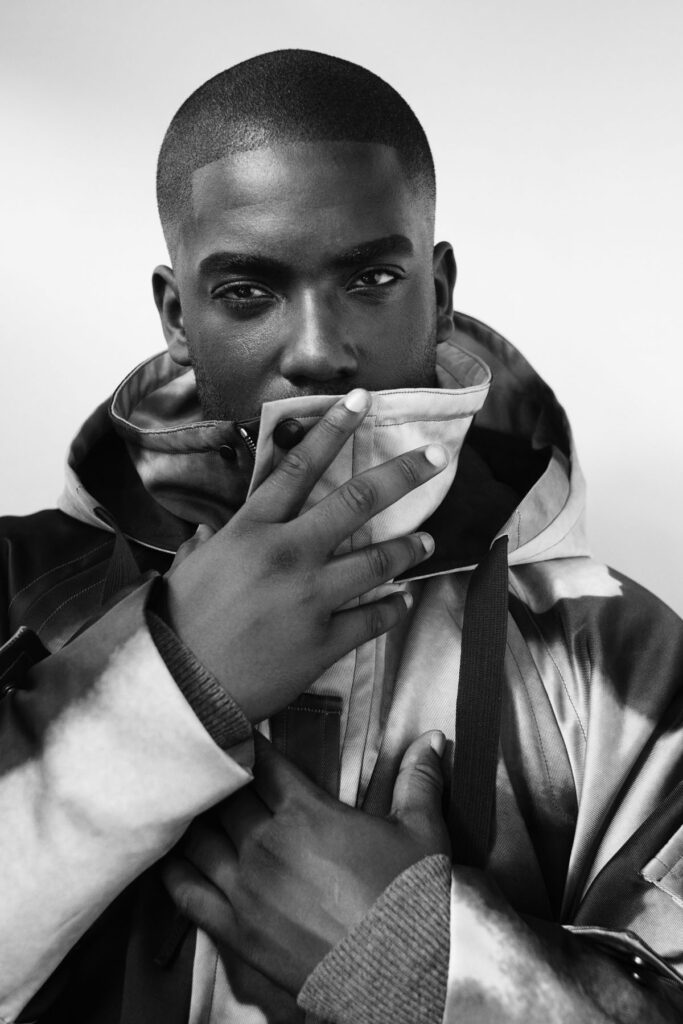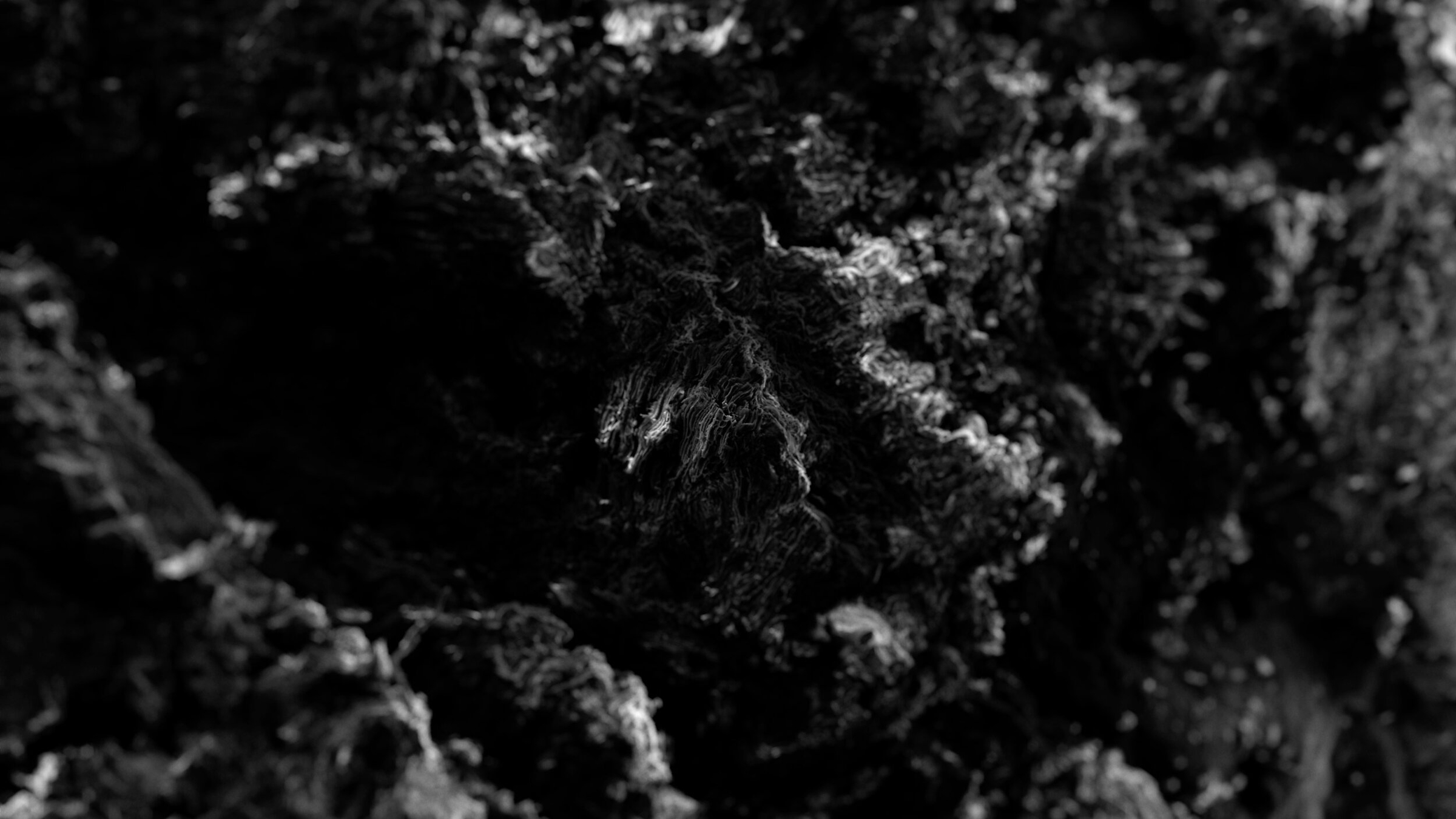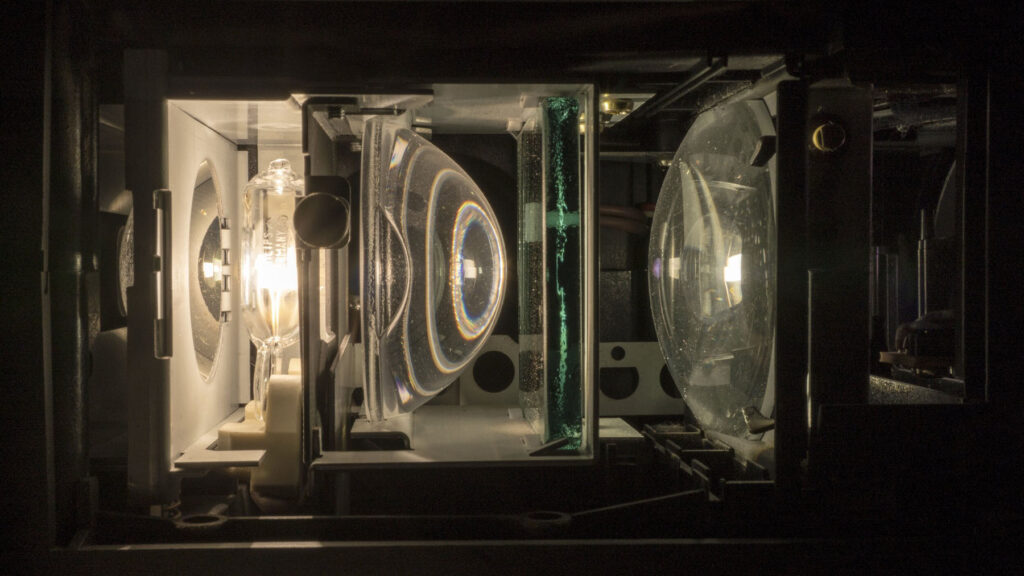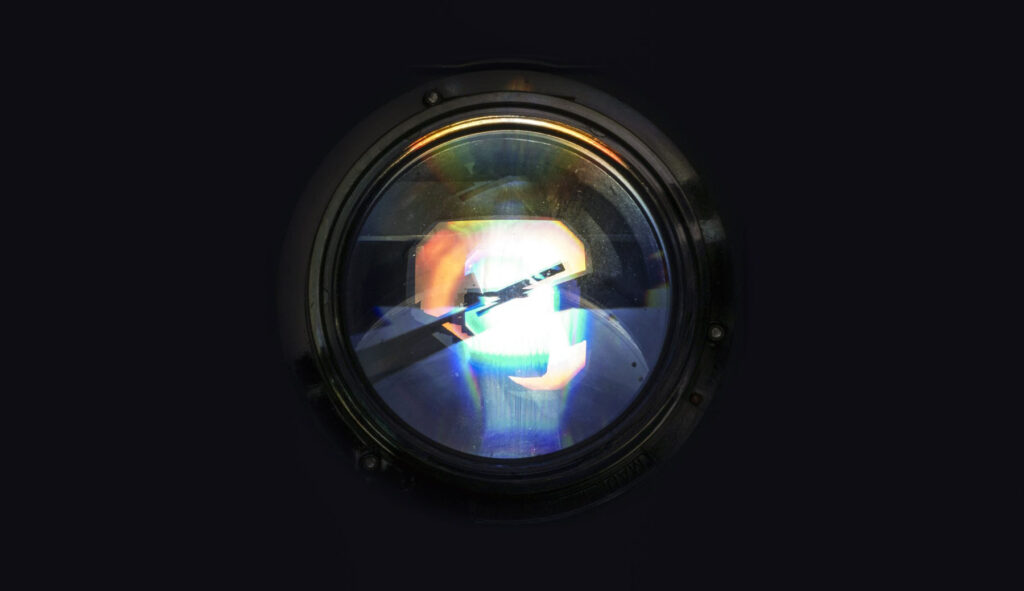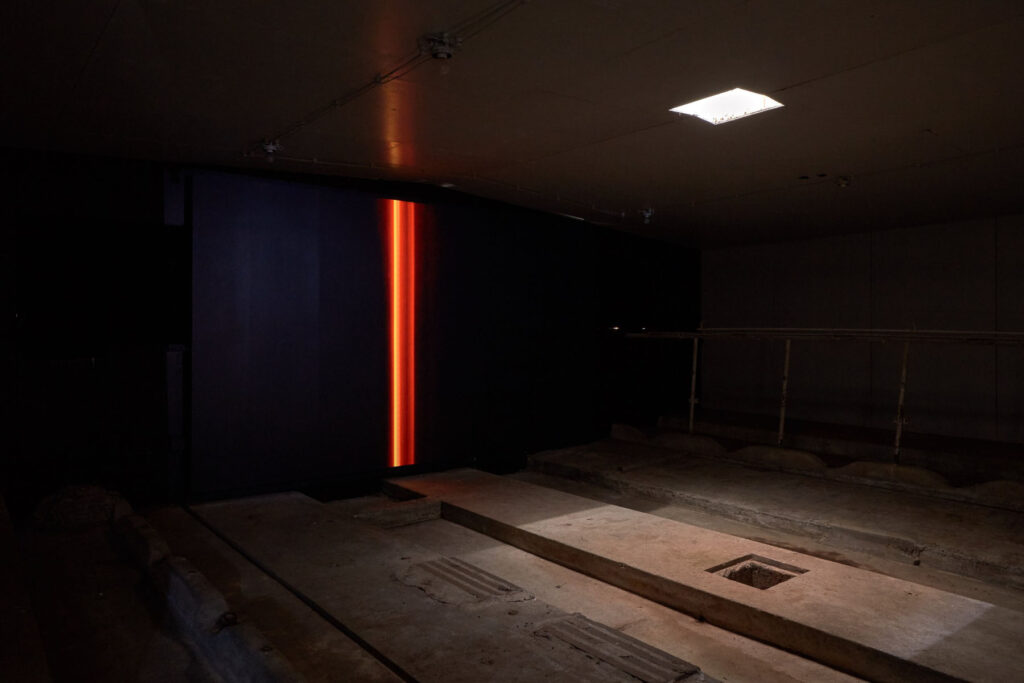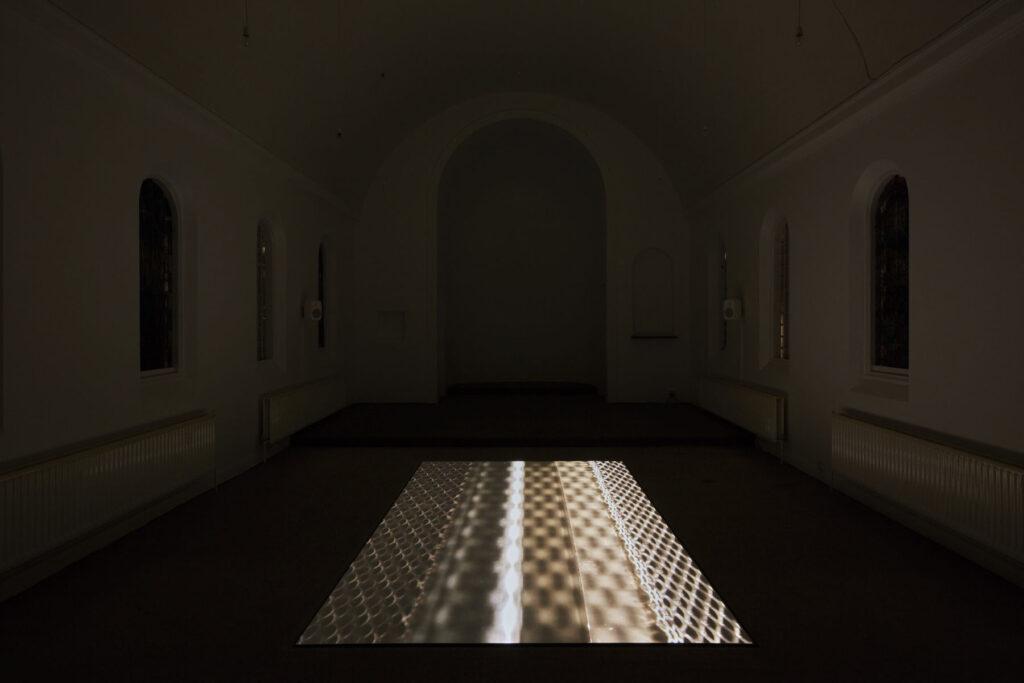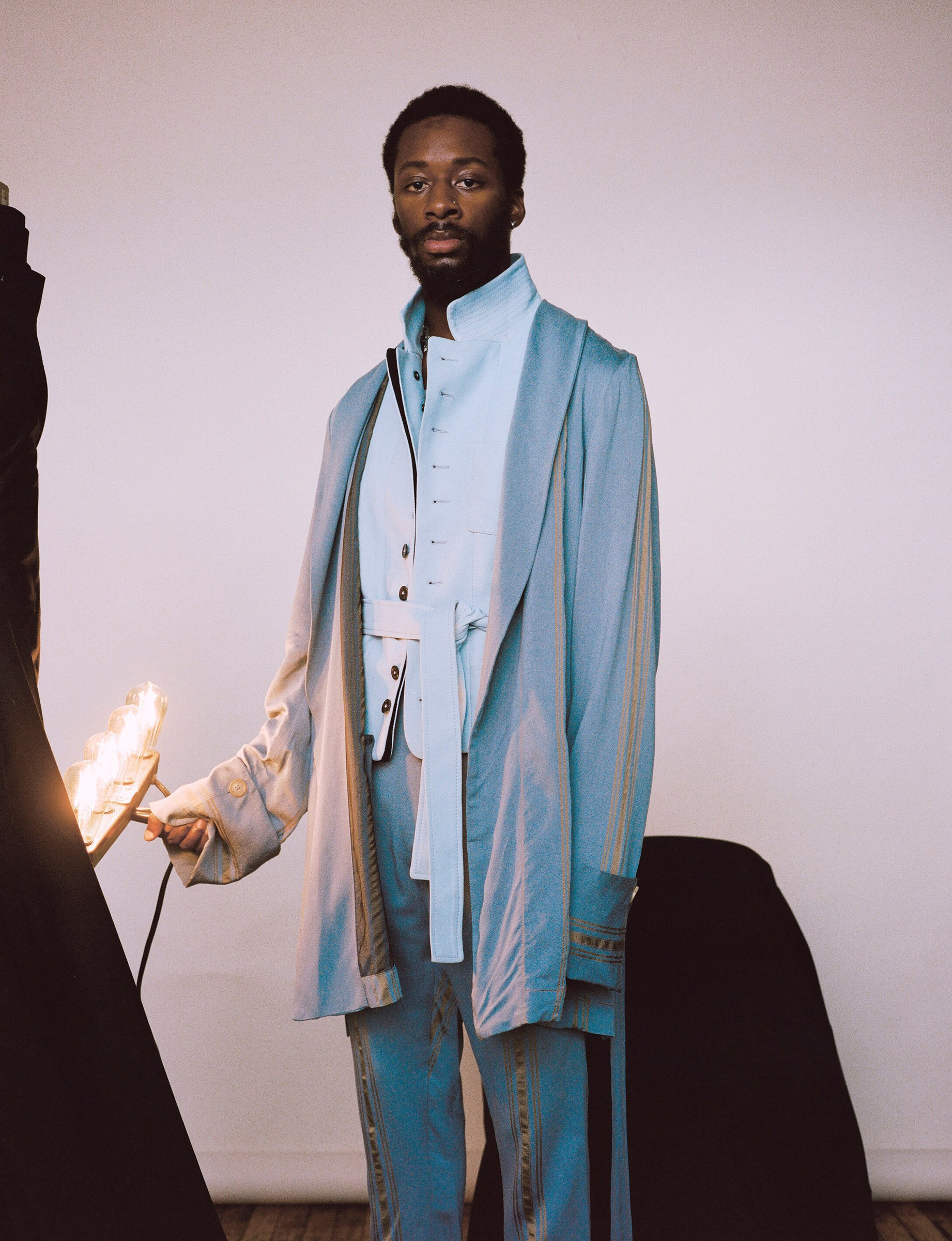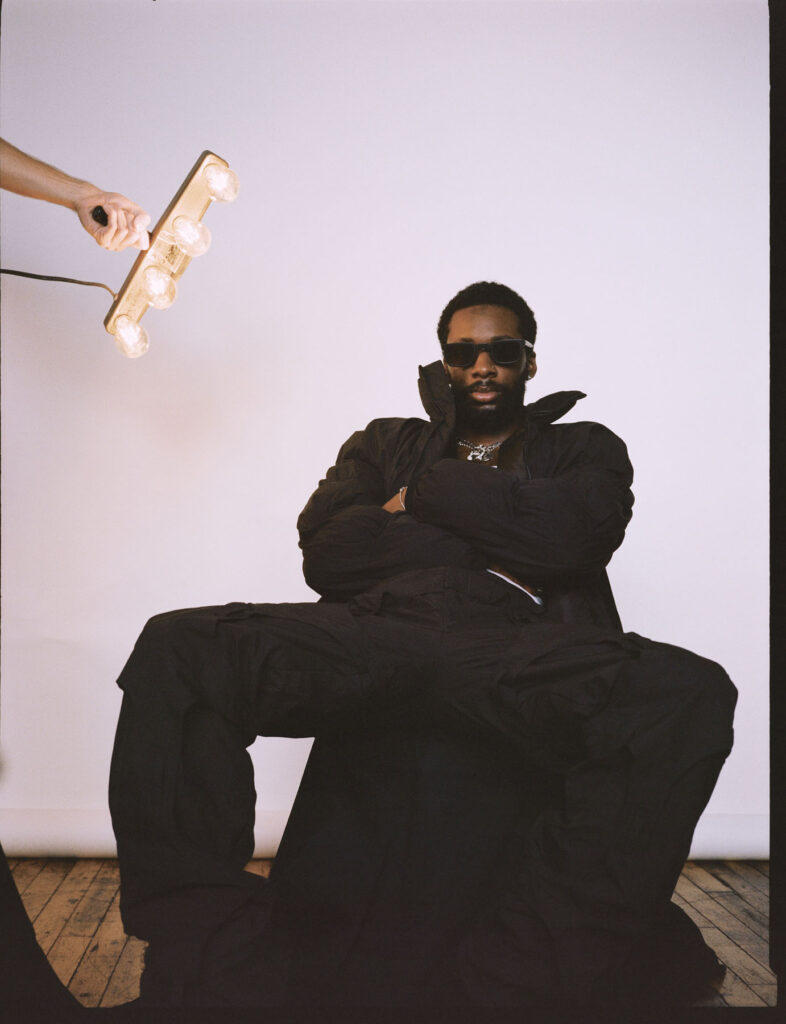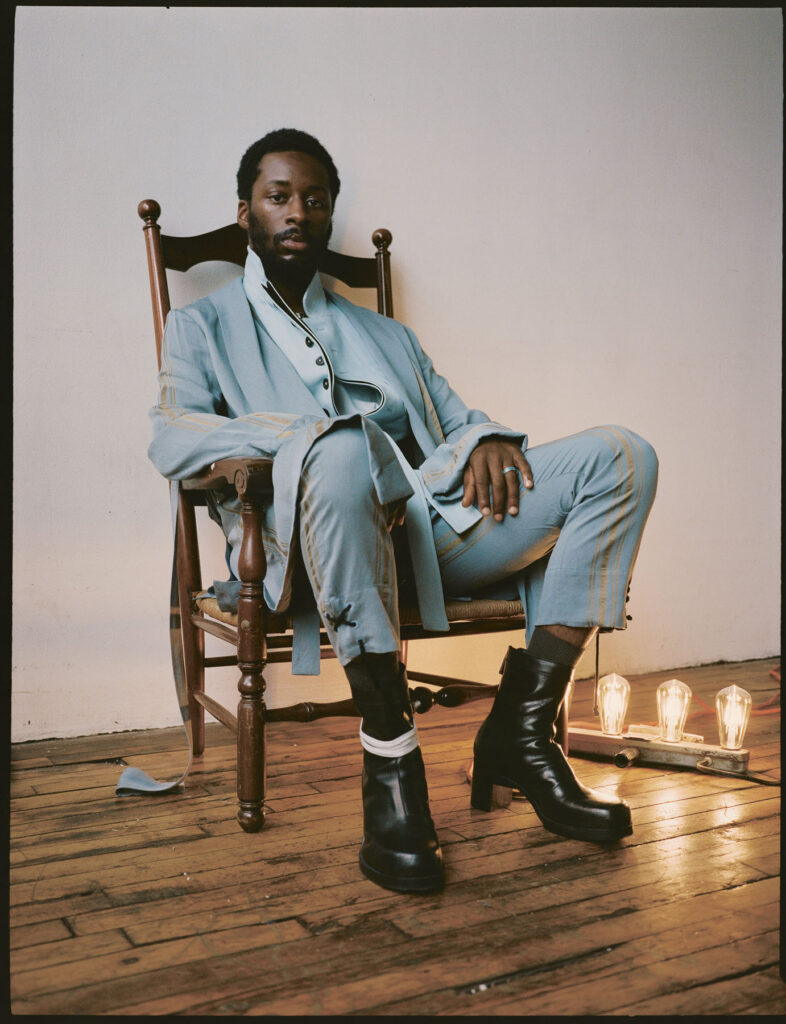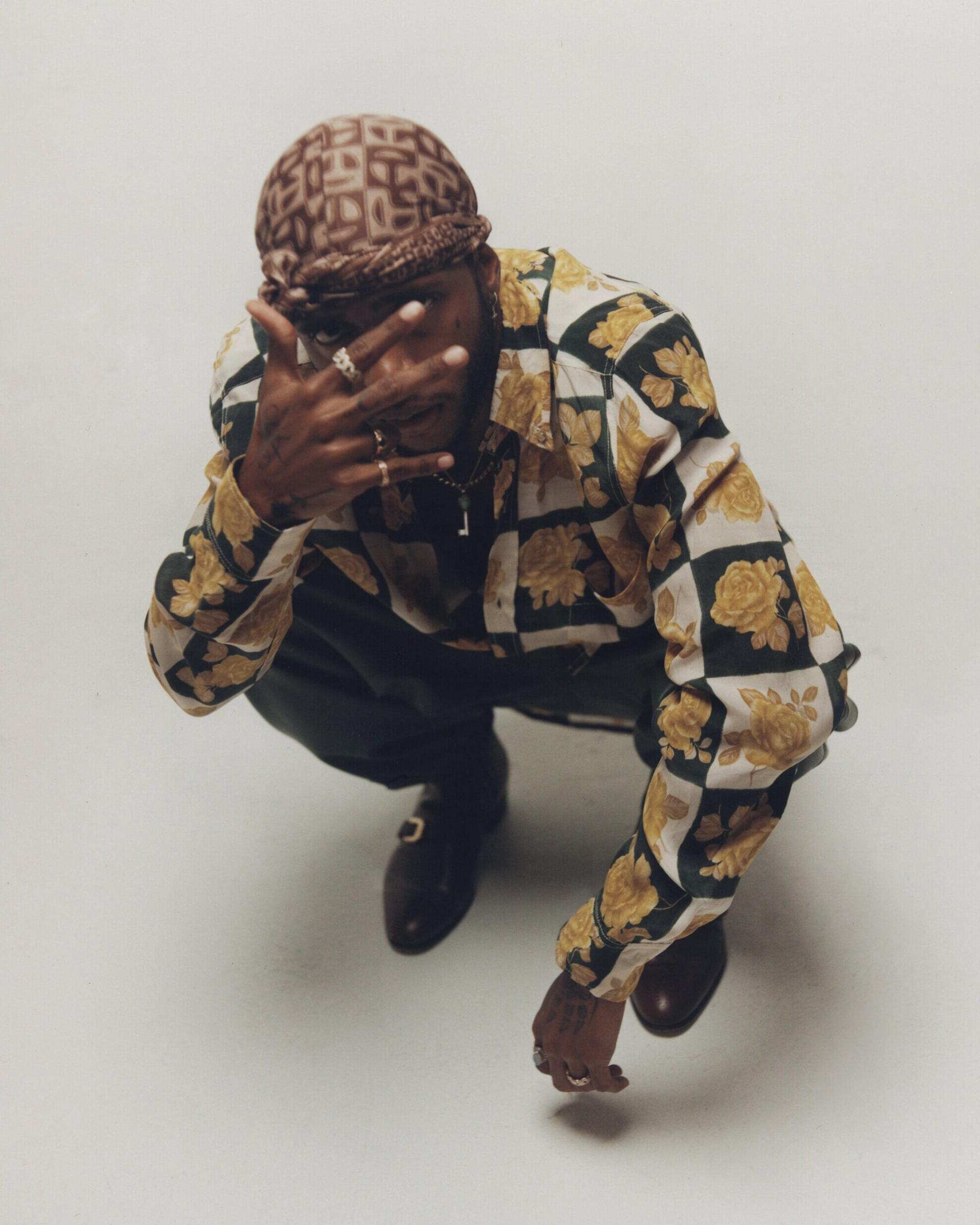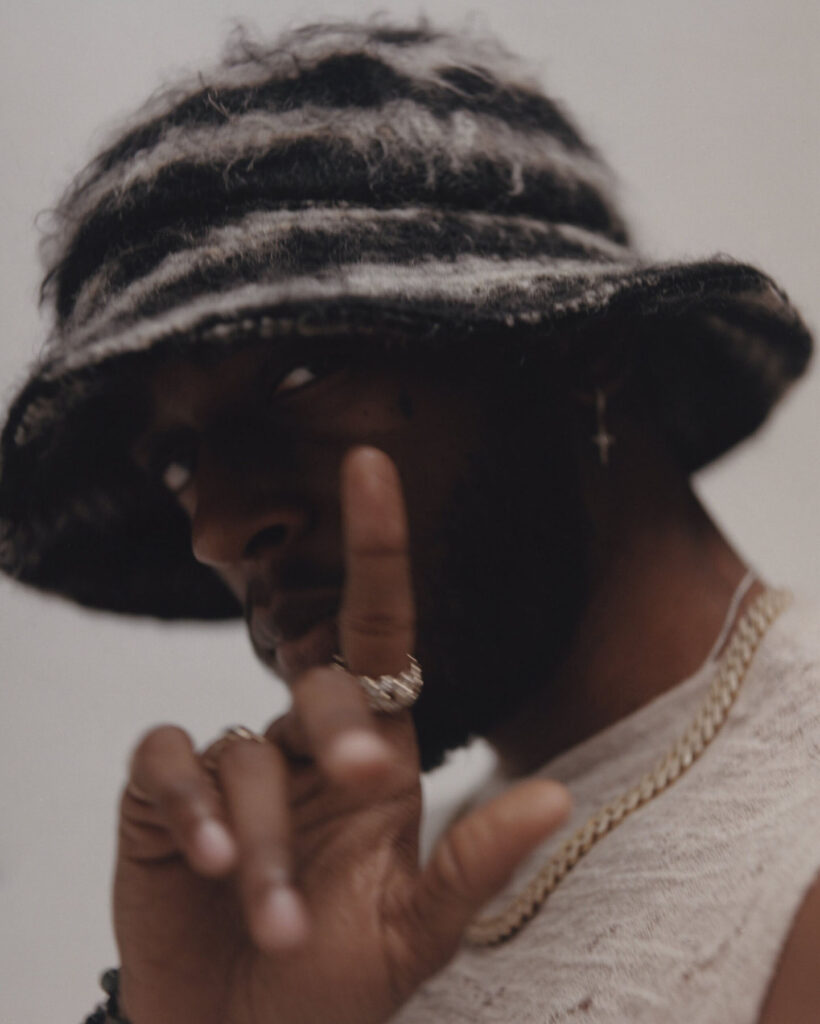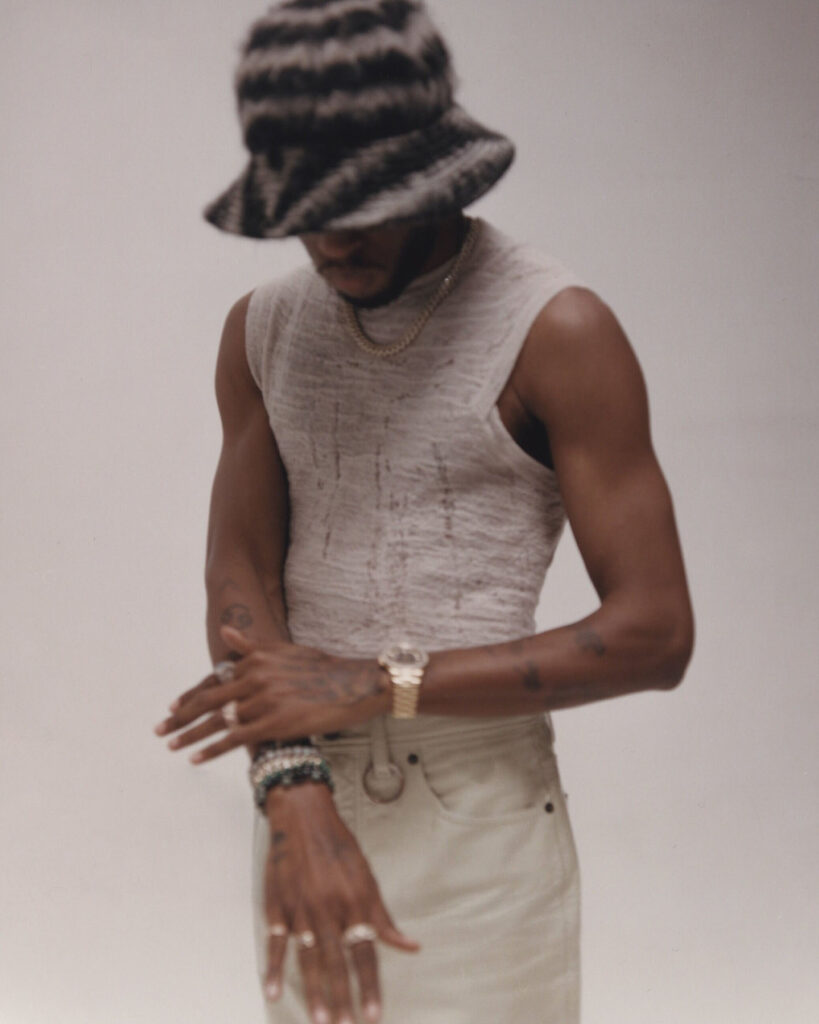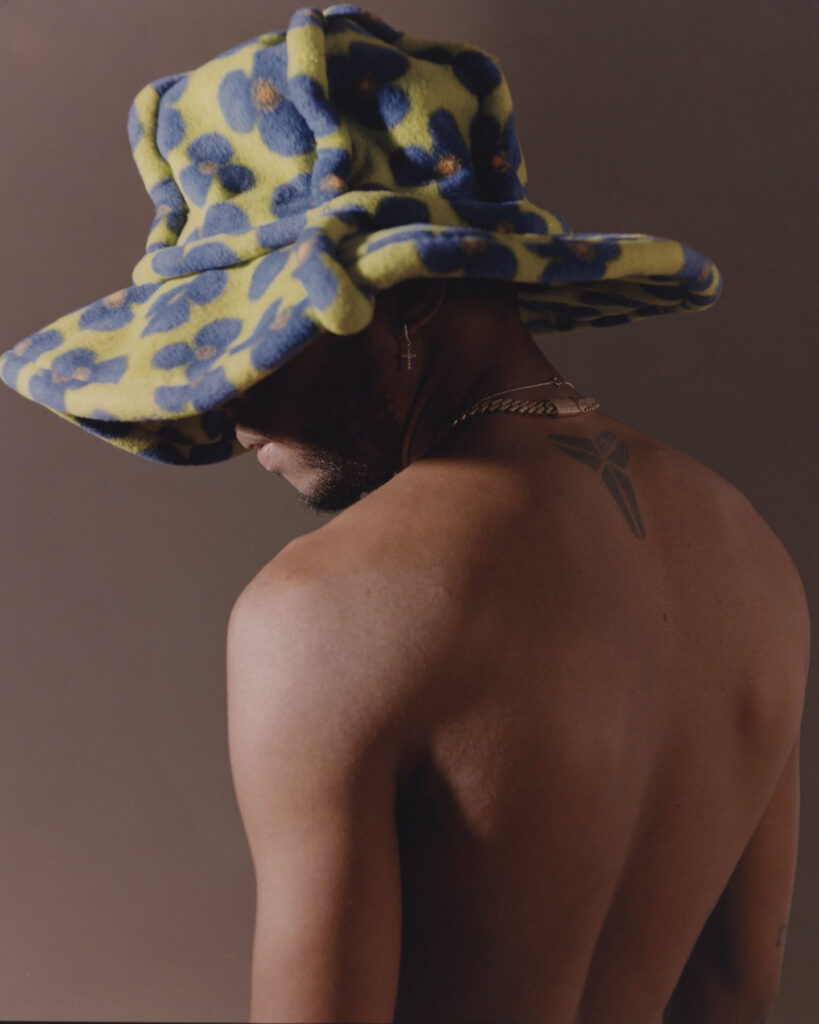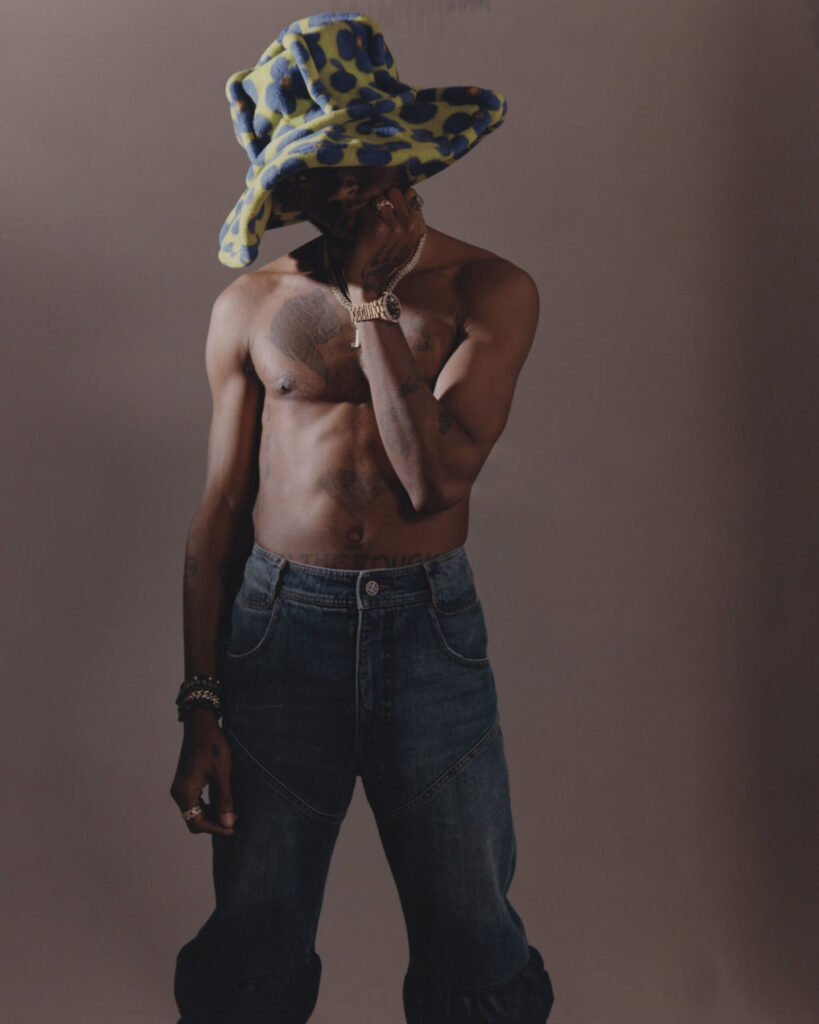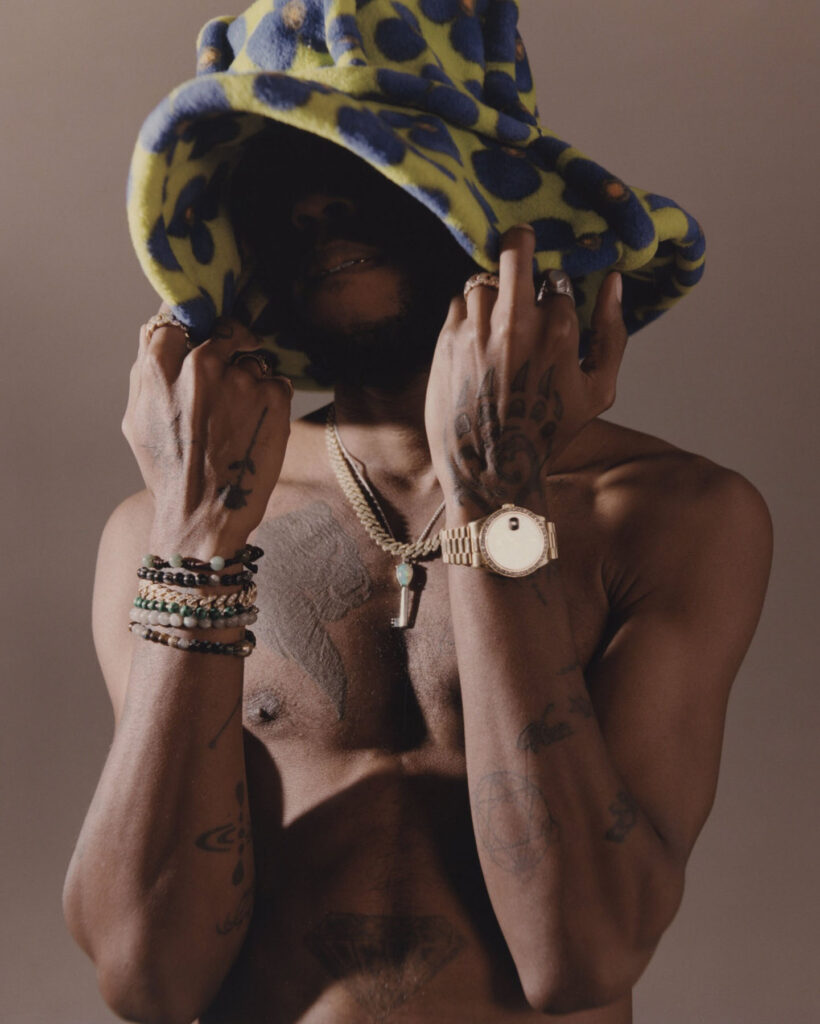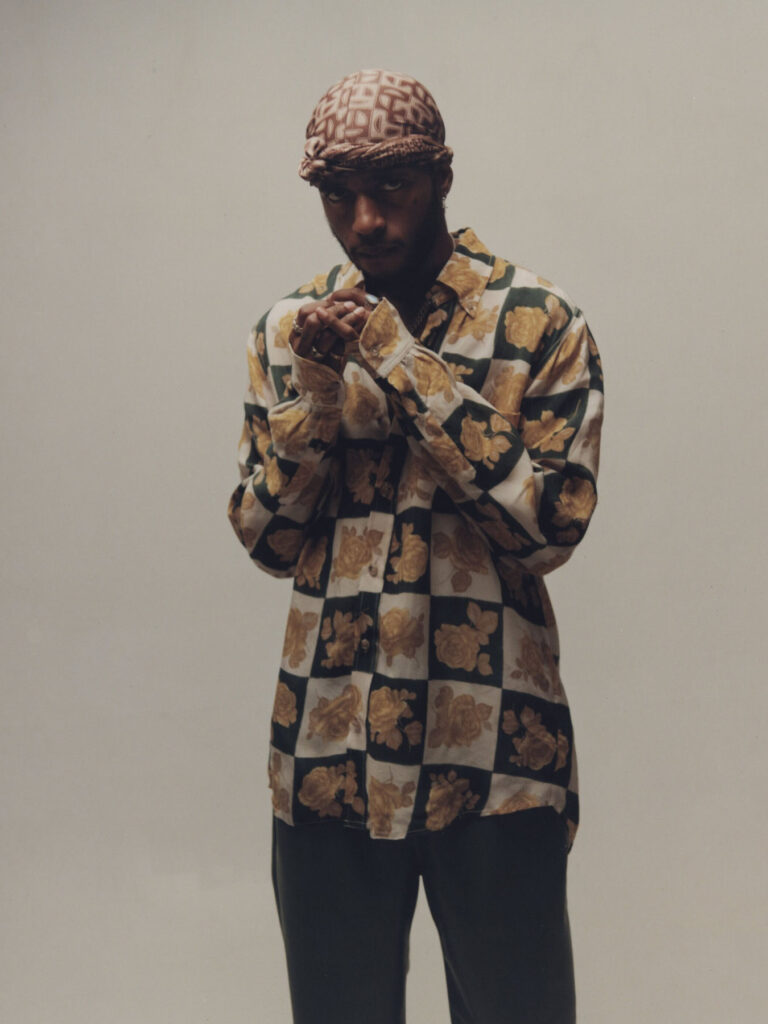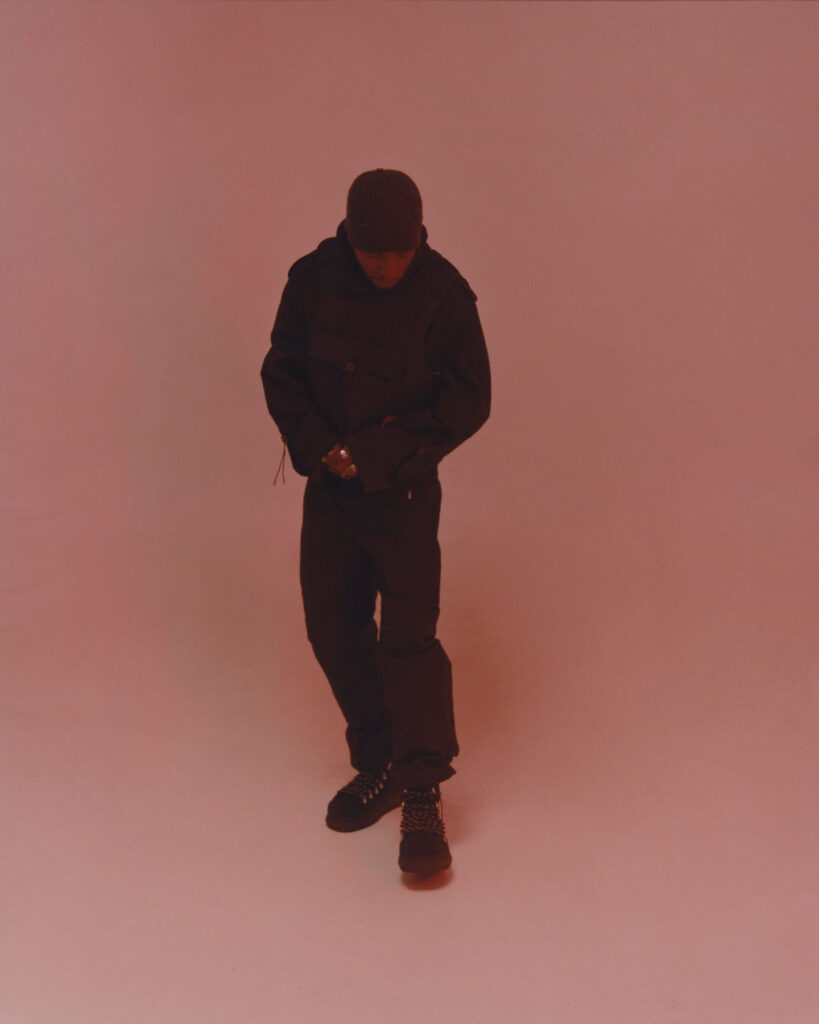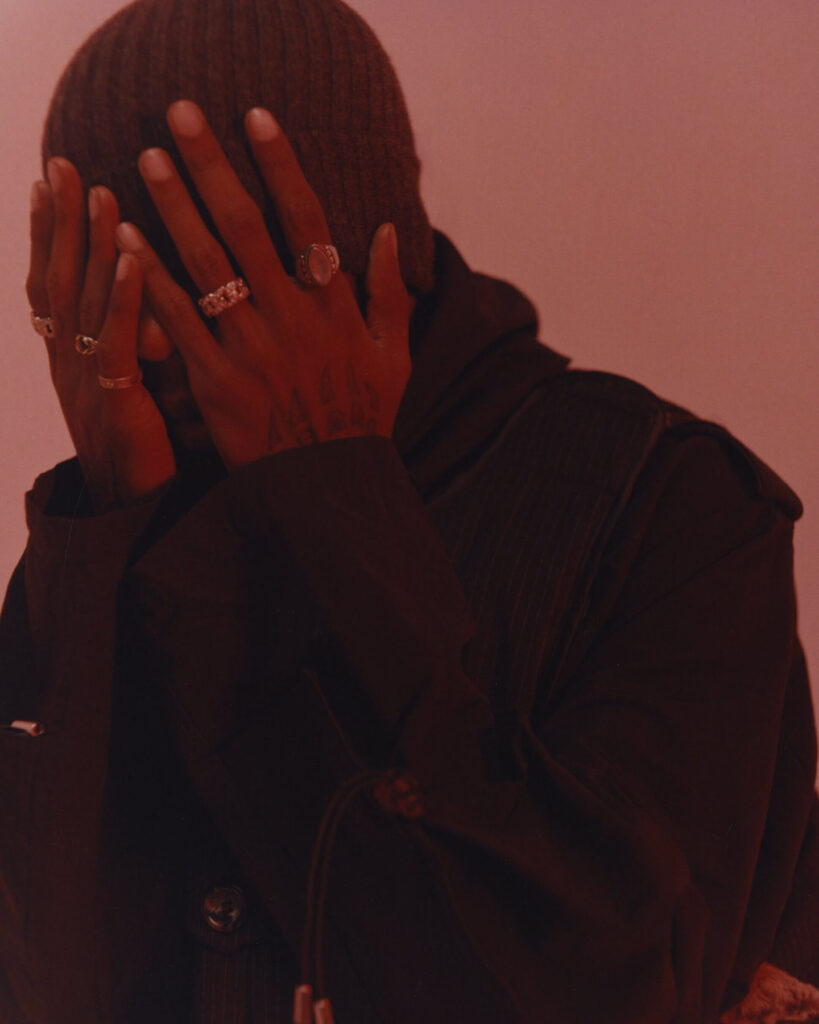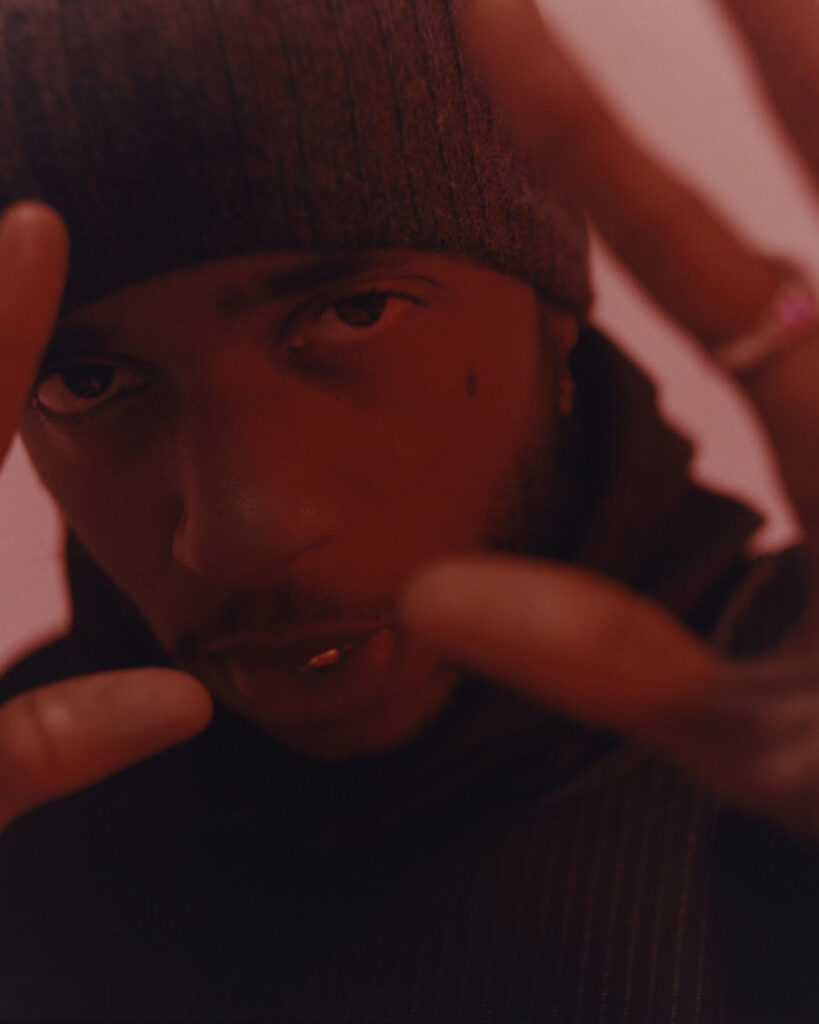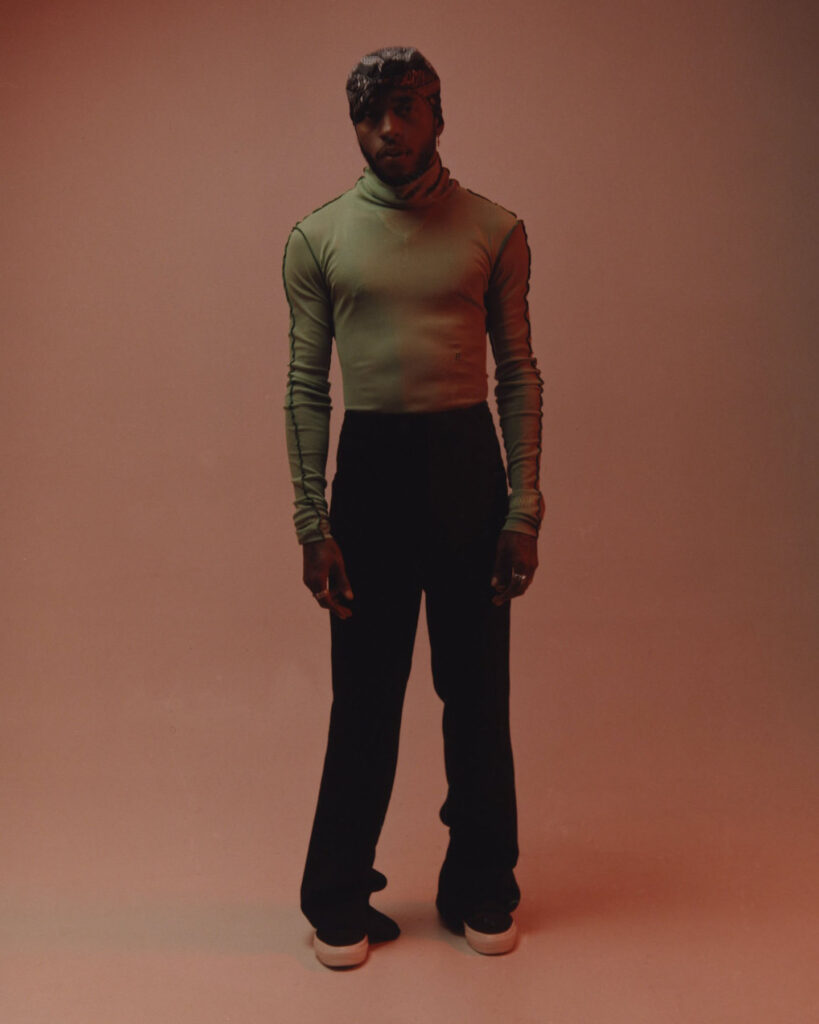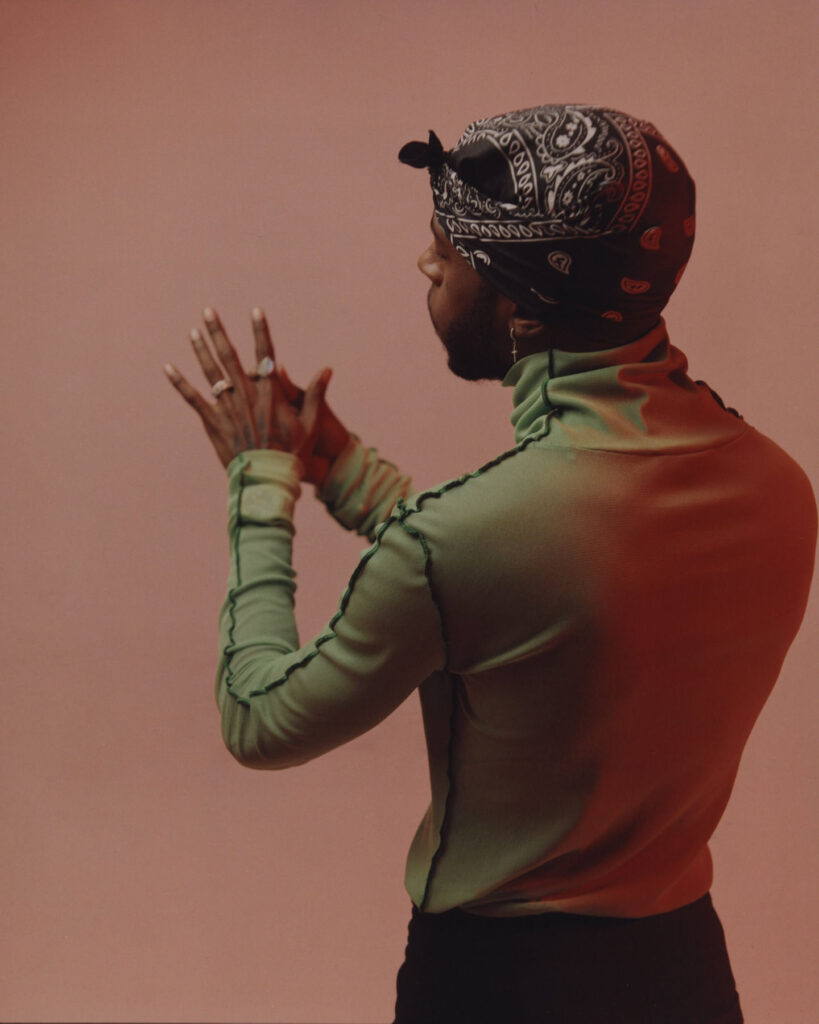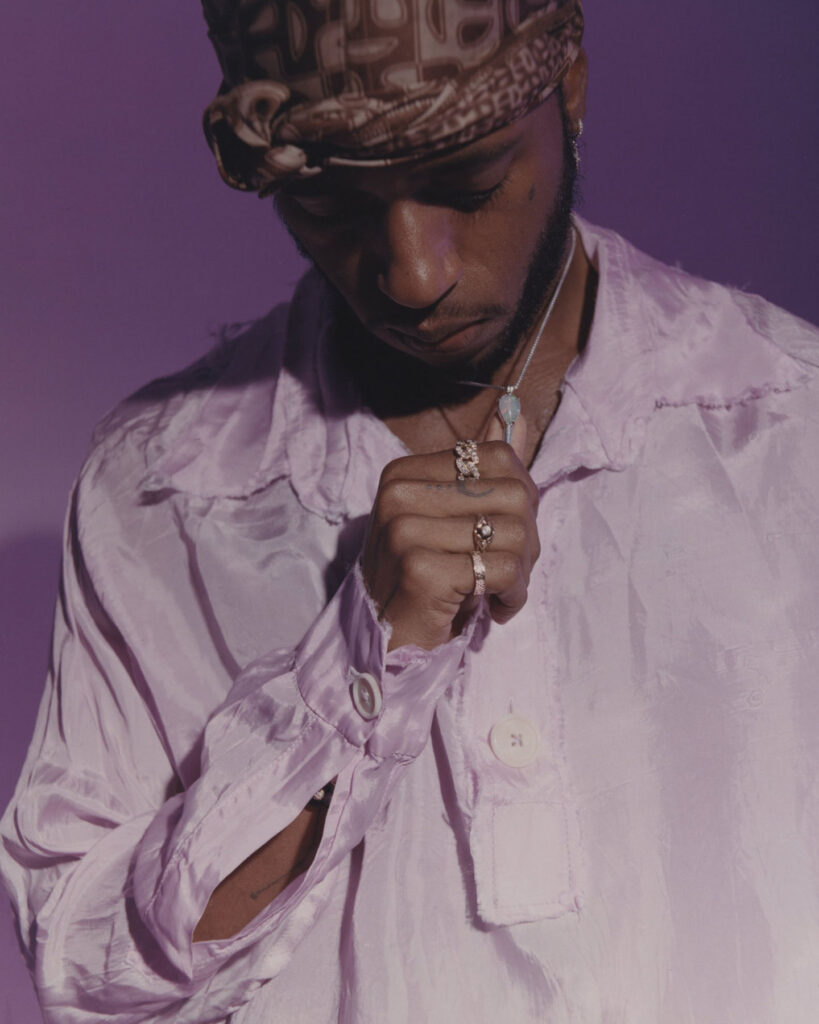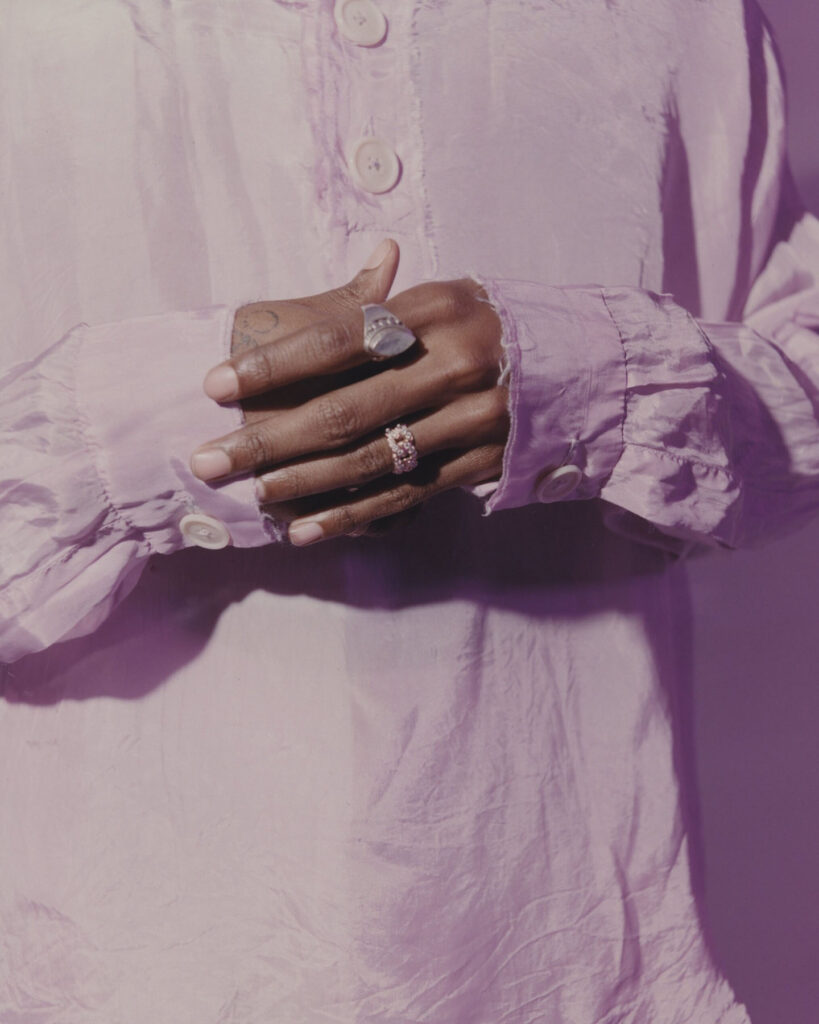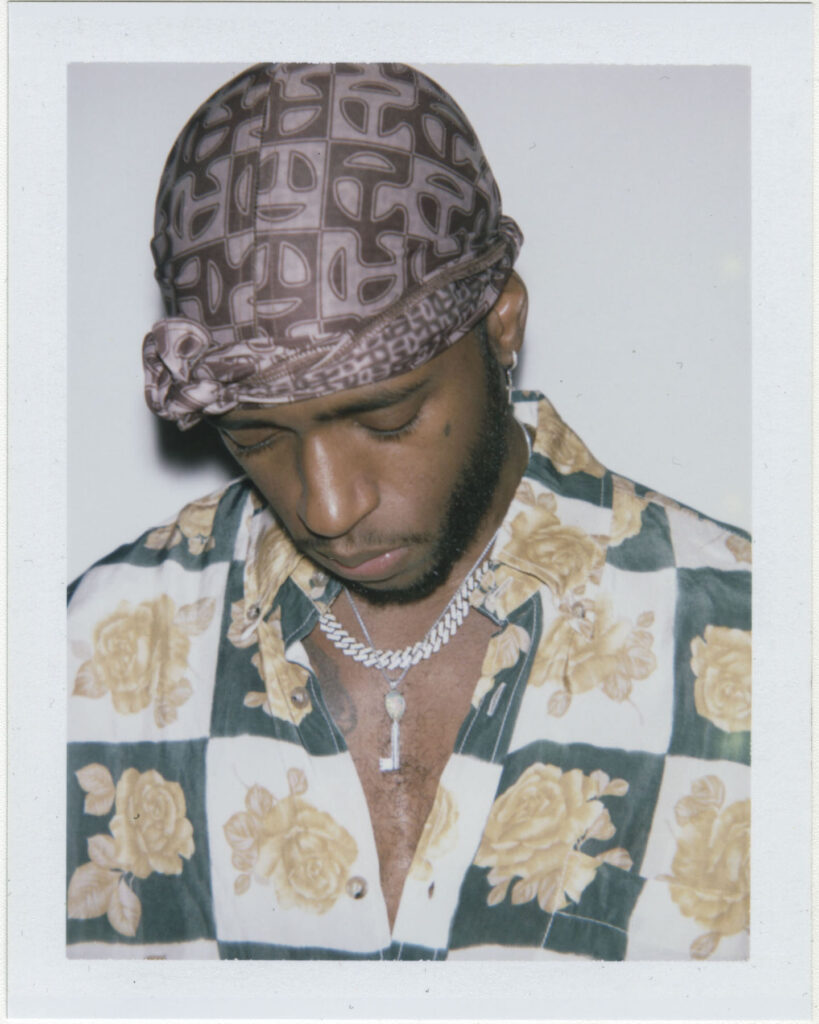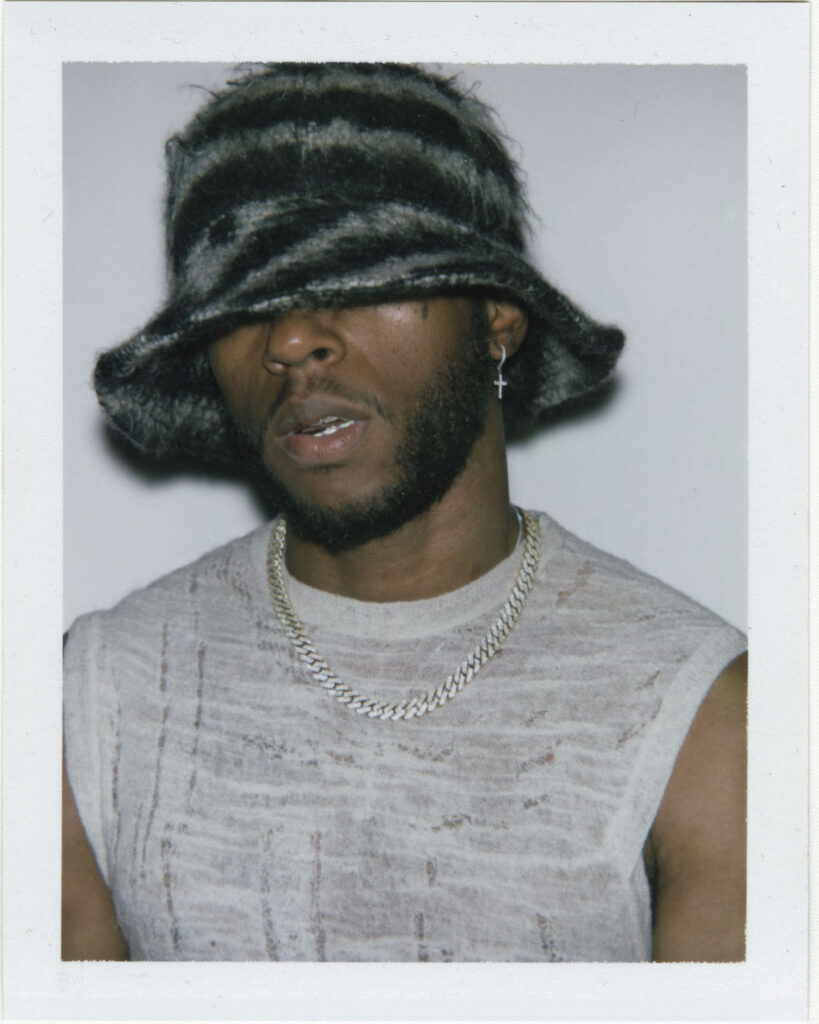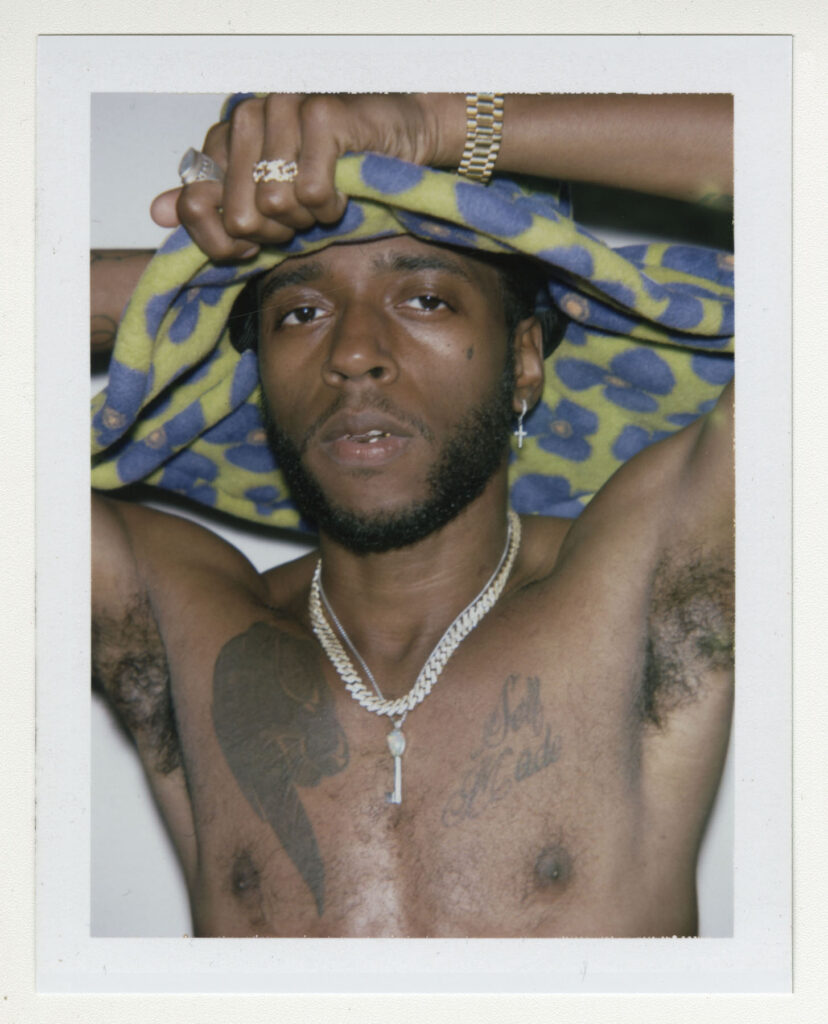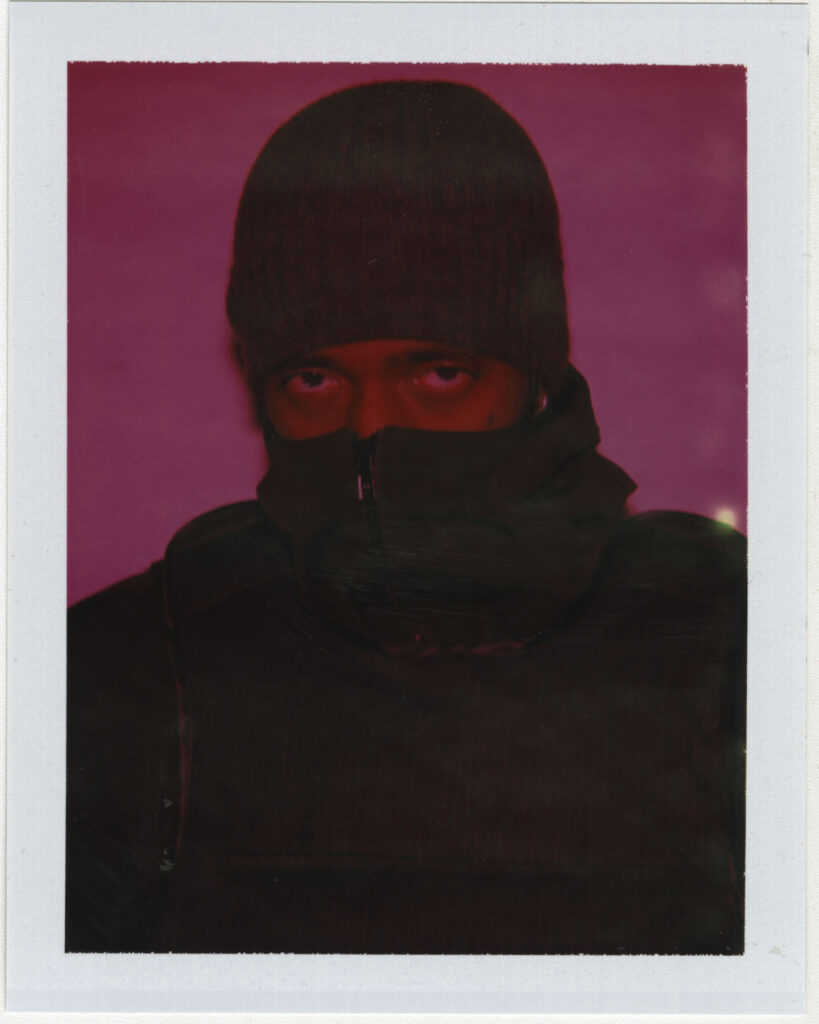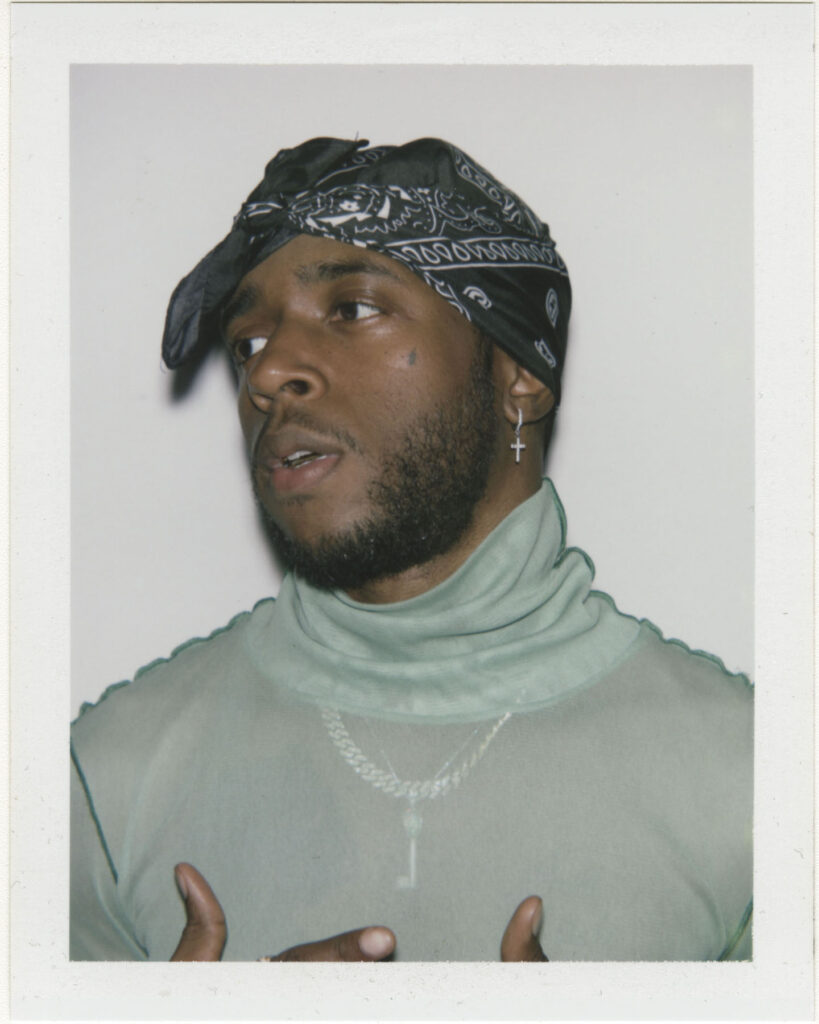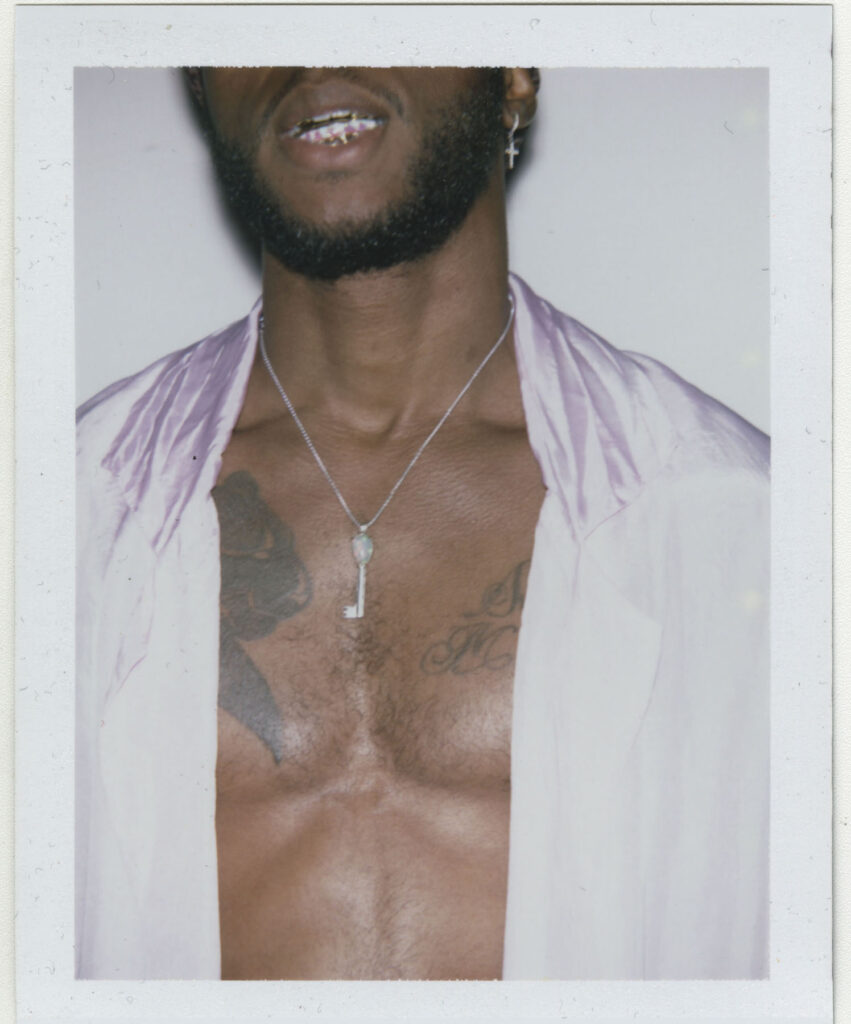You use the word narrative, do you consider yourself a storyteller?
No, I think I’m always trying to hide the story.
In what way?
I like it when a narrative becomes more of an undercurrent.
You mean it’s something that you want your viewers to bring out of themselves to fill the piece?
Exactly. It’s always a pleasure when that happens. Perhaps we could say hyper-narrative.
The creation of a narrative through perception is interesting. You often work with musical composers and sometimes there are inherent narratives present within sound, especially when things are instrumental and there are no lyrics to guide you in terms of emotionality. Where do you find those nuances?
When I’m in the process of doing work, it’s sometimes a very unspoken process because it’s not a specific path that I’m following. It’s almost like wandering around until I feel that I have reached an area of interest. Then I start to make different implementations and play around with it. This process is sometimes like tuning an old radio back and forth until you catch the frequency you like.
Normally I think we assume that the ways of working are like, okay here’s a video and we need to engineer a sound for it, but how is it working in the inverse, like making videos for sound? What is the dialogue that you’re having, not only with yourself, but with the other artists that you’re collaborating with?
It’s a different process with different artists.
Like with Anna Thorvaldsdottir, a composer I worked with on my latest work, Enigma, it’s a very intuitive process. We almost don’t have to speak. I know her quite well and she knows my aesthetic, and vice versa and the outcome is somehow always interesting. We throw ideas back and forth for a while and then they start to take form.
A lot of your work is time-based and in tandem, it seems that the relationships you’re cultivating with your collaborators also work on this scale. Do you feel like the collaborations themselves are also like time-based projects?
In a way, yes. Some of these projects are unique and created in the moment, while others have evolved further and manifested themselves into longer partnerships. But it can be said that the works themselves take care of how they develop, whether they grow or not. If that happens, it’s always a pleasure.
Right and inherently there is a level of intuition that comes with relationships that allows for a deeper level of empathy and perceptiveness that becomes activated through collaboration. What do you think is the connection between creativity and intuition and to what extent are both tools for society?
I think the process of all artists is a combination of intuition and knowledge and it is important to trust it and follow it.
When I look at a piece, the experience engendered seems quite universal and that’s a rare thing because it signifies that you as the artist, have been able to trigger someone’s emotional response without knowing anything about their experiences or their personal narrative. It’s like the work is looking outwards somehow and sees us individually, is this your intent?
Thank you. Those are big words. My answer is maybe.
How do you know when a work is completed per se? Is it because you feel a certain way after you look at it or how do you know?
You never know. It’s usually defined by the moment when the piece goes away, you have to stop at one point. I like when the piece gains its own life somehow and starts to grow inside a space; when it becomes possible to play with the video in a performative way where its surroundings activate the video somehow and the reading of the work becomes completely different due to its placement.
Locations are so interesting for you. You’ve done exhibitions in a morgue and church and when you take your pieces out of these settings and into a museum for instance, how do you think that changes the piece? Is its intent or means of communication ever impacted in a negative way?
I am very inspired by the space I work in each time. So very often the environment influences my work.
Fuser was deeply influenced by the old chapel in Hafnarfjörður which I found when I worked a project for ASÍ Art Museum in Iceland and later the work was also screened in an old barn in a farm in the North of Iceland. Even though it was created in a chapel it works well within a gallery, so that’s not to say that even if a work can be created and inspired from a house or a raw space, there’s always a new layer that is added to it when it enters a gallery or even a museum.
Do you think you lose anything though when you take it into the museum space or a space other than what you created a piece in?
It can happen, but at the same time the focus on the work can become clearer, which sometimes makes it better.
Do you think a work should always be malleable? You’re actively having to change a piece that you thought was “complete” so is that exciting for you as an artist to have to rethink something that you thought was finished?
No, I don’t really change pieces after they ́ve been performed unless it ́s another score that I write for it. It can be interesting to reflect on an exhibition in two different locations and reshape it.
Do you consider your work to be accessible? Is this something that is important to you?
It’s hard for me to say. I’m rather in search of nuance or something that clicks rather than thinking too much about what happens when the work is ready. I guess it would be risky to think too much about how people receive the work. For me, it’s about taking on the journey of creating the piece and challenging myself in the process. It has to be risky somehow otherwise it would be boring. You have to take a risk and make the most of the ride, the rest is up to the receiver.
We think that people exist outside of their work as if it could be separated, but for you, do you think your work is a reflection of your inner psyche?
I guess it’s influenced by what I see and explore and what I choose to show to others and in that way, it’s very much so related to who I am. Some videos I create from images that I have imagined or an idea that comes from within but in other cases, I choose to show to others what has caught my attention. I guess art can have its own soul or psyche as well. It becomes its own character. My work is fuelled by my inner psyche without me being able to explain that further or analyze it. I’m not aware of how. Too much analyzation can kill the work, there has to be some mystique and some danger or risk you take along the way.
How does your work make you feel? How has it changed who you are?
I ́ve never thought about that. It’s more about expressing an idea in my mind and finding the right form for it. I tend to be thinking and focusing on the next project rather than dwelling on the ones that have already been produced.
The names of your pieces are rather poetic. Ranging from the idea of a veil, connection, even a deathbed, are your titles meant to guide the viewer?
For me, the title is always a kind of trigger that possibly poetically expands the work.
